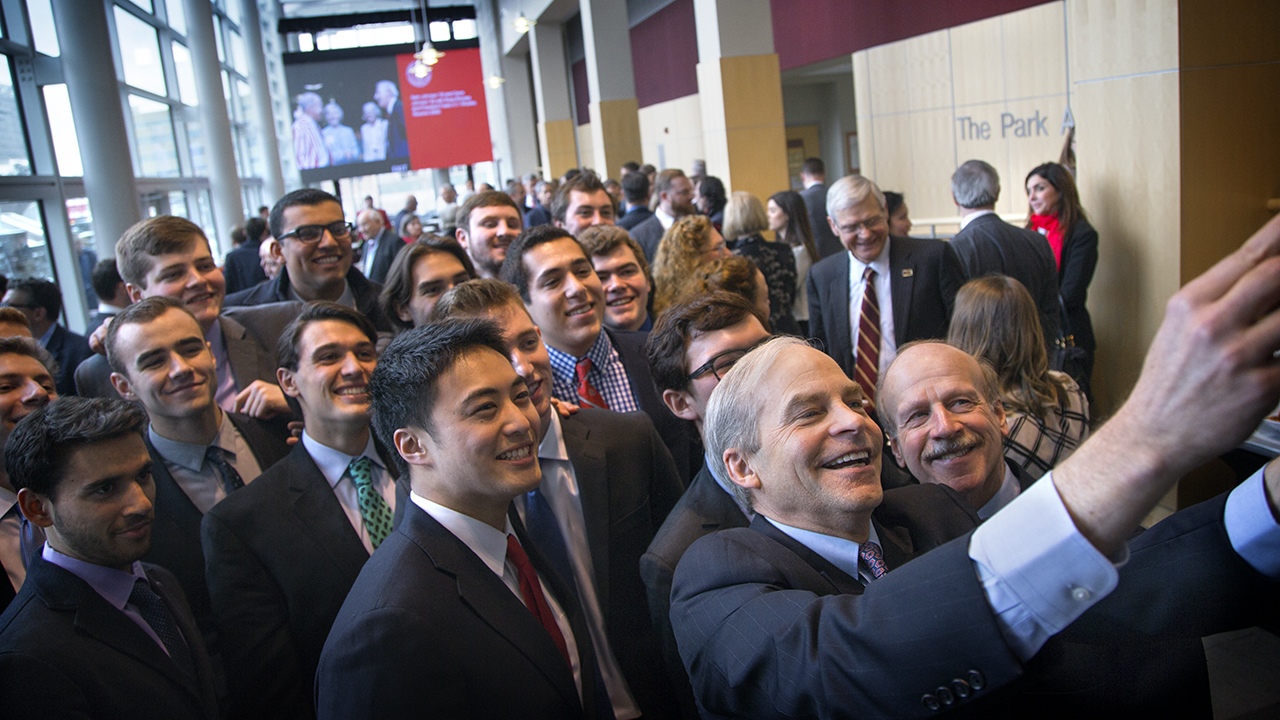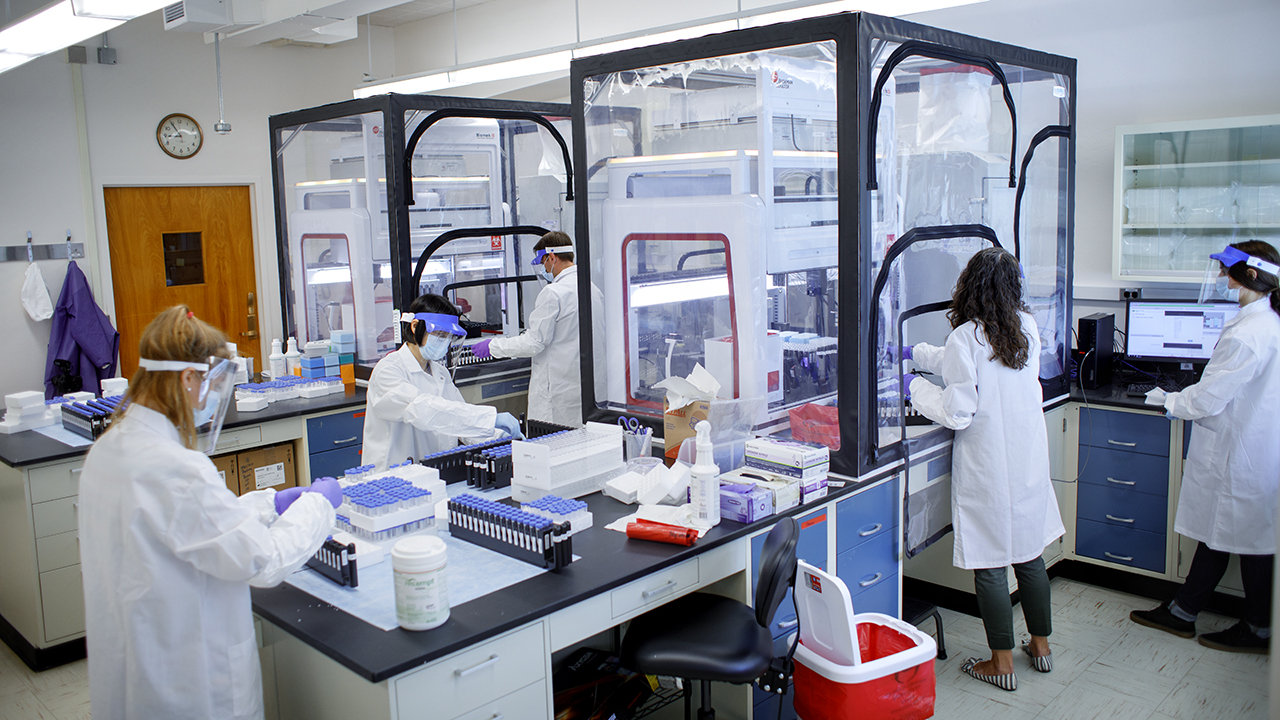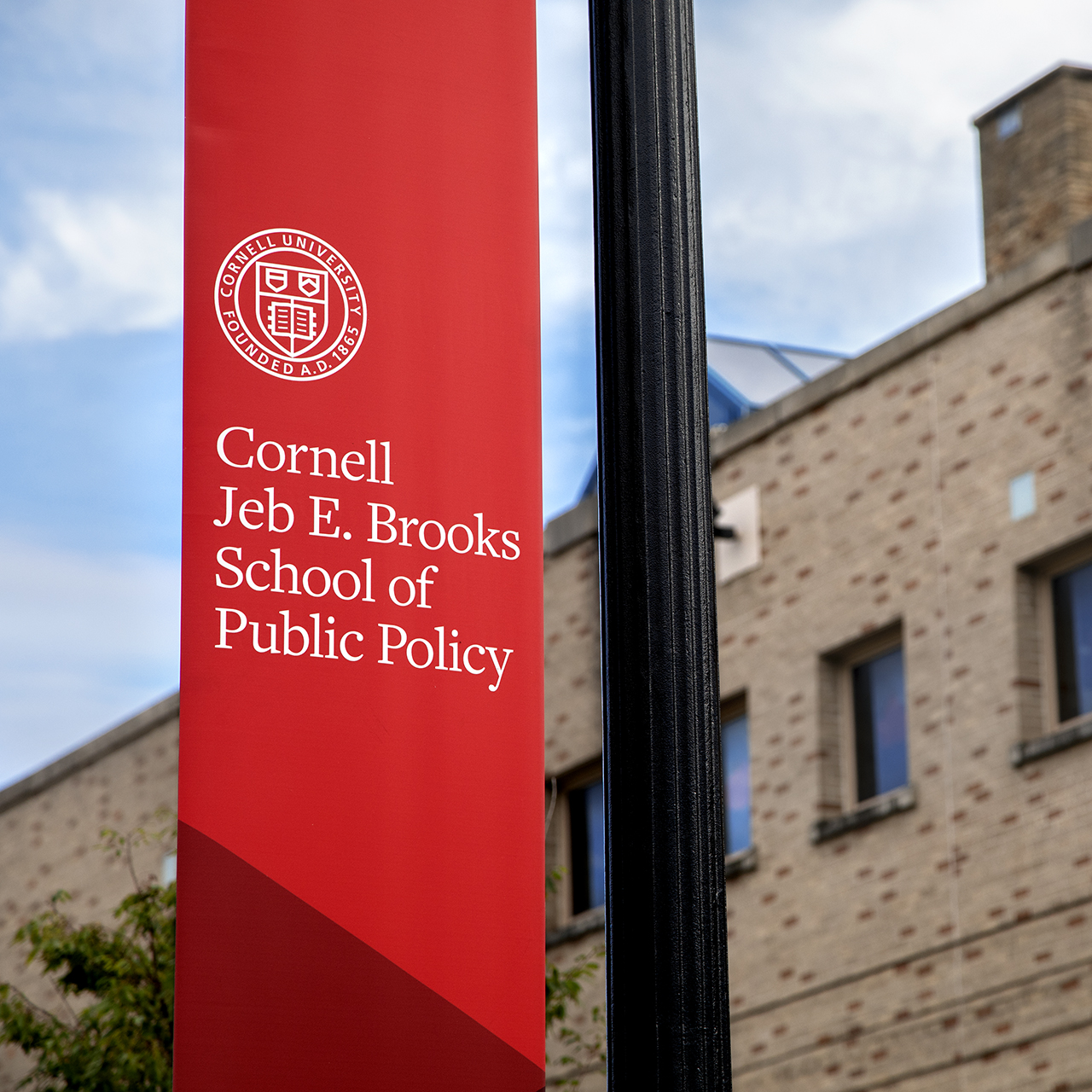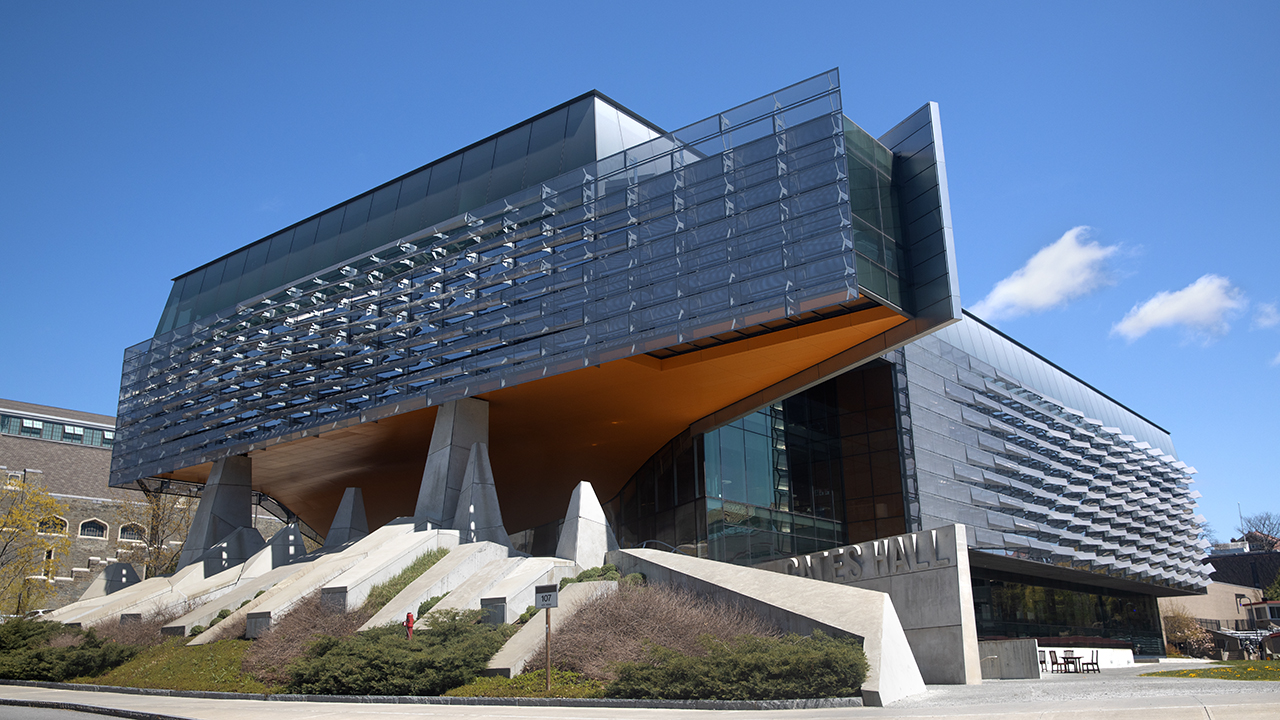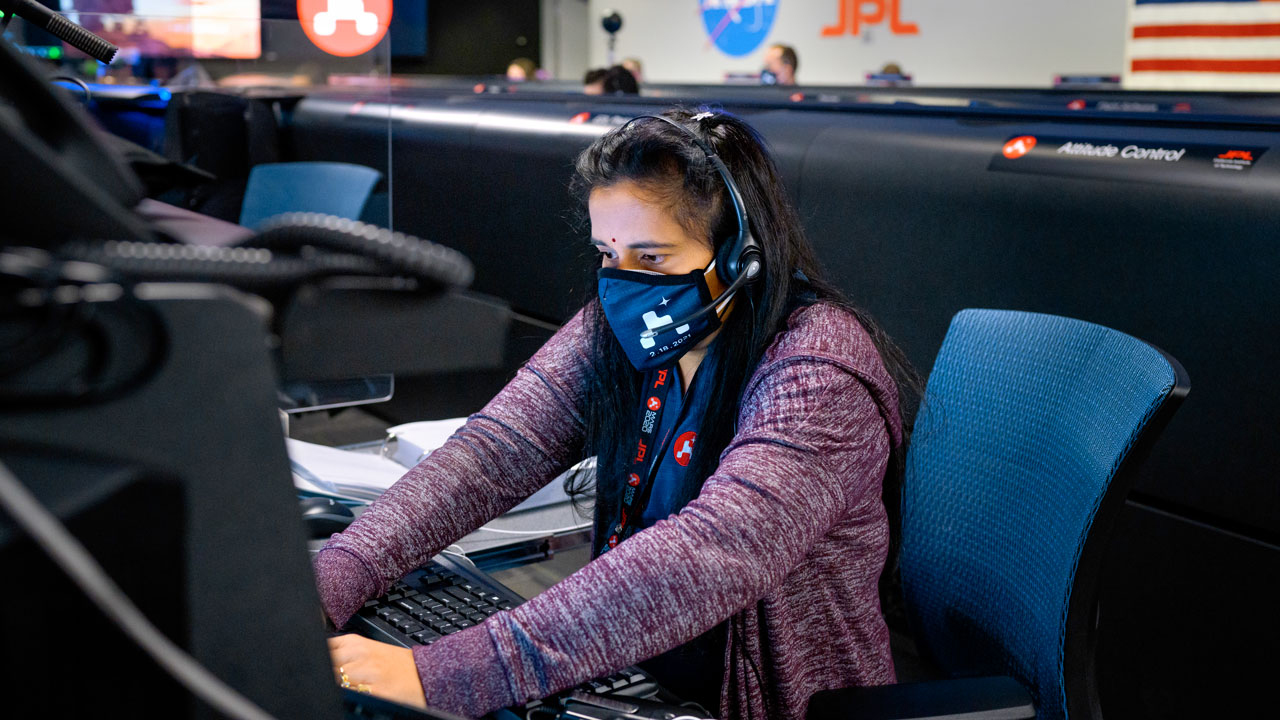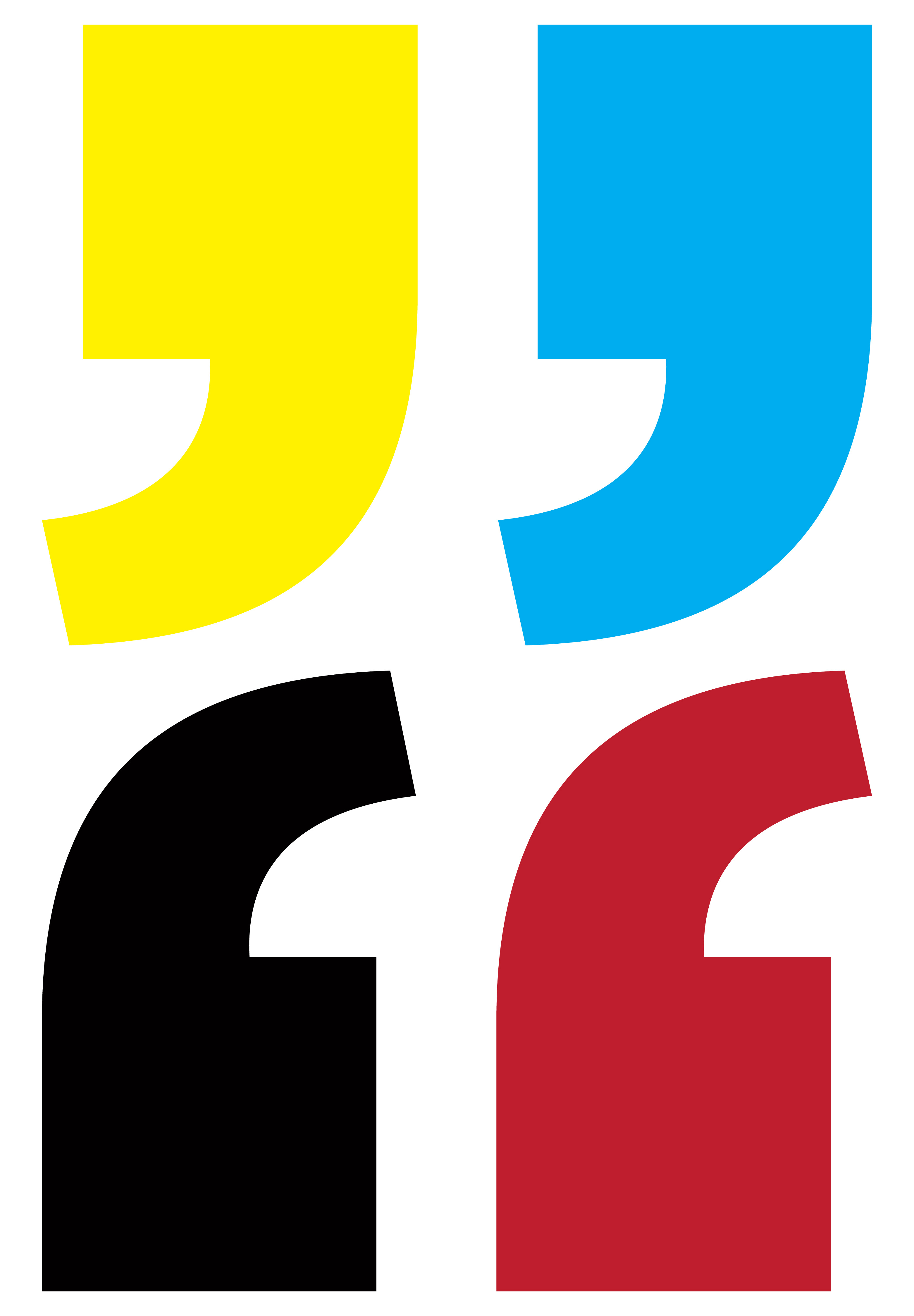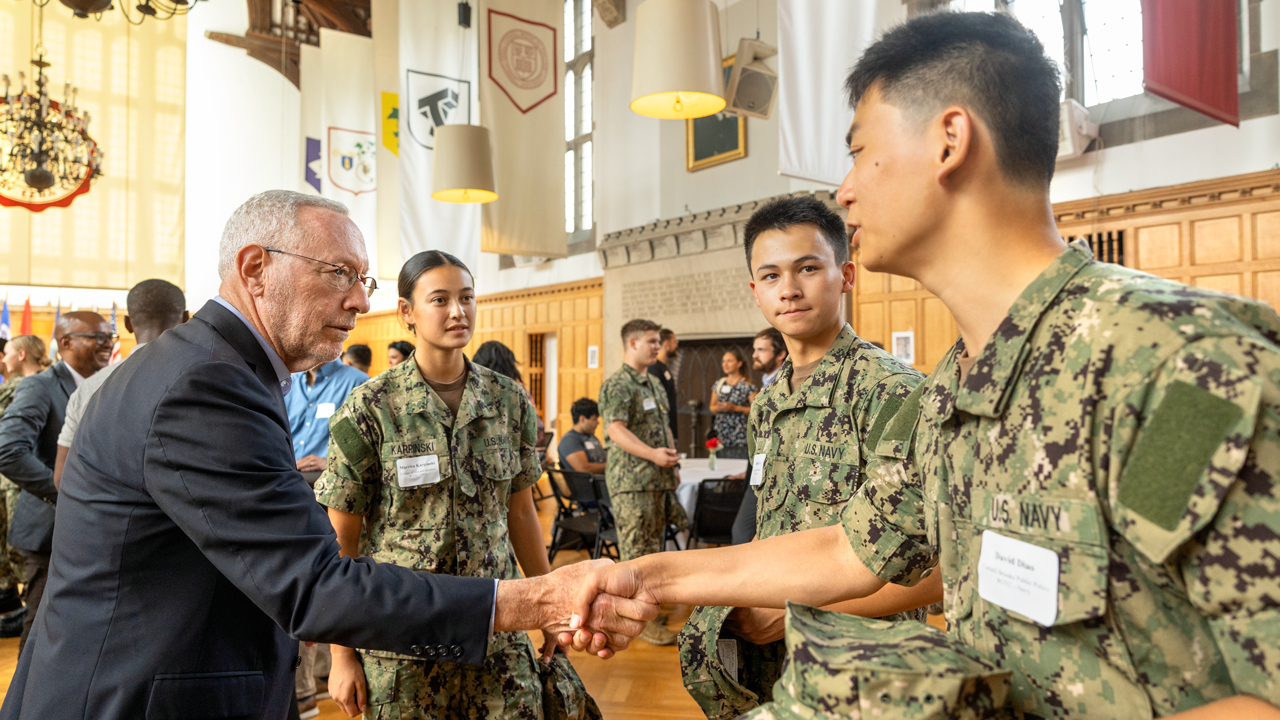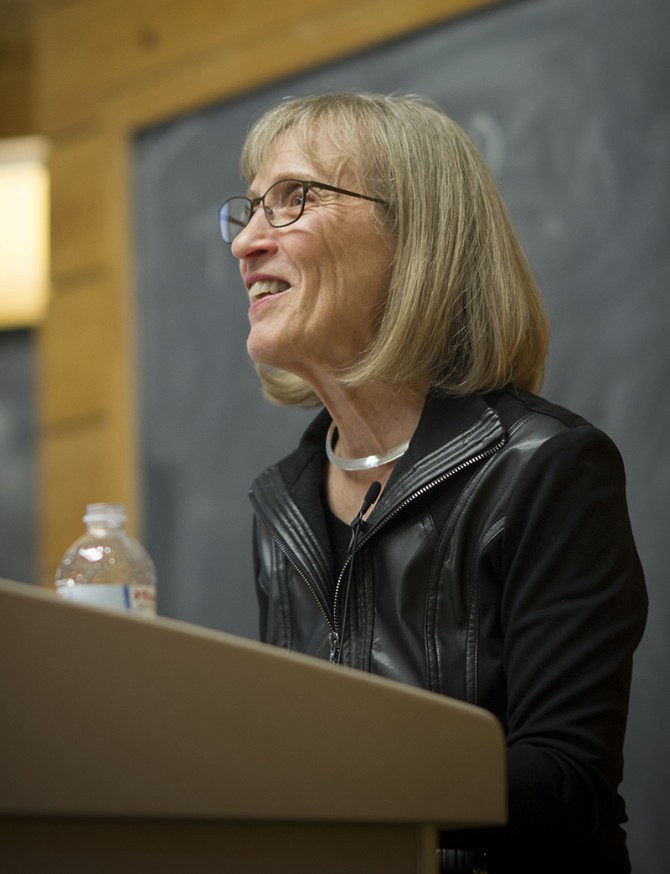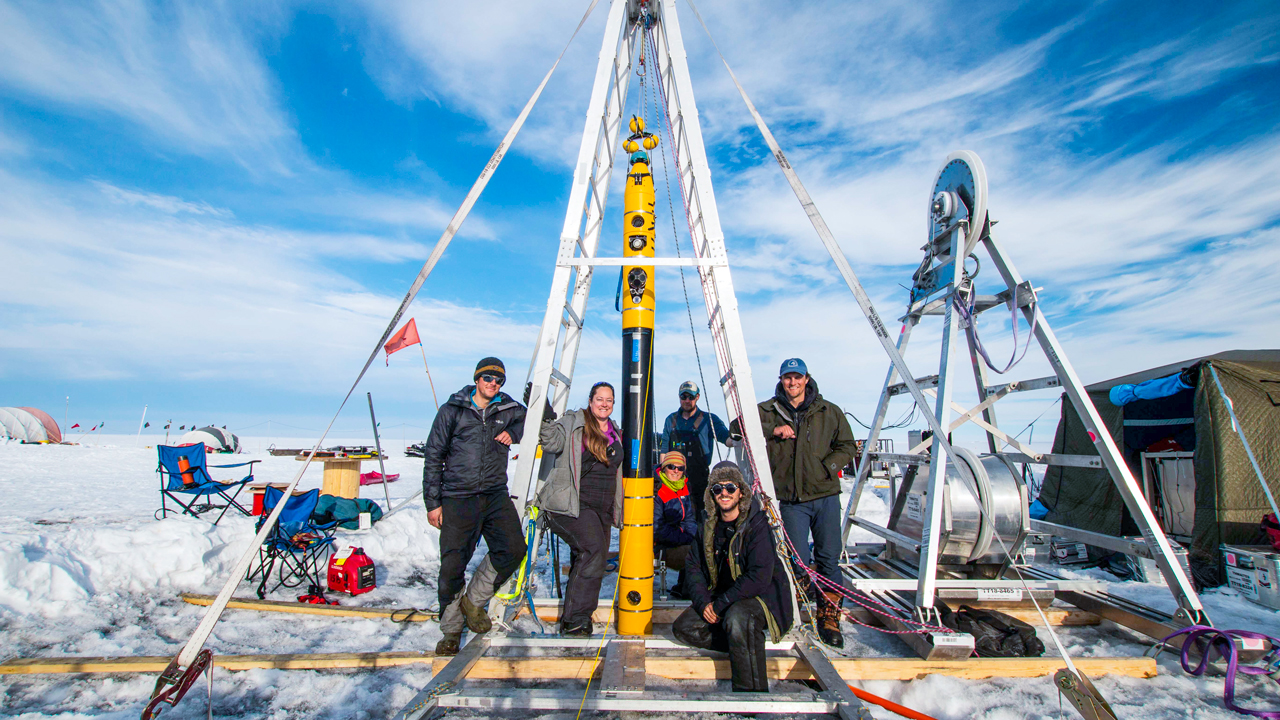Timeline
Cornell Through the Years
Since its founding in 1865 in Ithaca, NY, in the traditional homelands of the Gayogo̱hó:nǫɁ (the Cayuga Nation), Cornell has been a leader in education, a driver of innovation and a force for the common good. For more than 150 years, the university has grown and evolved to meet new challenges, shaping extraordinary people and making breakthrough discoveries along the way — all while cultivating a community of belonging filled with rich traditions and powerful legacies.
Explore the timeline:
View items by category:
Featured Items
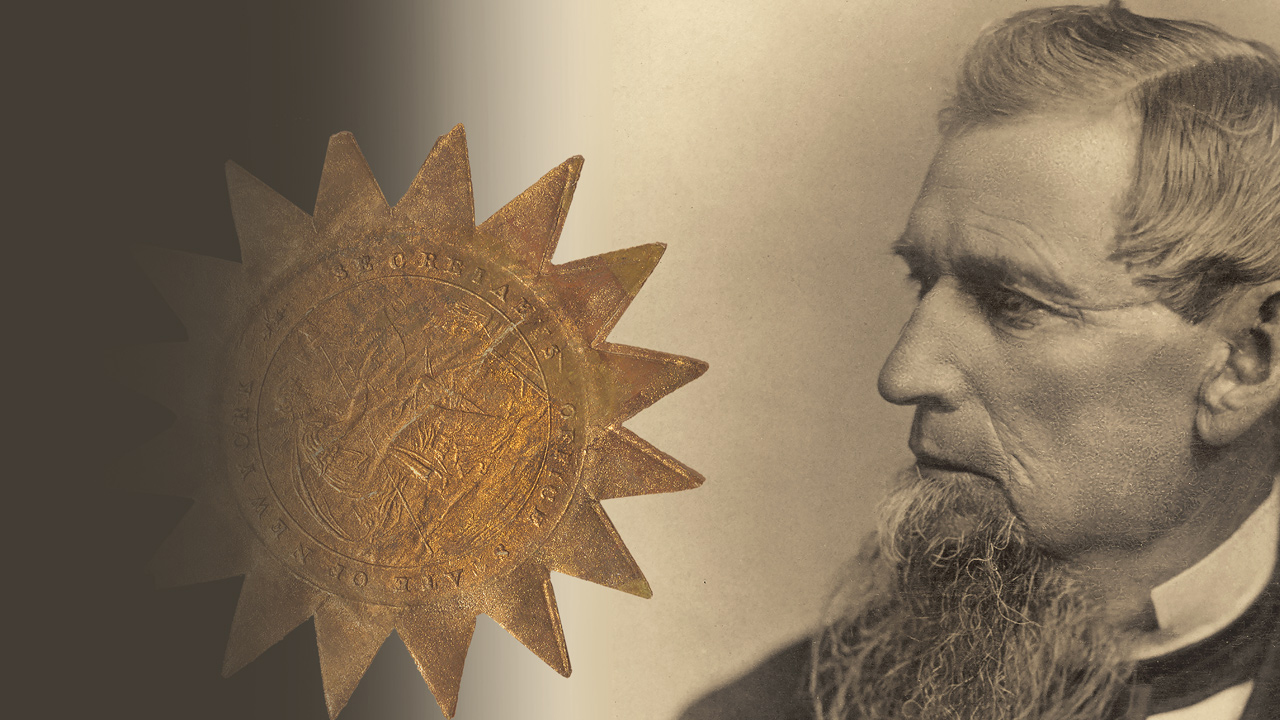
Cornell charter signed into law
On April 27, state senators Andrew Dickson White and Ezra Cornell win passage of the bill that charters Cornell University establishing the university at the location of Ezra Cornell’s farm in Ithaca. Three years later, Cornell admits its first students and inaugurates A.D. White as Cornell's first president.
Cornell chimes ring for the first time
The original set of nine bells first rings out at the university's opening ceremonies. Over time, the chimes have been recast and expanded to 21 bells. Presently three concerts are performed each day while classes are in session.
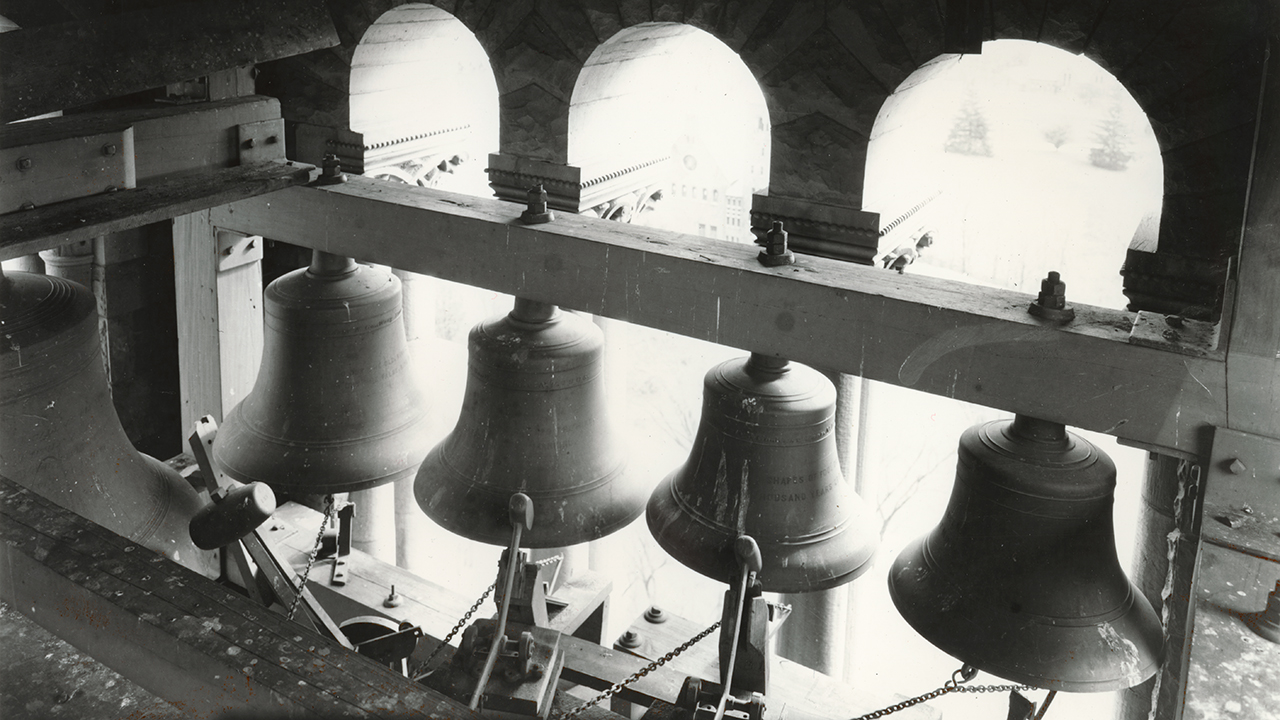
First African American graduates
Charles Chauveau Cook 1890 and Jane Eleanor Datcher 1890 become the first African Americans to graduate from Cornell after a four-year course of study. George Washington Fields 1890, a formerly enslaved person, becomes the first African American graduate of Cornell Law School and one of the first people of color to graduate from any law school in the United States.
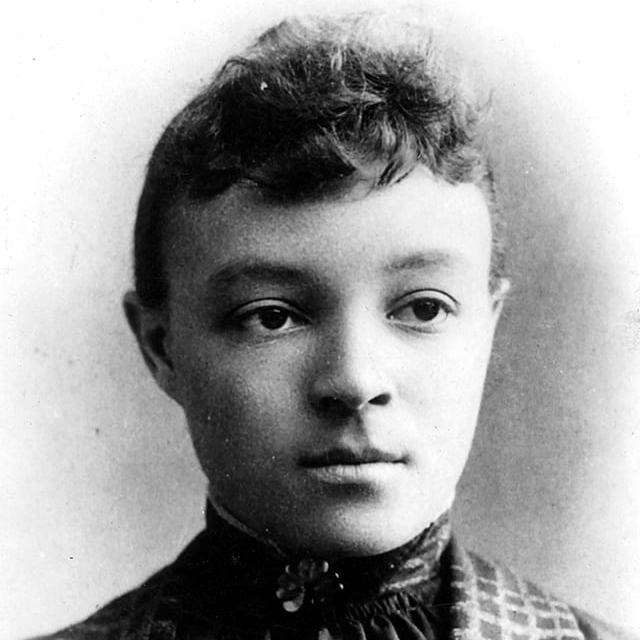
Veterinary college chartered
The state legislature charters the New York State Veterinary College, the first state-supported college at Cornell, though veterinary medicine had been taught at Cornell since the university opened. The college opens officially in 1896 in the current location of Uris Hall and later moves to east campus when Shurman Hall is completed in 1957.
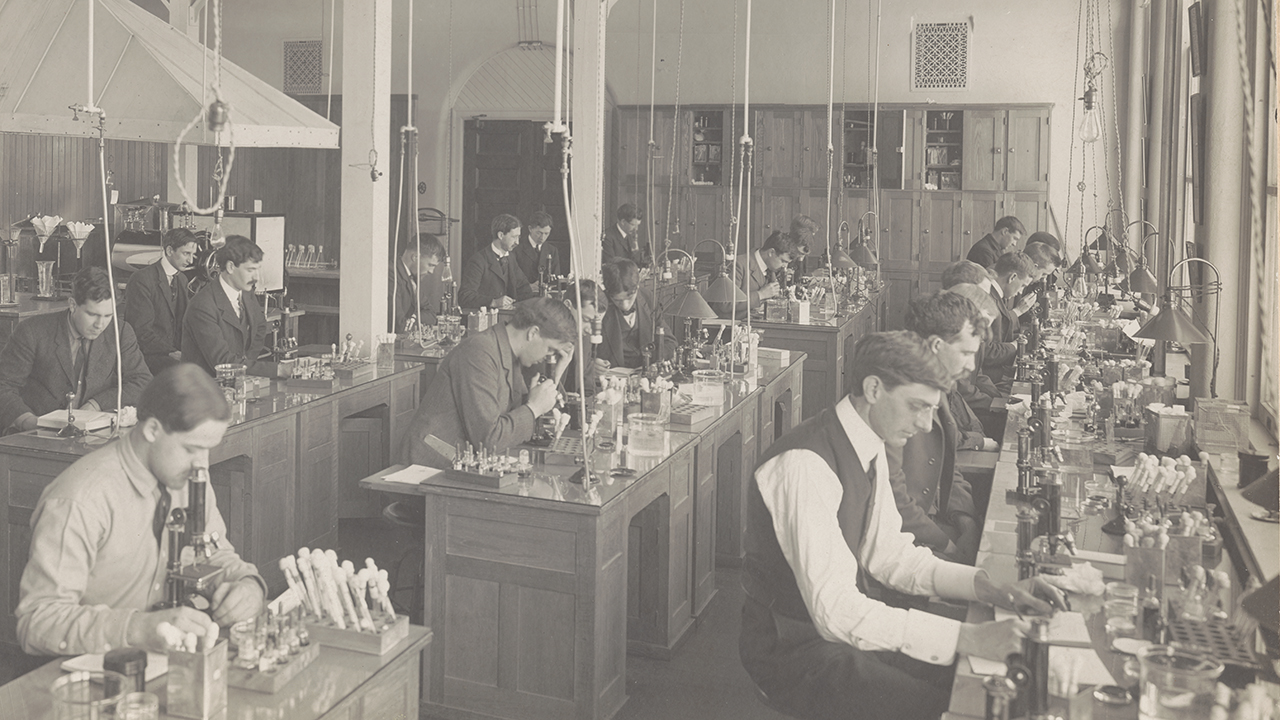
Medical College founded in New York City
Cornell's Medical College is founded, officially opening in New York City in 1900. Today, in a joint campus with New York-Presbyterian Hospital, Weill Cornell Medical College is among the most esteemed clinical and medical research centers in the country.
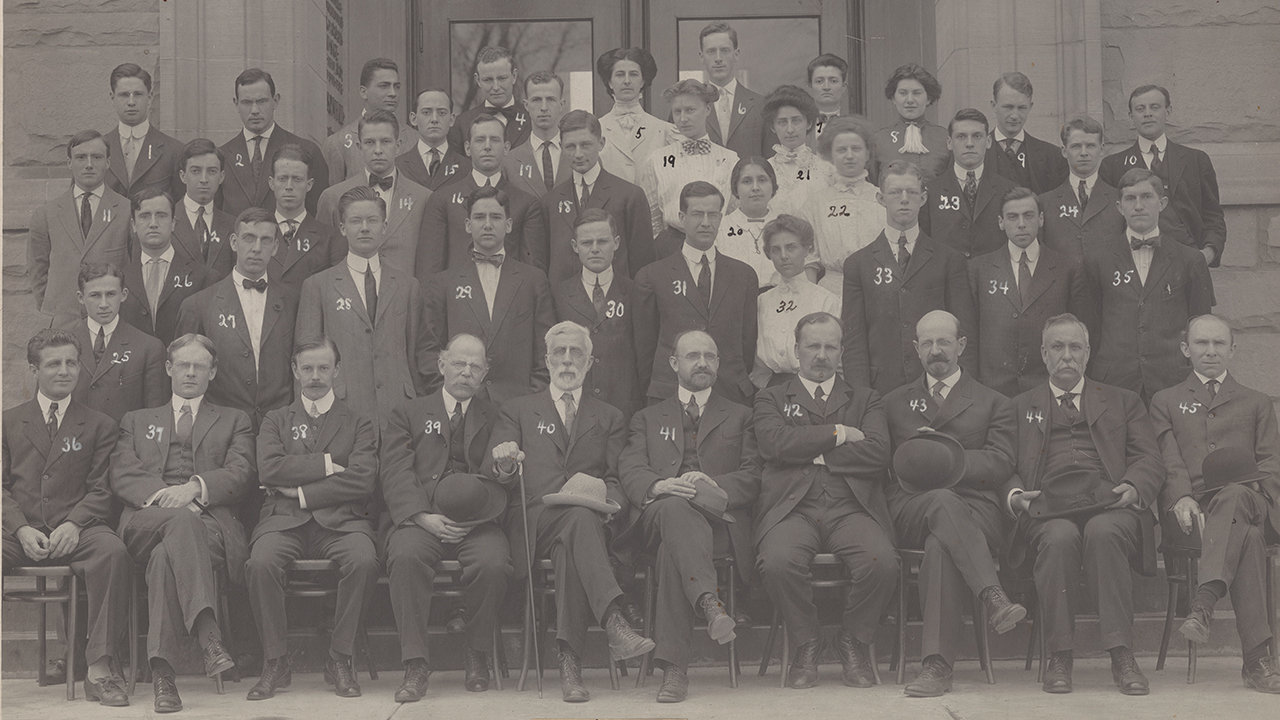
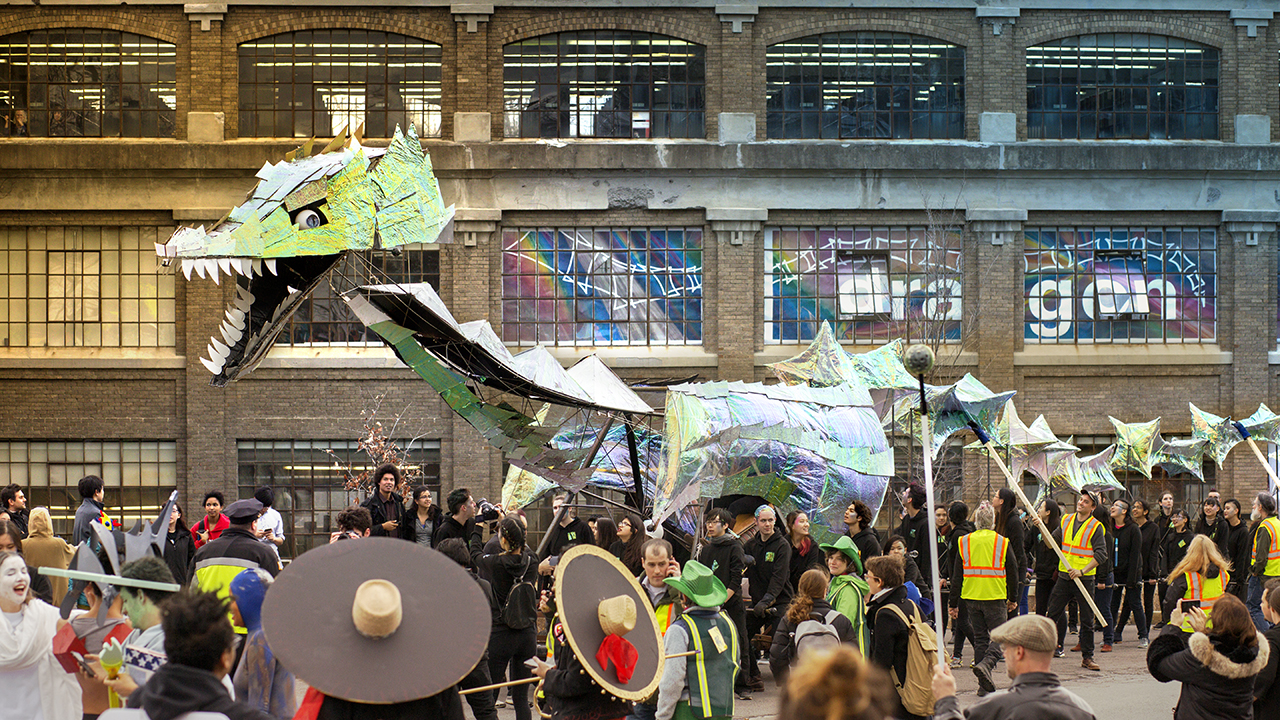
Architecture students stage first 'Dragon Day'
Inspired by an idea from Willard Dickerman Straight 1901, the first Dragon Day is held. Over a century later, the beloved Cornell tradition features an enormous dragon created by first-year architecture students that parades across campus, accompanied by AAP students in outrageous costumes. The dragon battles on the Engineering Quad with a phoenix created by rival engineering students before ending its journey at the Arts Quad.
Inaugural 'Spring Day'
The first-recorded Spring Day takes place April 15, celebrating the end of winter. Students skip classes and mount variety shows and festivities. Today, Slope Day is a student-favorite tradition held on Libe Slope to celebrate the last day of classes with live music and entertainment.
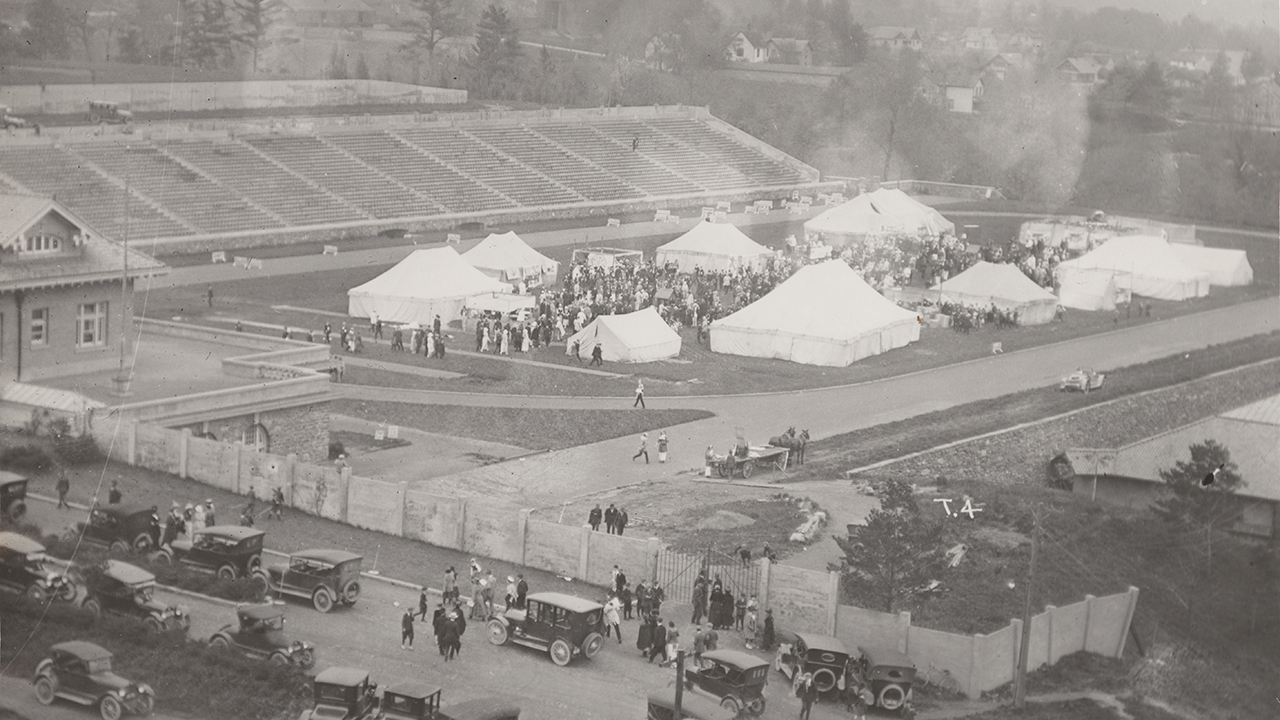
A colorful nickname for Cornell
Cornell's colors were carnelian red and white since its founding, but the university didn't acquire a nickname until Romeyn Berry 1904 sat down to write a song for the Cornell football team. To urge the team on to victory, Berry refers to Cornell simply as the “big red team”. It catches on. Since that time the chant of “Go Big Red” is the common thread at every Cornell sporting event.
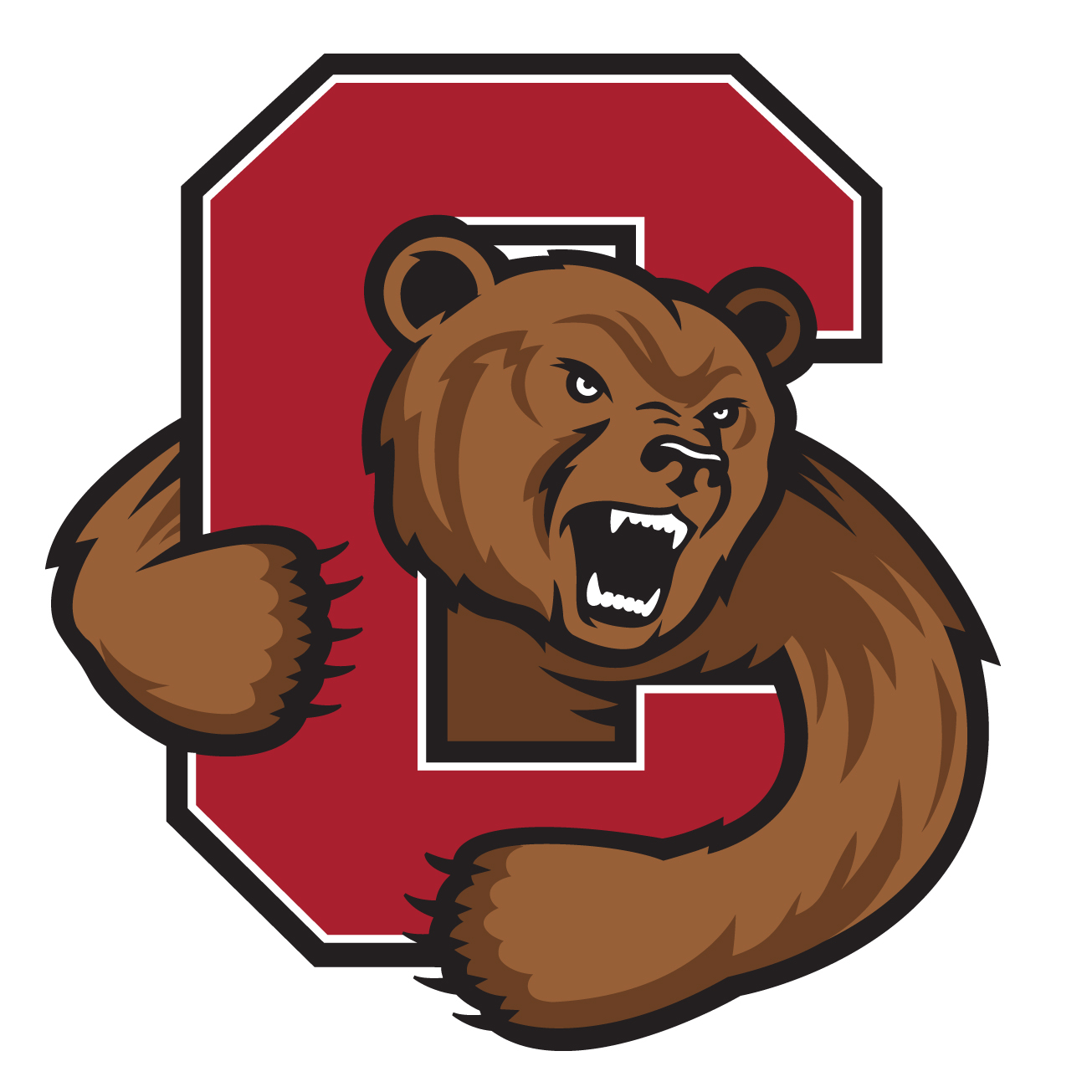
Alpha Phi Alpha, the first Black fraternity, is founded
The first intercollegiate Greek-letter fraternity for Black men, Alpha Phi Alpha, is founded at Cornell. It builds approximately 900 chapters across the country and has championed civil rights; its illustrious alumni include Martin Luther King, Jr., W.E.B. Du Bois, Duke Ellington and Thurgood Marshall.
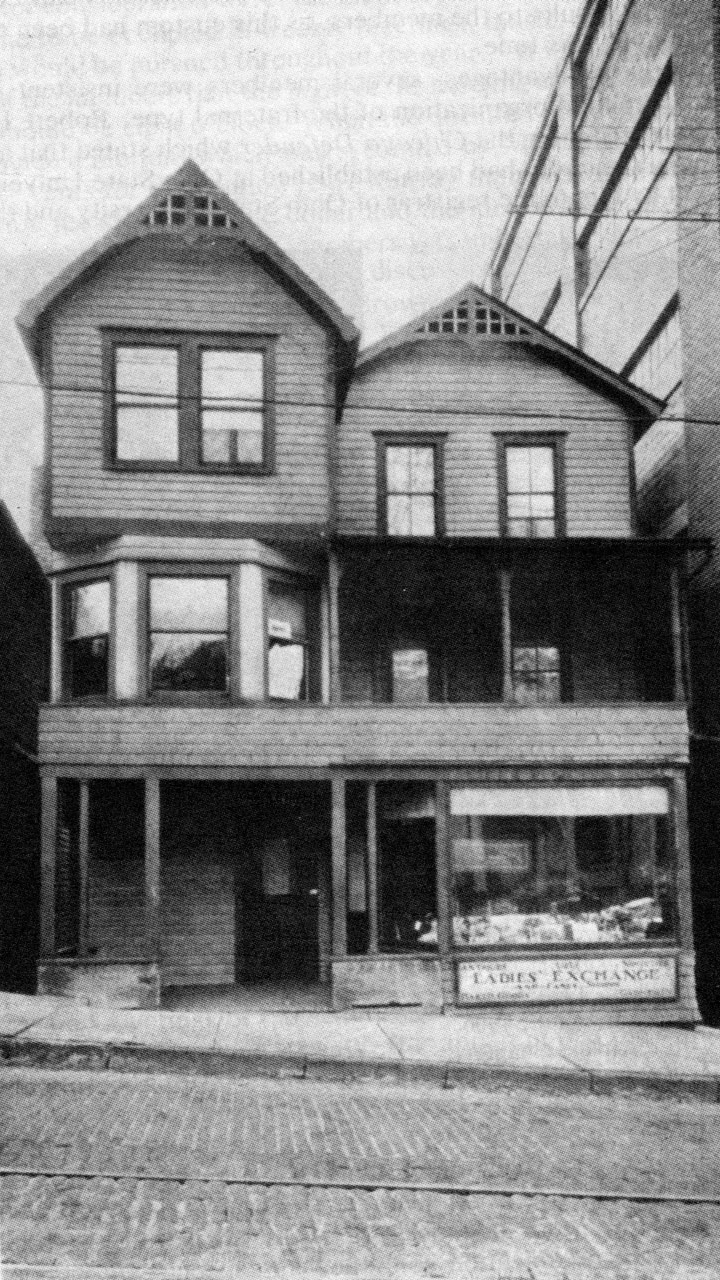
Cooperative Extension service formalized
Cornell Cooperative Extension is established, following the Smith-Lever Act. Rooted in every county of the state, Cornell Cooperative Extension translates Cornell's world-class research into practical, real-world knowledge that helps New York state residents, businesses and communities to thrive.
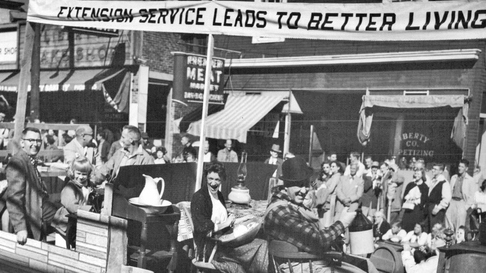
Cornell Lab of O takes wing
The Cornell Laboratory of Ornithology is established. Today, the laboratory is a world leader in the study, appreciation and conservation of birds with a goal to “advance the understanding of nature and to engage people of all ages in learning about birds and protecting the planet.”
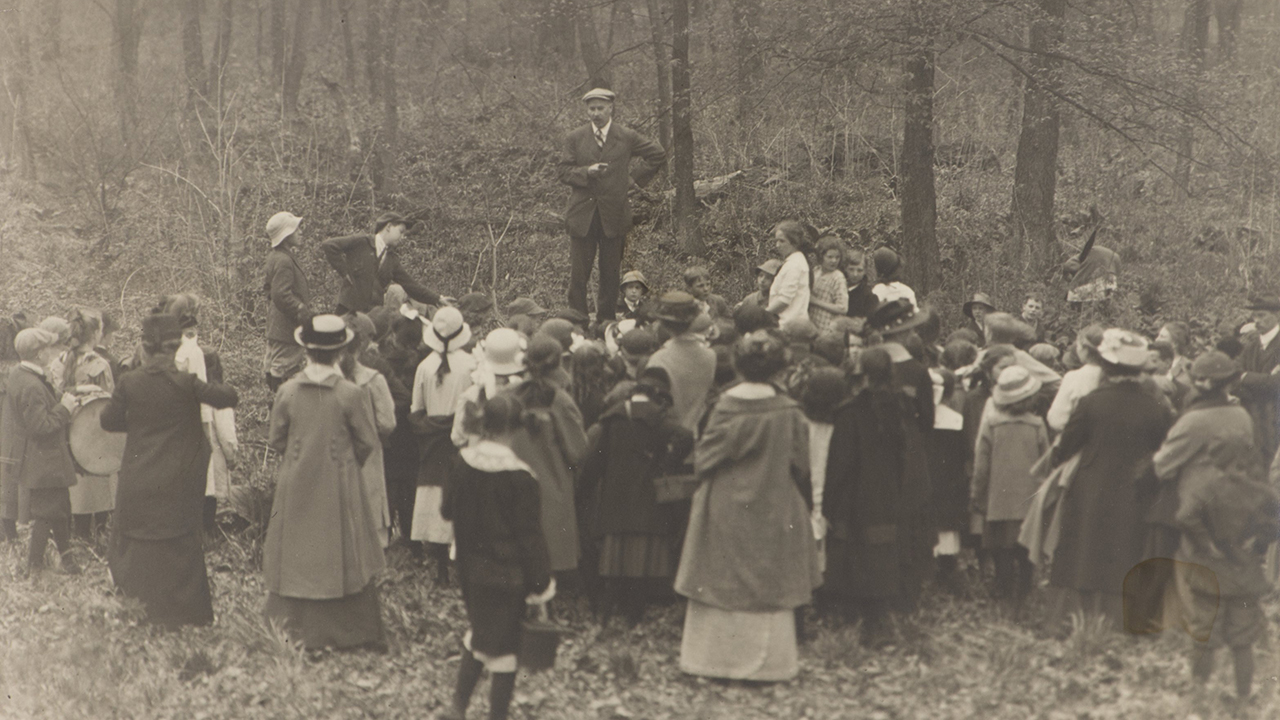
The world’s first undergraduate hospitality degree program is born
The Cornell School of Hotel Administration (later named the Nolan School of Hotel Administration), the world’s first undergraduate hospitality management degree program, was created at the request of leading hotel magnates and the American Hotel Association. The program launches with 21 students under the direction of a single professor, Howard B. Meek.
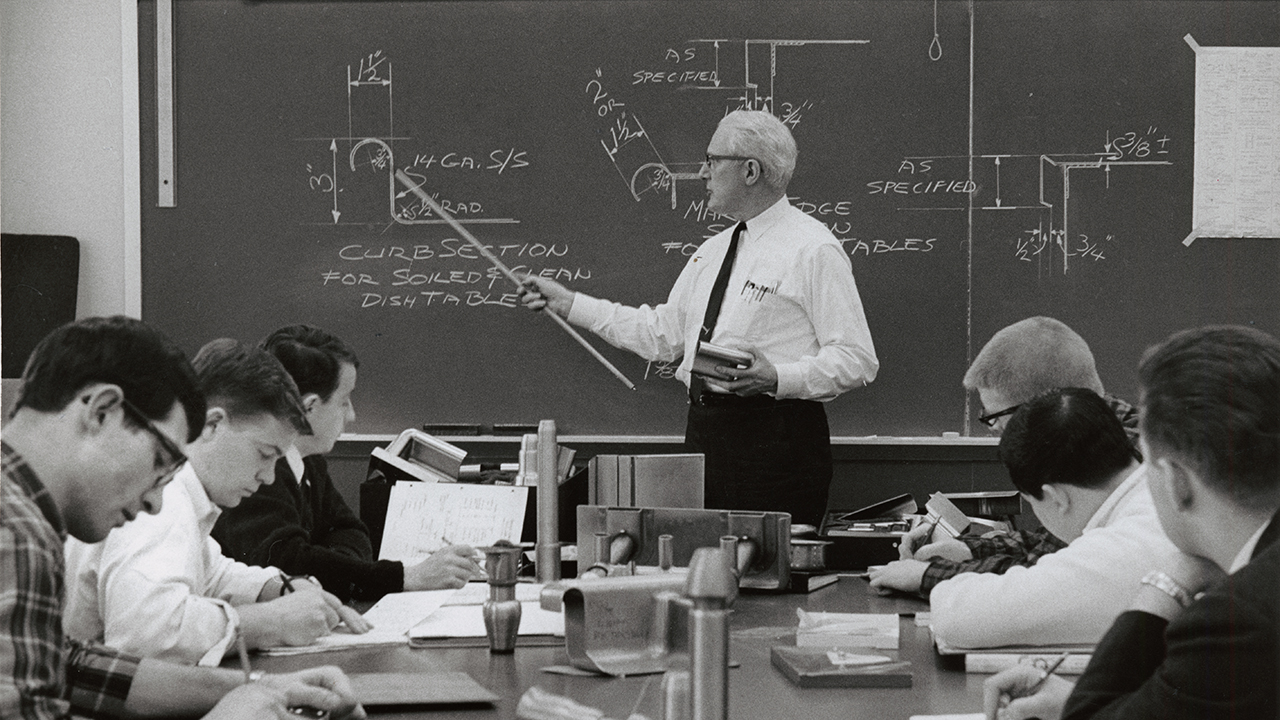
Greatbatch and the first pacemaker
Surgeons at the Veterans Administration hospital in Buffalo, New York, test the first practical implantable pacemaker, designed by Wilson Greatbatch ’50. His pacemaker, patented in 1962, is regarded as one of the greatest inventions of the 20th century.
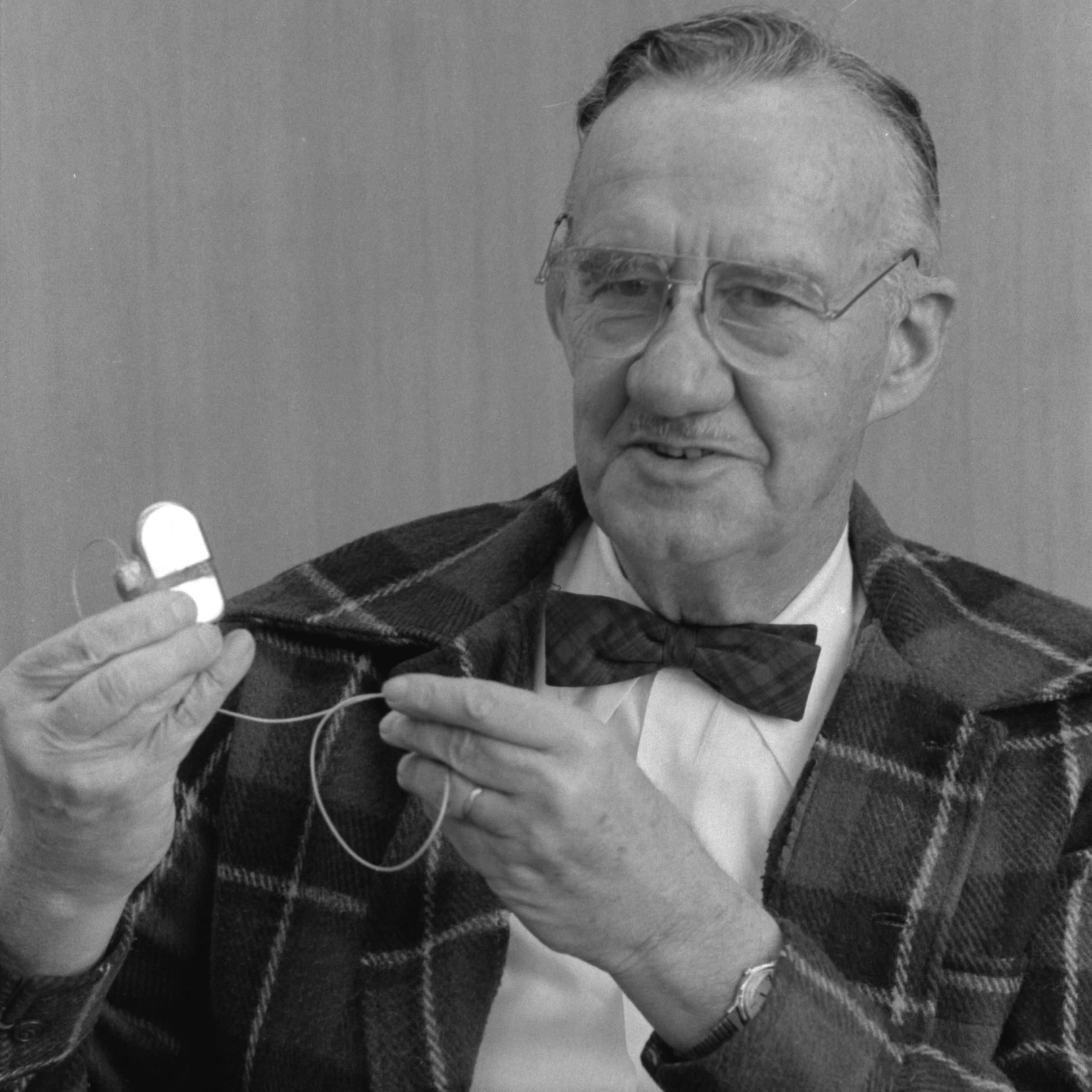
Men’s hockey team wins first NCAA title
Playing in its first Frozen Four, the Big Red hockey squad defeats Boston University, 4-1, at the War Memorial Arena in Syracuse, New York to win its first NCAA hockey championship. The team again wins the title in 1970 with a 29-0-0 record‚ the only unbeaten, untied national championship season in NCAA hockey history.
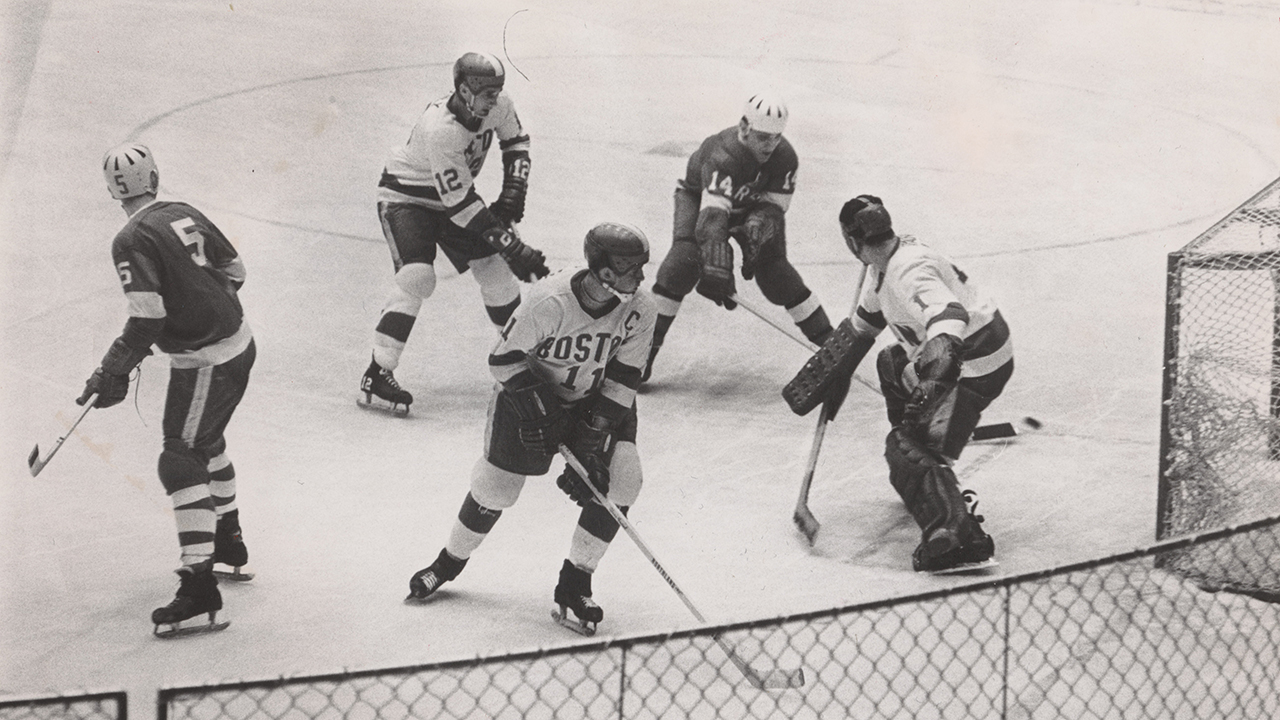
Sagan arrives at Cornell
A star of science and the small screen, astronomy and space sciences professor and director of the Laboratory for Planetary Studies, Carl Sagan shares his sense of wonder about nature through the 1980s PBS series “Cosmos; A Personal Voyage” and his Pulitzer Prize-winning book, “The Dragons Research Stations of Eden.” In 2015, the Carl Sagan Institute was founded at Cornell to explore other worlds both inside and outside our solar system.
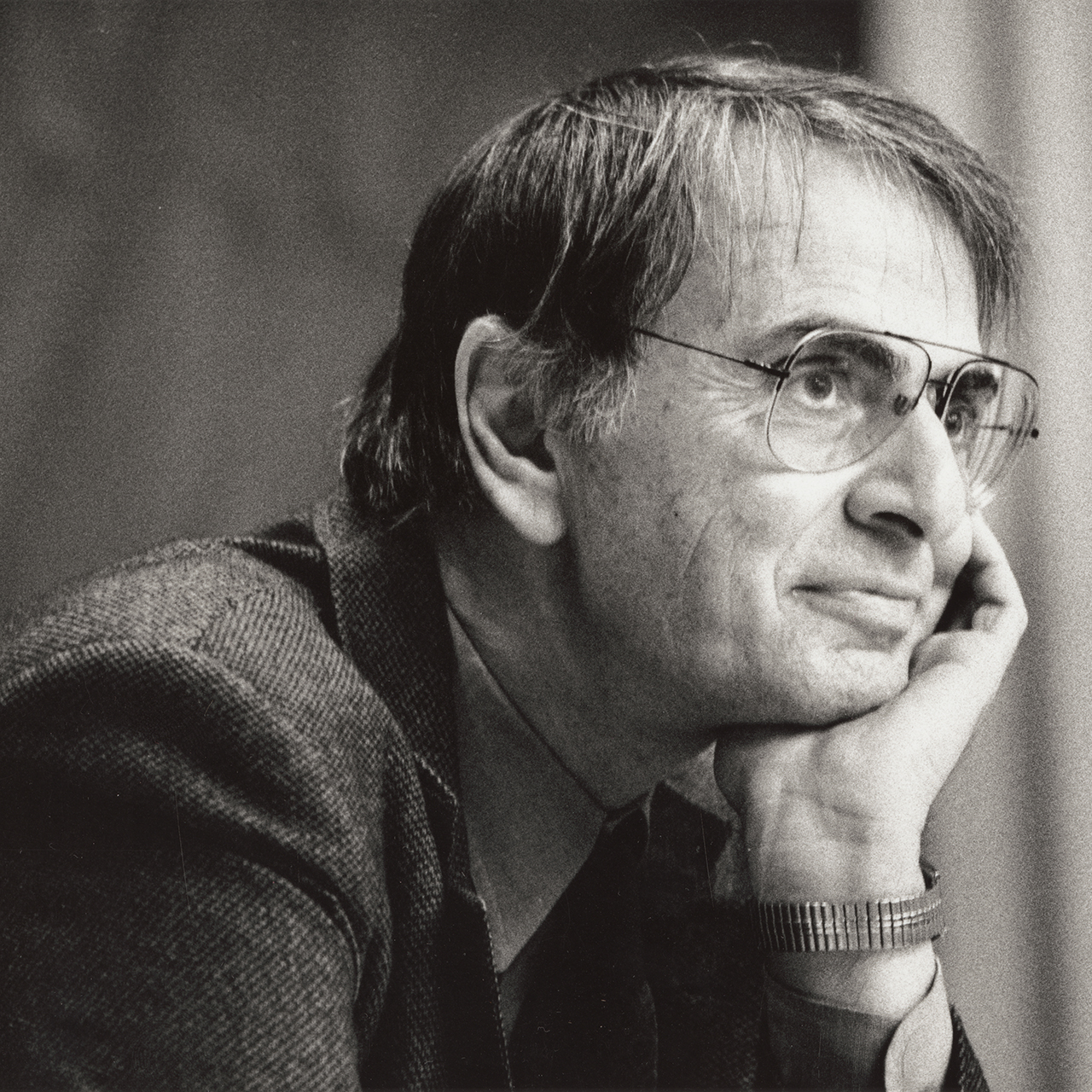
The Cornell Conference on Women convenes
The Cornell Conference on Women takes place over a four-day period during winter intersession. Sessions attract more than 2,000 attendees from Cornell and the Ithaca community. Betty Friedan and Kate Millett return to campus for the conference. Three years later, on March 31, 1972, the Women's Studies Program is founded, one of the earliest programs of its kind in the country.
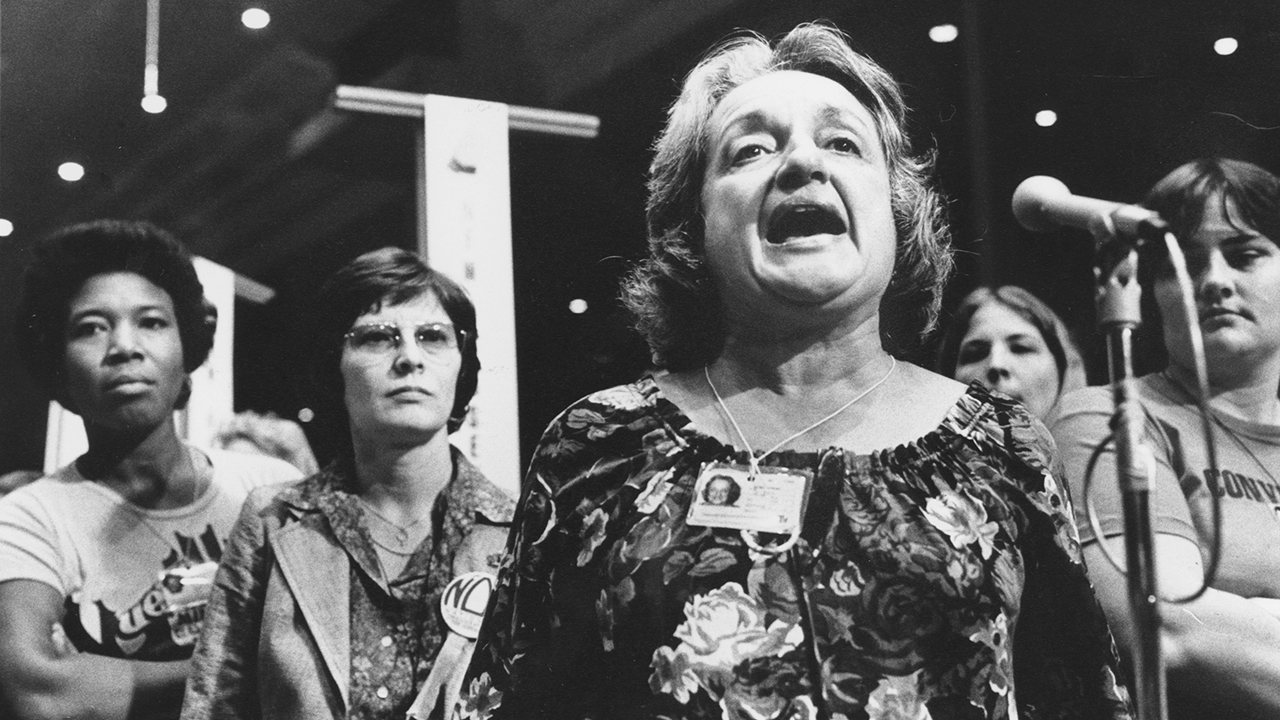
DNA sequencing and fundamental tools for DNA cloning developed
Plant genetics pioneer Ray Wu invents the first method for sequencing DNA, enabling researchers to more closely understand how genes work. Wu’s invention leads to further development of widely grown rice plants resistant to pests, drought and salt.
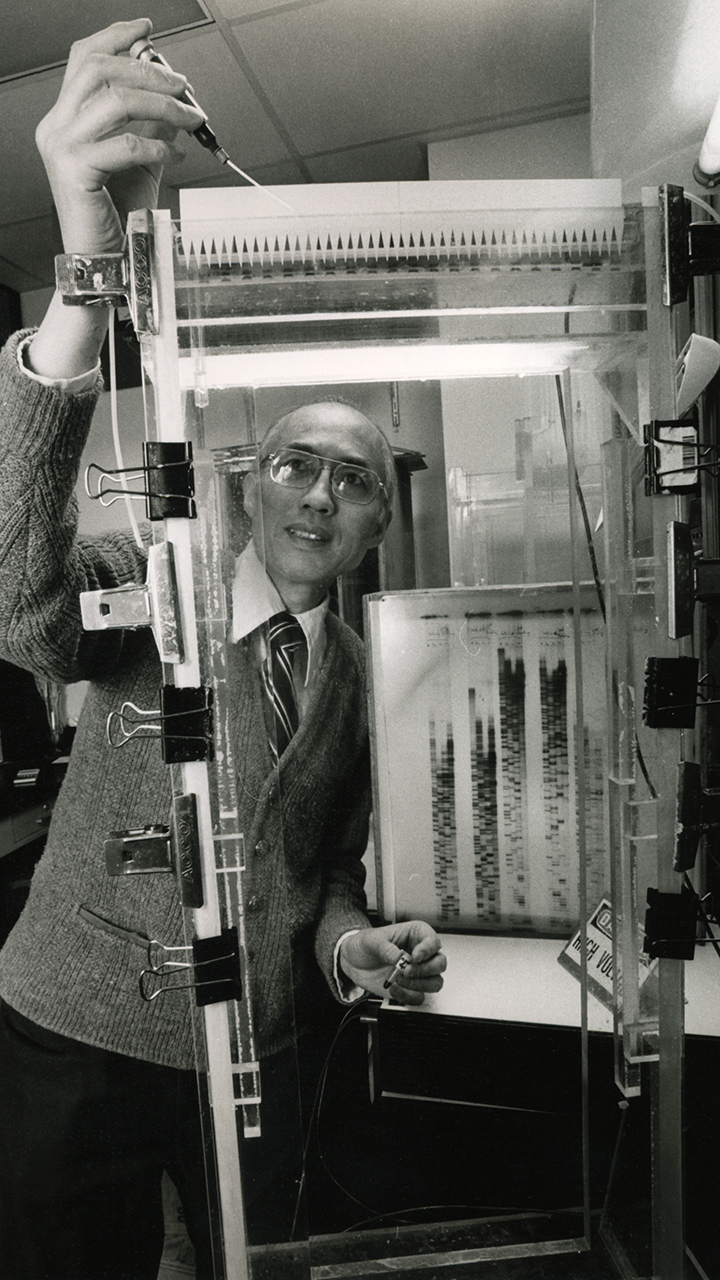
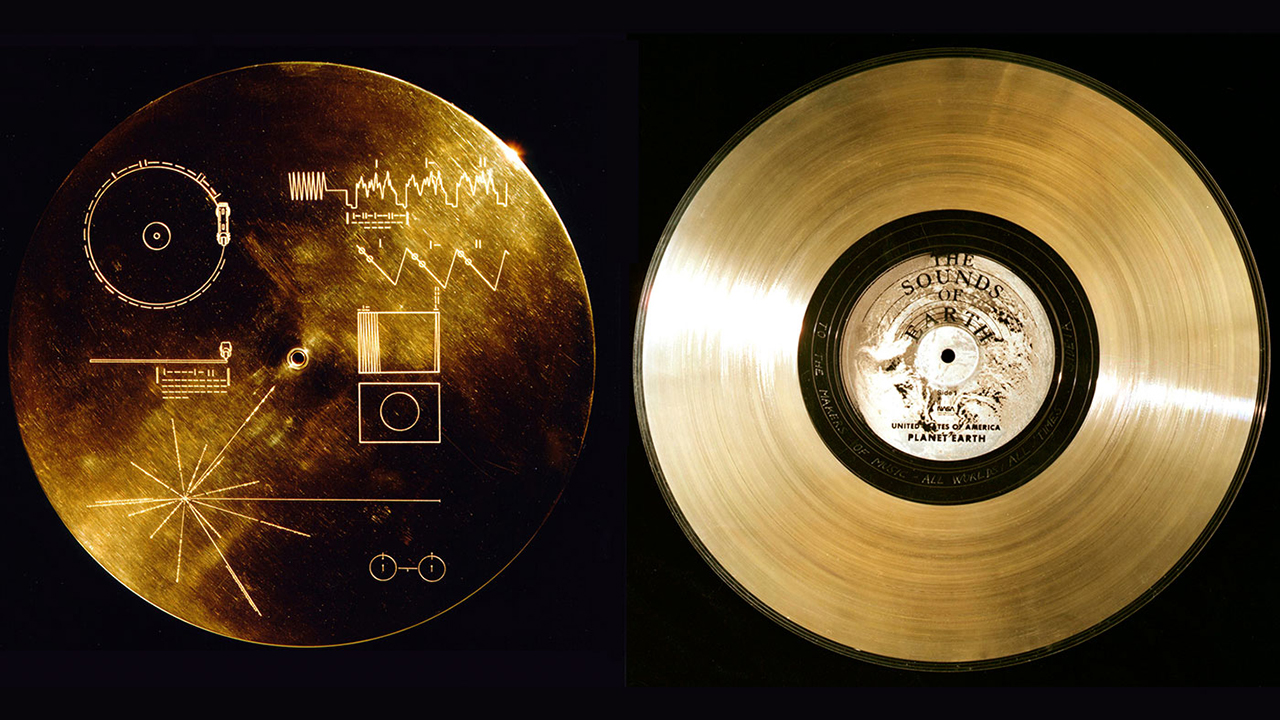
Voyager spacecraft launches
Voyager 2 is launched August 20, followed 16 days later by its sister spacecraft, Voyager 1. Cornell astronomers and astrophysicists are extensively involved in the missions to explore the outer solar system. A committee chaired by Cornell professor Carl Sagan decides on 115 images and natural sounds to include on a Golden Record, offering insight to life on Earth; the record is included in both spacecraft.
The world as a campus
The Cornell Abroad program begins, offering a wide array of opportunities for a meaningful international experience as part of a student's education‚ university study, language skills, fieldwork, service learning, internships and research.
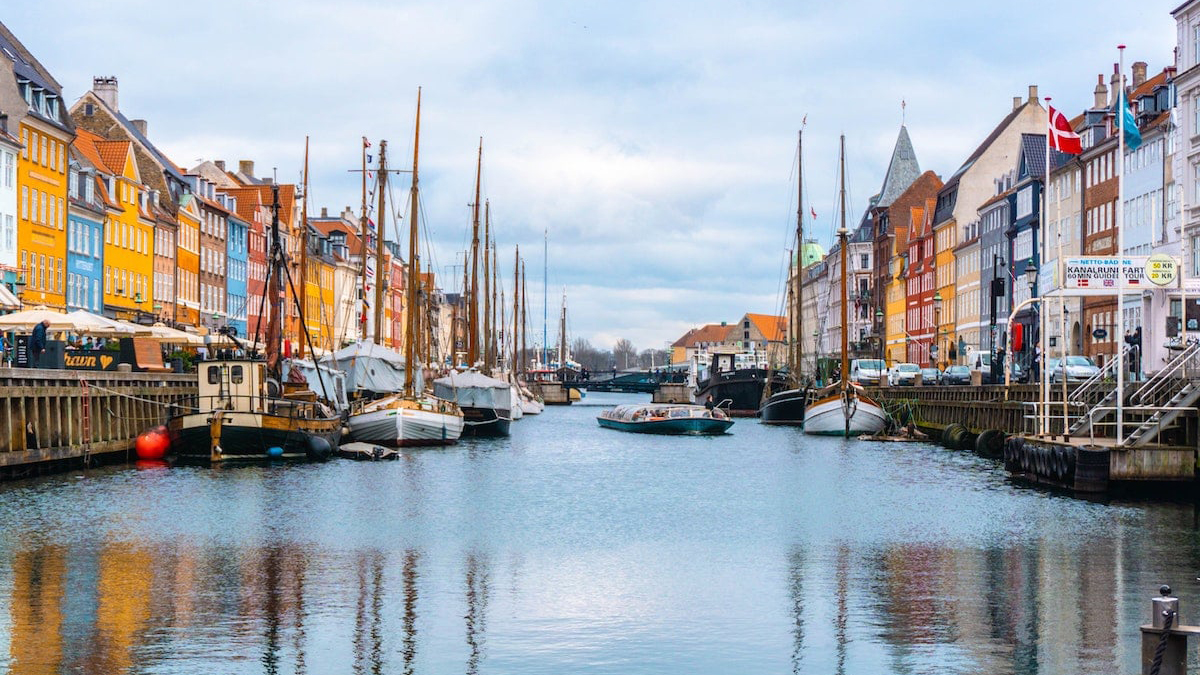
Public Service Center is created
President Frank H.T. Rhodes establishes the Public Service Center at Cornell to coordinate, expand and institutionalize faculty and student community engagement and outreach. The Public Service Center merges with the Office of Engagement Initiatives in creating the David M. Einhorn Center for Community Engagement in summer 2021.
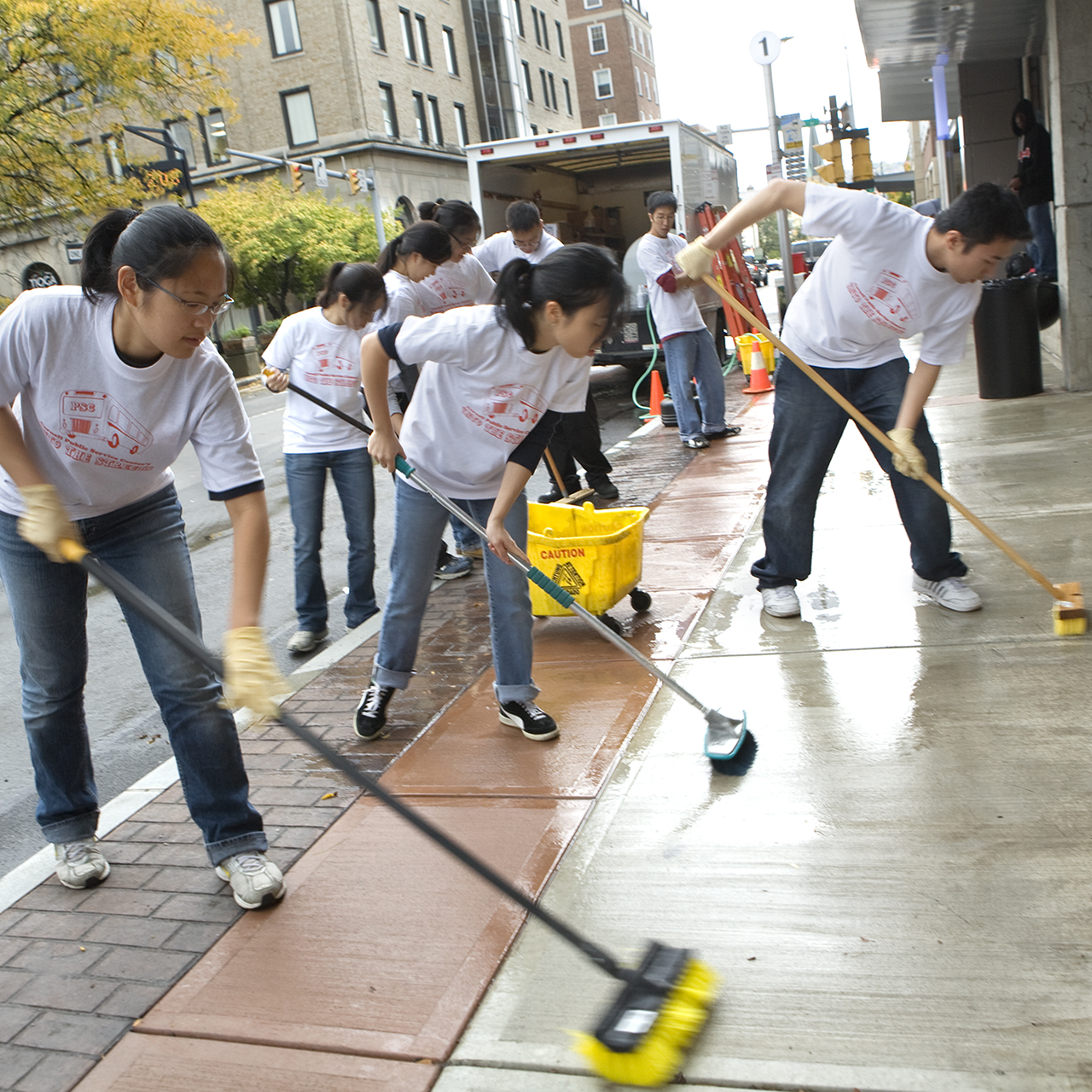
Lake source cooling brings Cayuga’s chill to campus
After a 1994 launch, Cornell’s Lake Source Cooling program begins operation, using cold water from the depths of Cayuga Lake to chill water circulated through campus, cooling buildings while using a fraction of the electrical energy. The system — the first of its kind — wins several awards, including the New York Governor’s Award for Pollution Prevention in 2001.
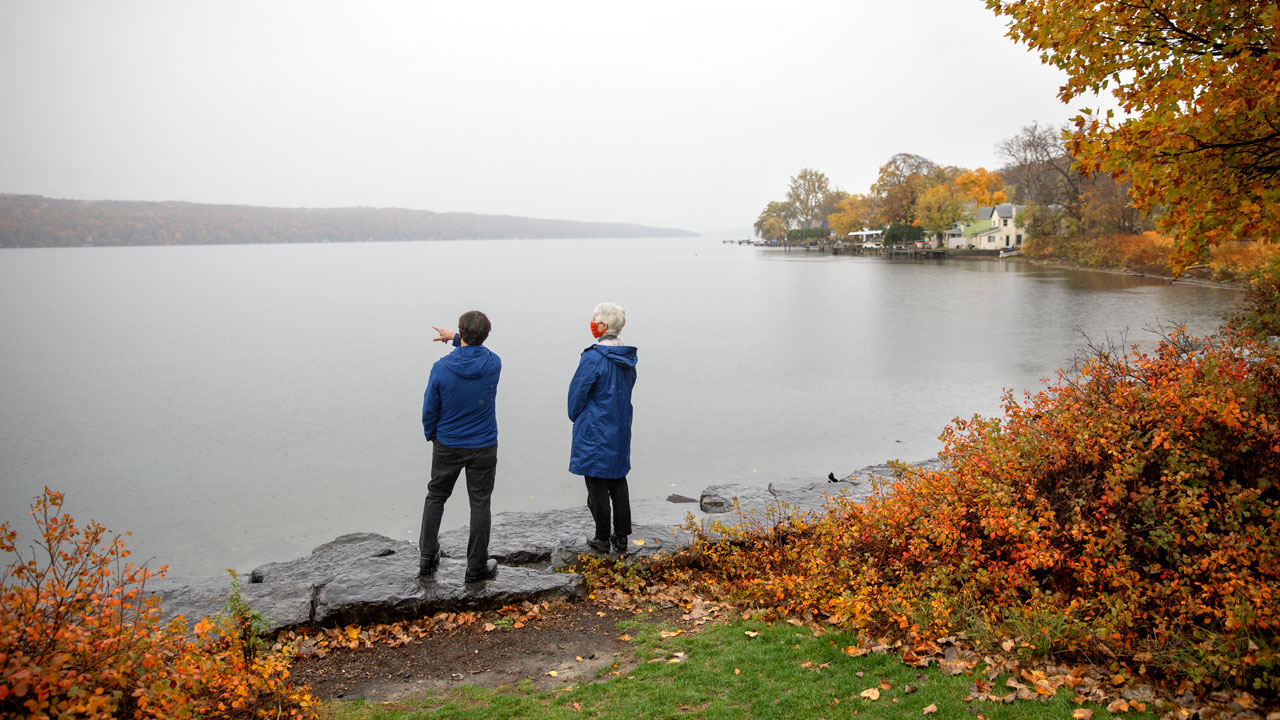
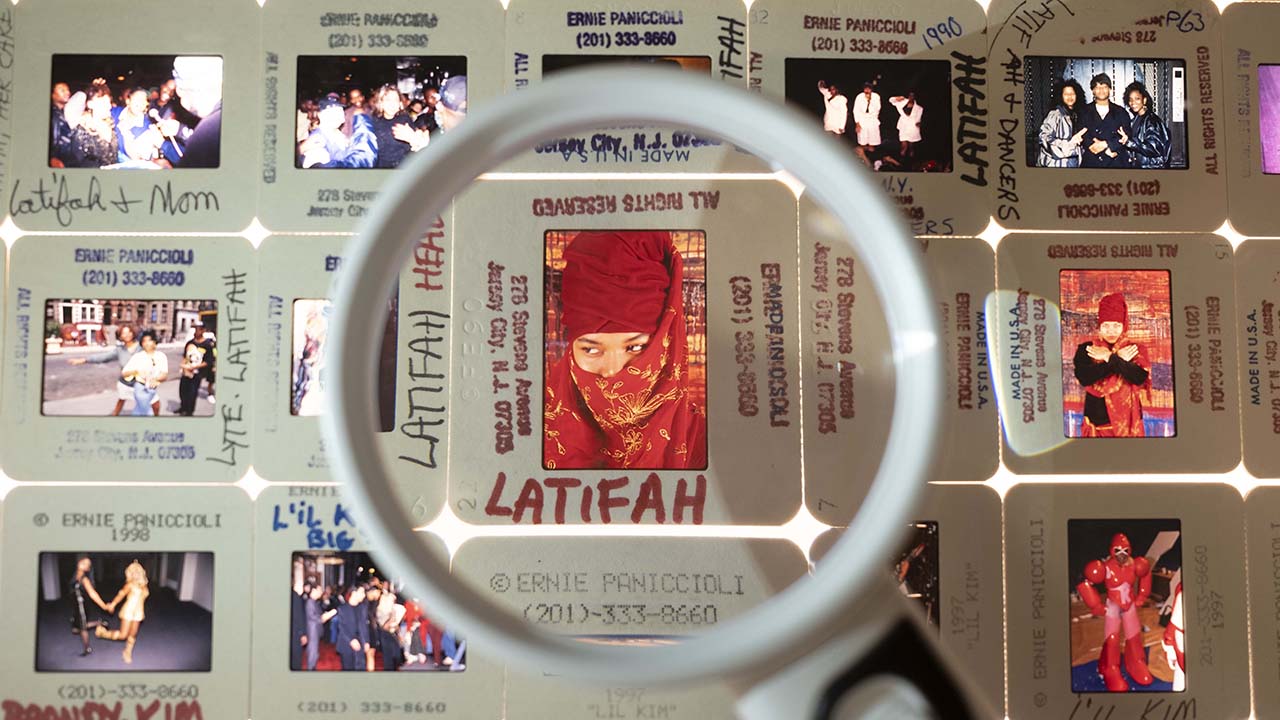
Hip Hop Collection donated
Author and collector Johan Kugelberg donates the foundation of Cornell's Hip Hop Collection. Kugelberg’s donation stems from his concern that the true origins of Hip Hop culture will be lost if someone does not intentionally locate and save surviving documentary evidence. The growing collection currently features more than 250,000 items.
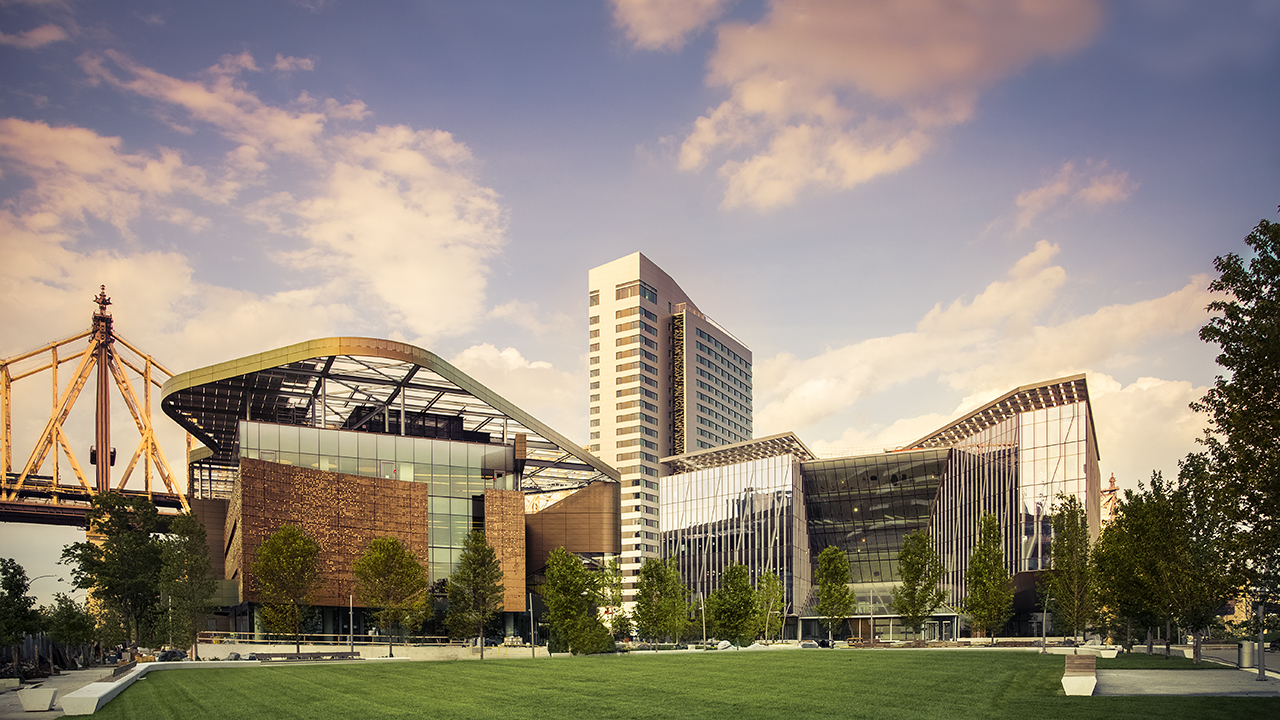
Cornell Tech campus is dedicated in New York City
After winning a highly publicized competition among the country's top research universities to build the campus with its partner, the Technion – Israel Institute of Technology, Cornell dedicates the Cornell Tech campus on Roosevelt Island. Seen as a powerful symbol of possibility at its dedication, Cornell Tech offers a graduate and professional education that focuses on research, education and innovation for the digital world.
Cornell veterinarians become the official vets of Westminster
Cornell’s College of Veterinary Medicine and its satellite clinic in Stamford, Connecticut are now the official providers of veterinary care at the Westminster Kennel Club dog show.
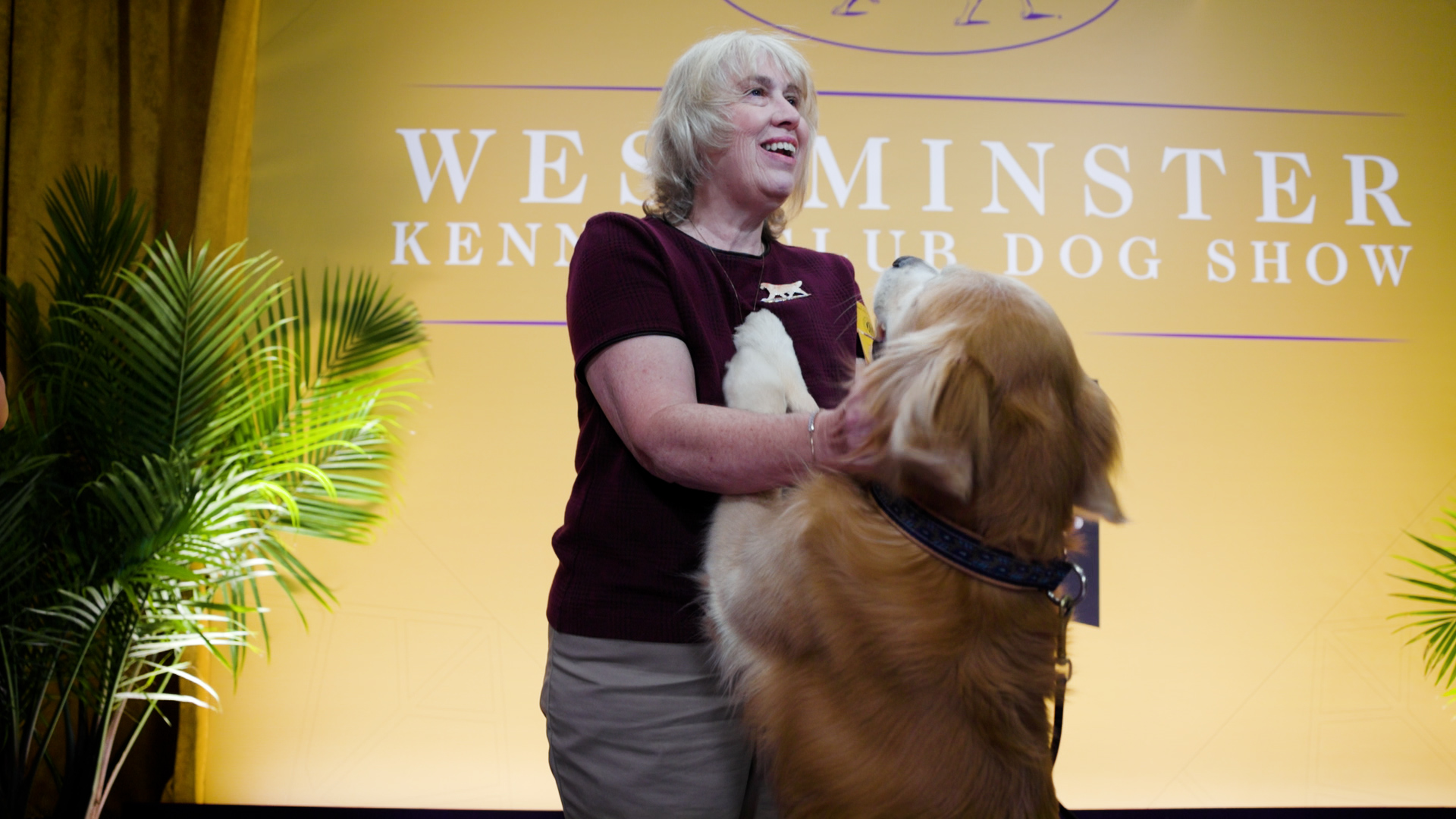
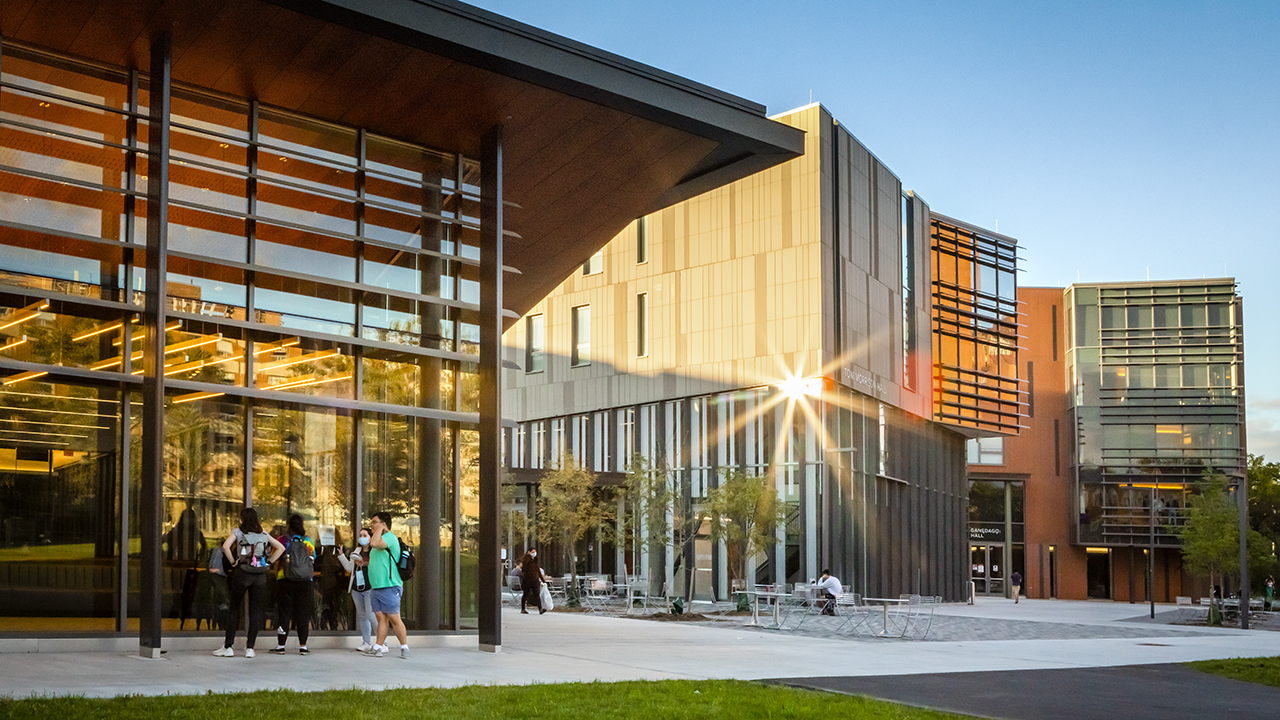
North campus reshapes campus residential community
With the final projects reaching completion in 2022, Cornell’s North Campus Residential Expansion creates new capacity for housing, dining, recreation, community building and more and provides intentional and consistent support during the most formative years of the student experience. New buildings, named for a diverse group of Cornellians and the Cayuga Nation, include Toni Morrison Hall, Ganędagǫ: Hall, Barbara McClintock Hall, Hu Shih Hall and Ruth Bader Ginsburg Hall.
Two-mile deep borehole explores potential for carbon-neutral heat

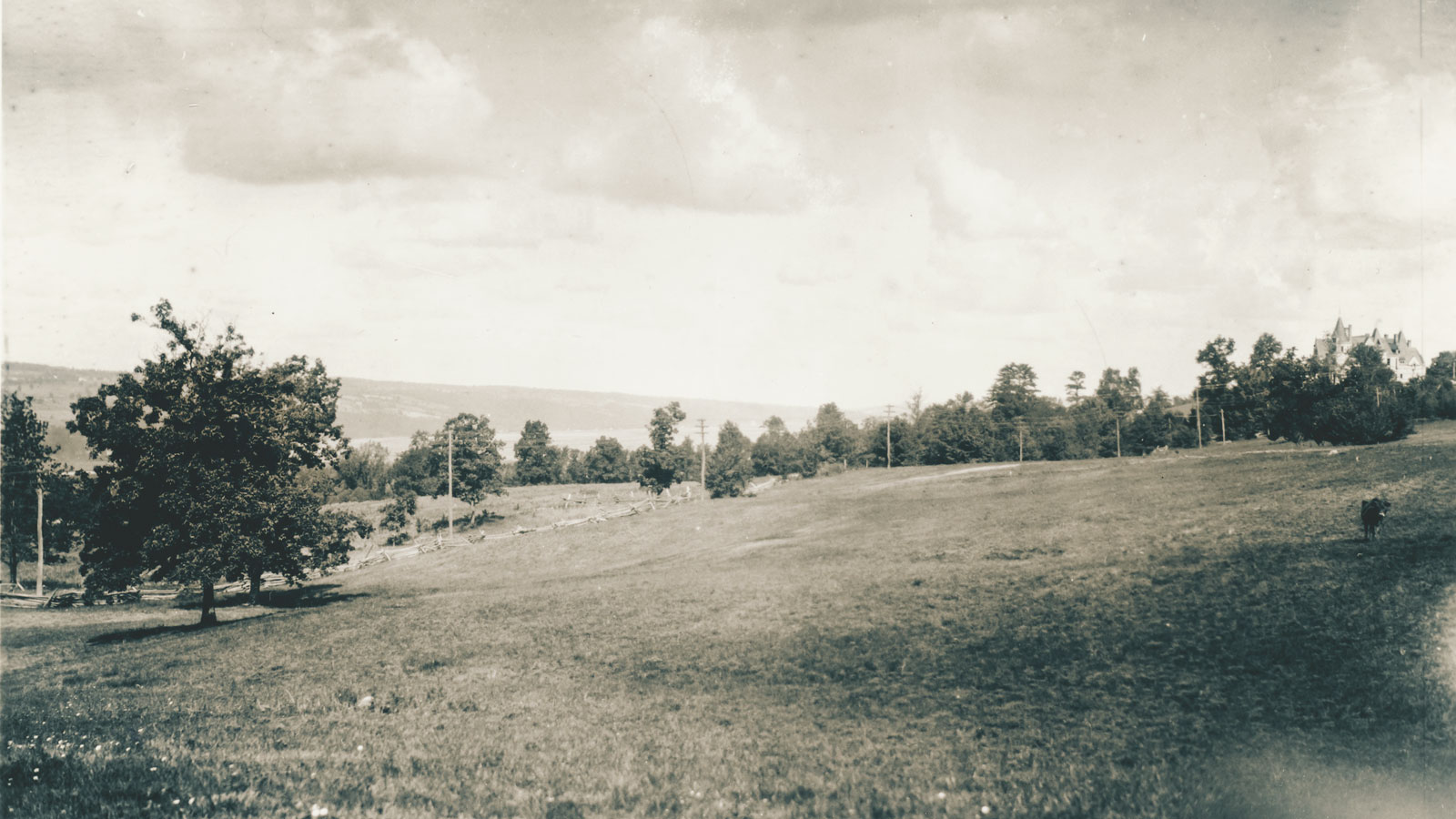
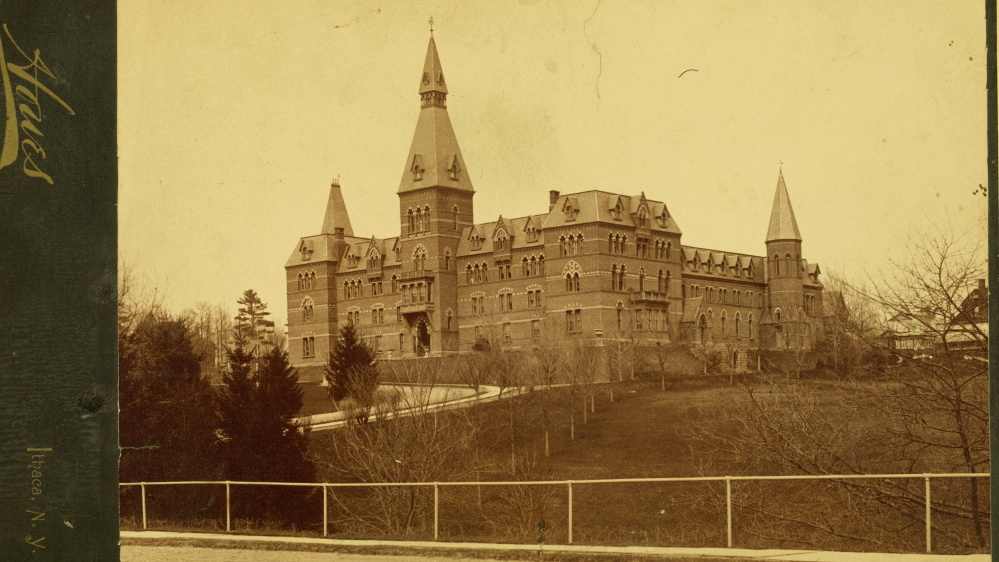
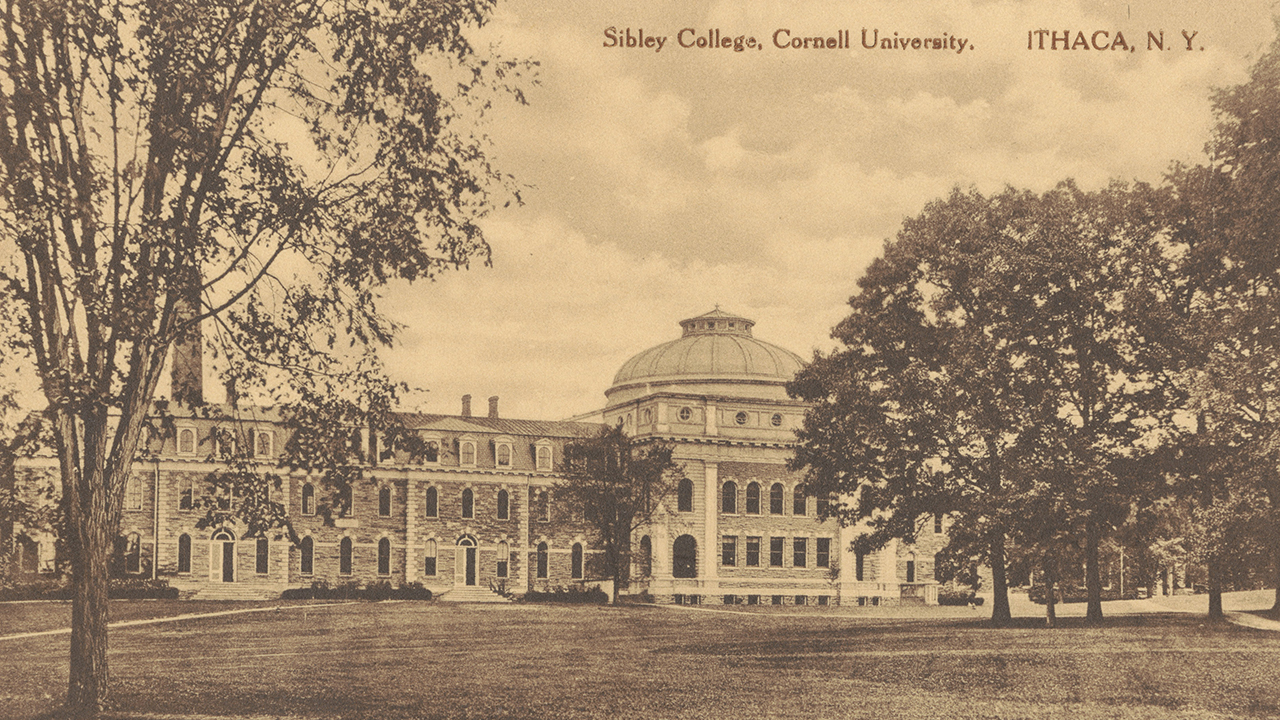
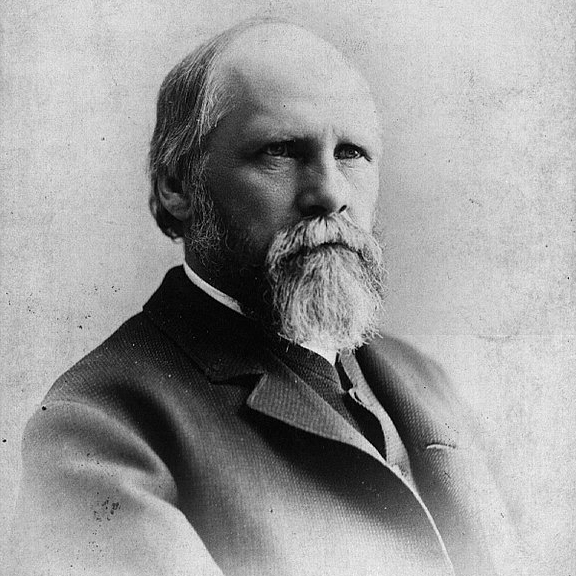
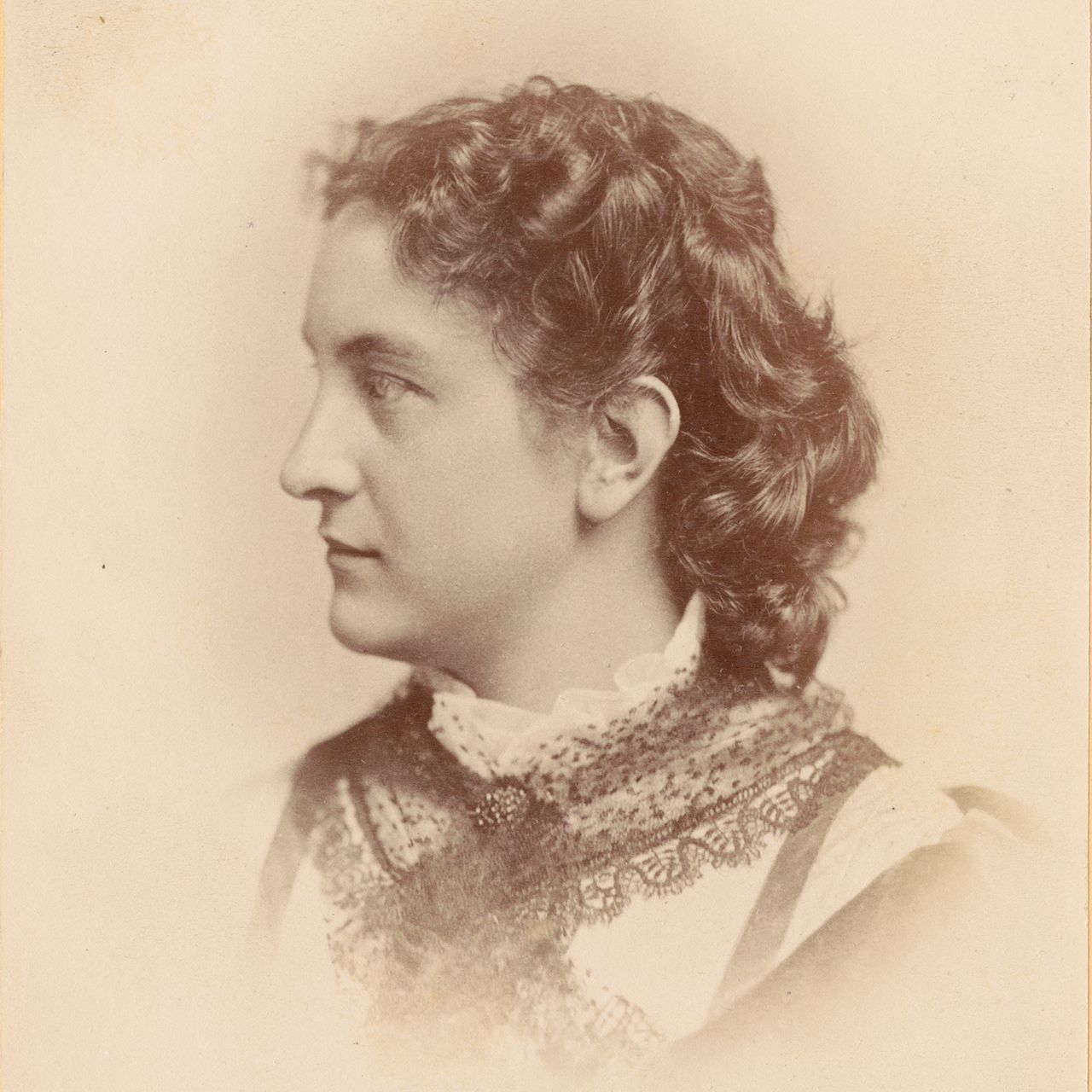
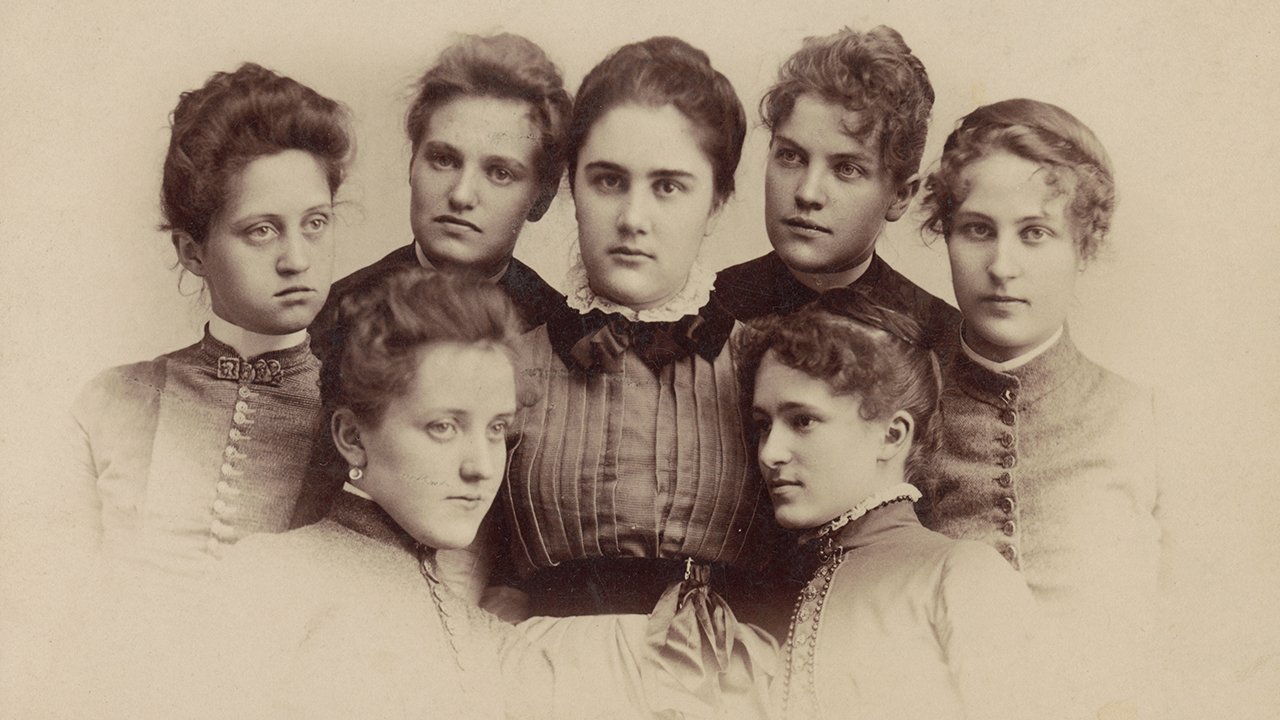
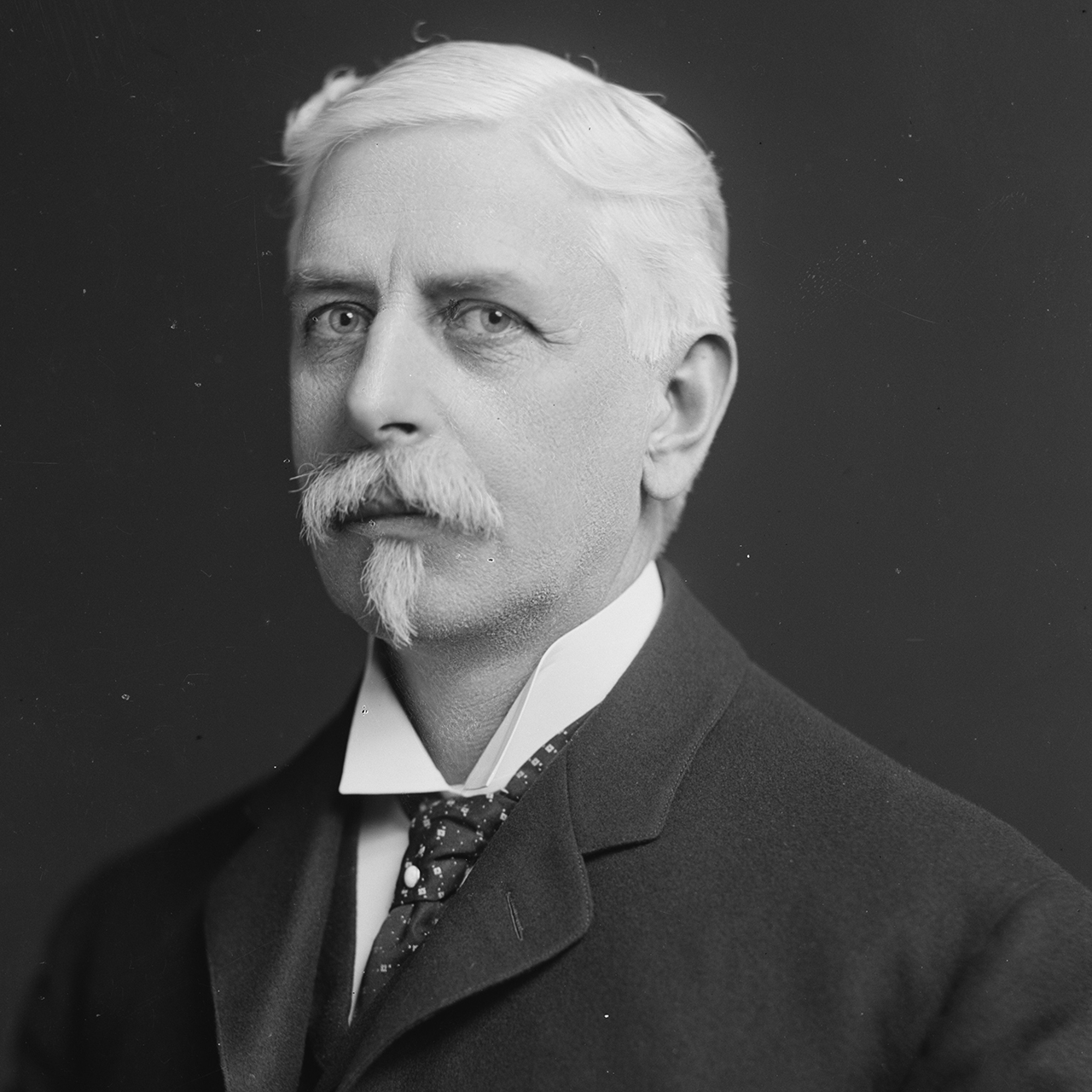
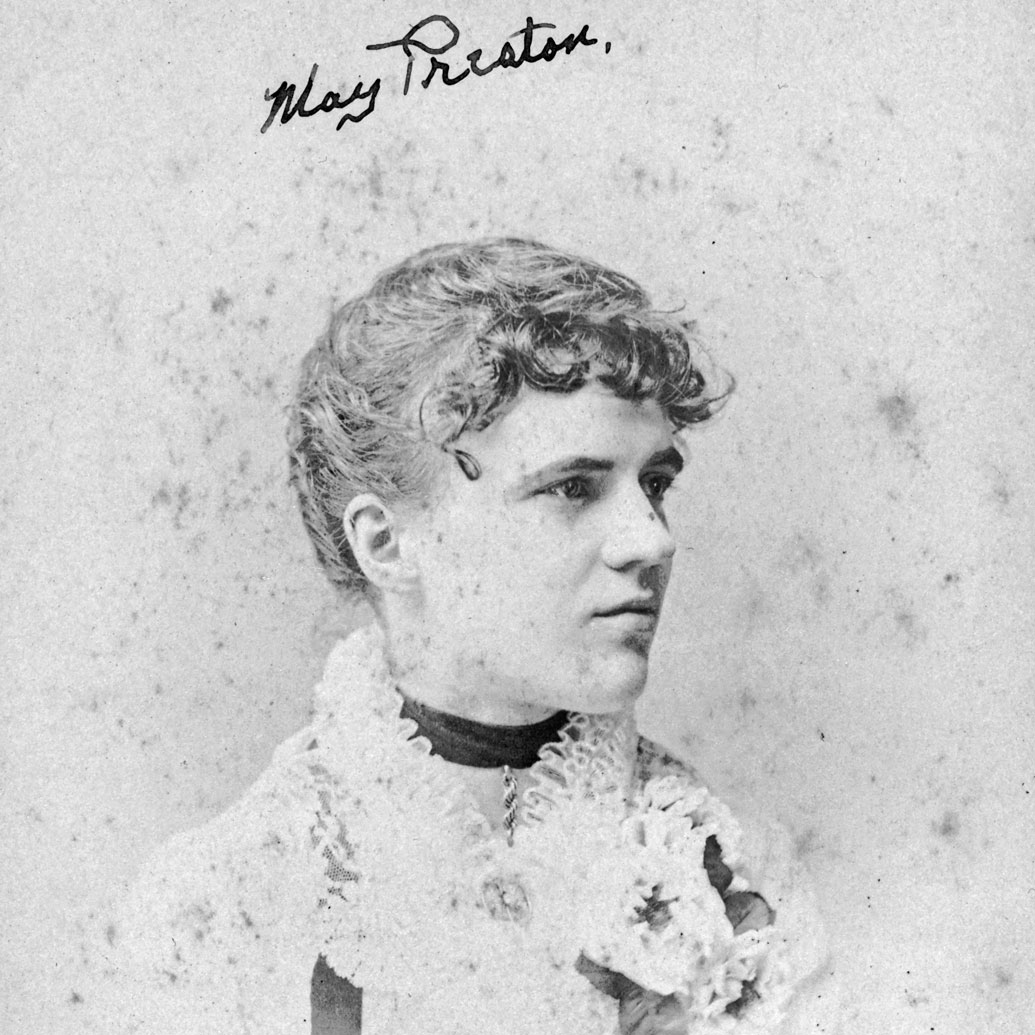
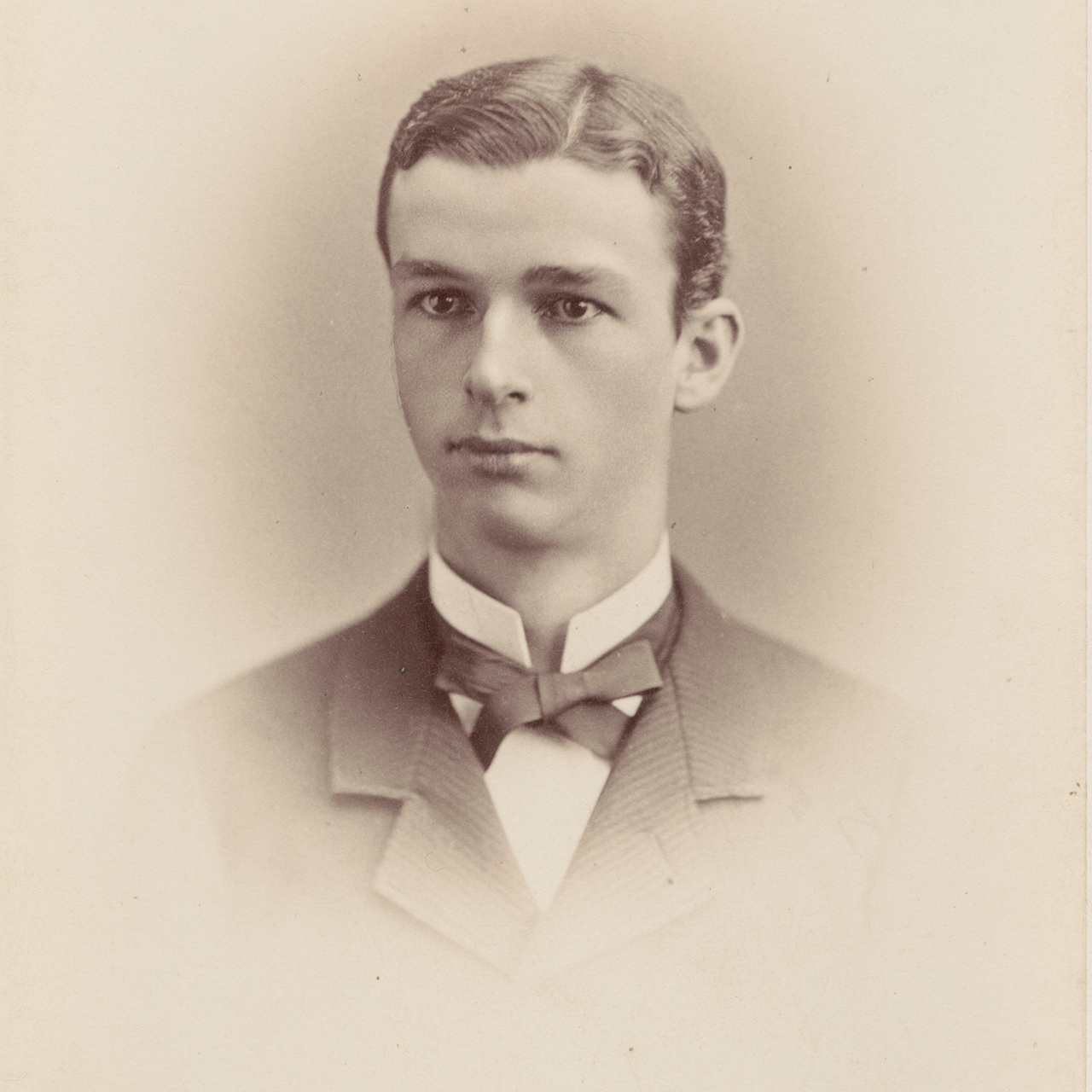
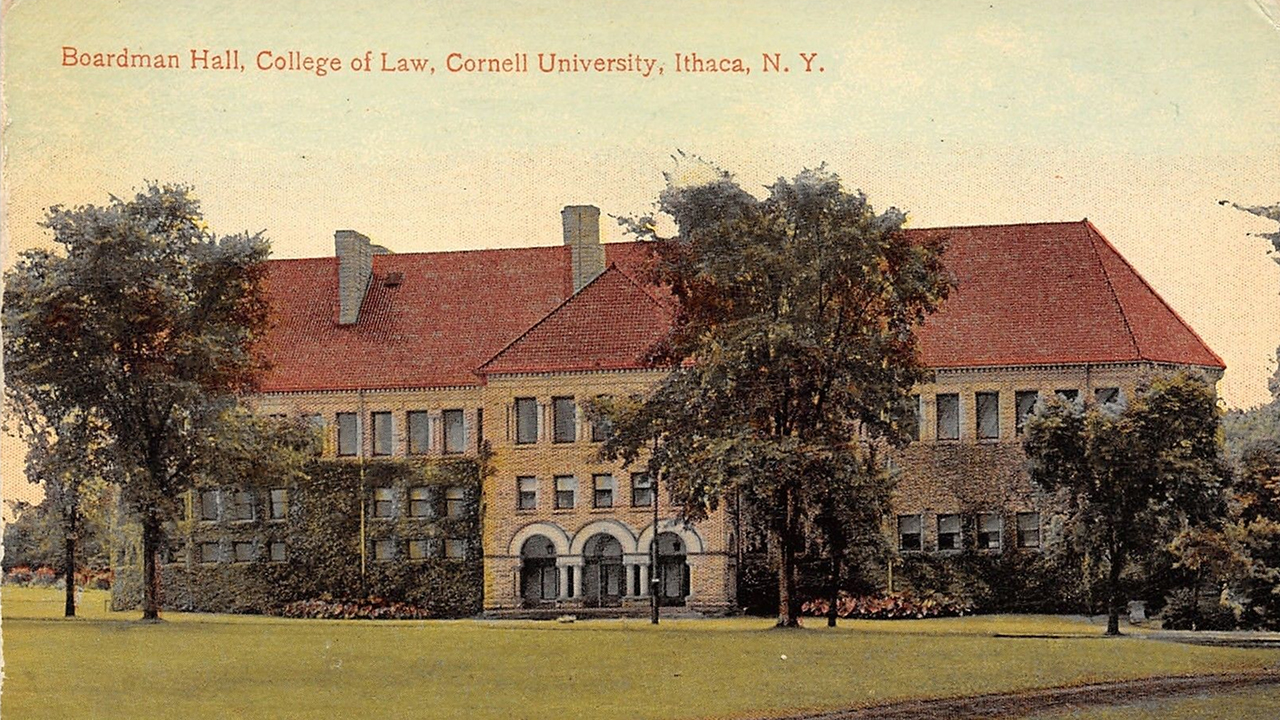
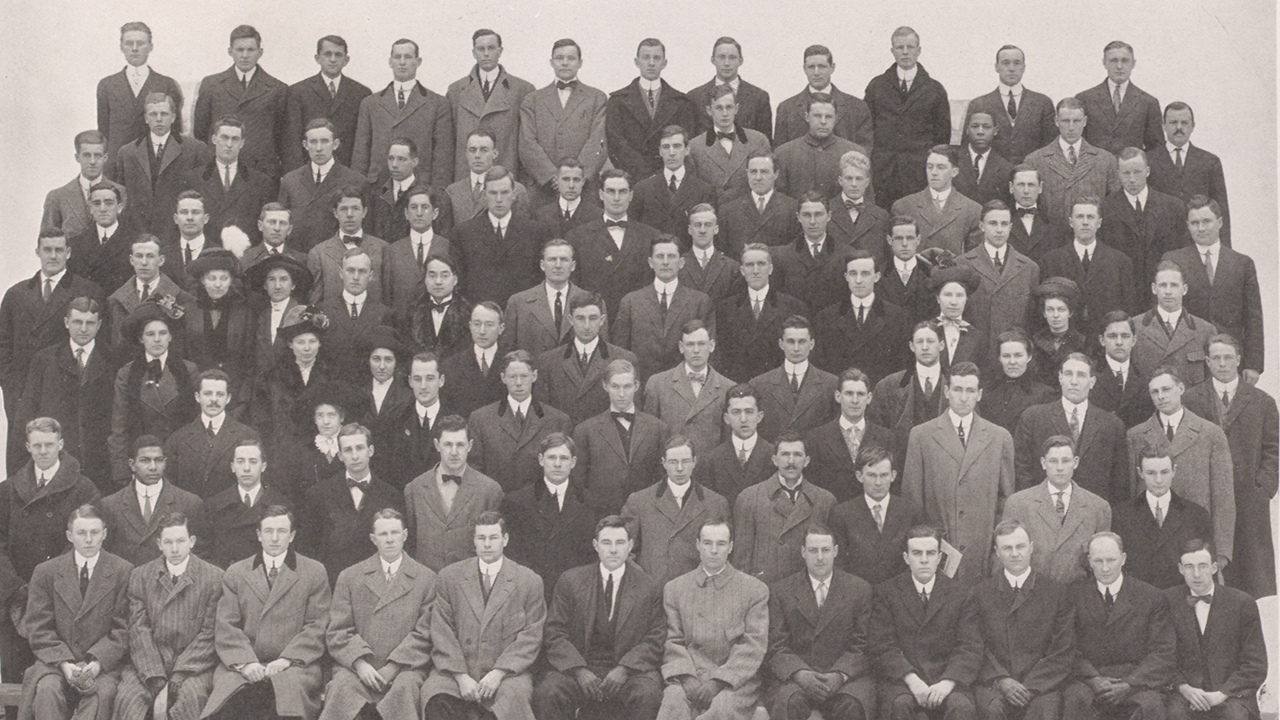
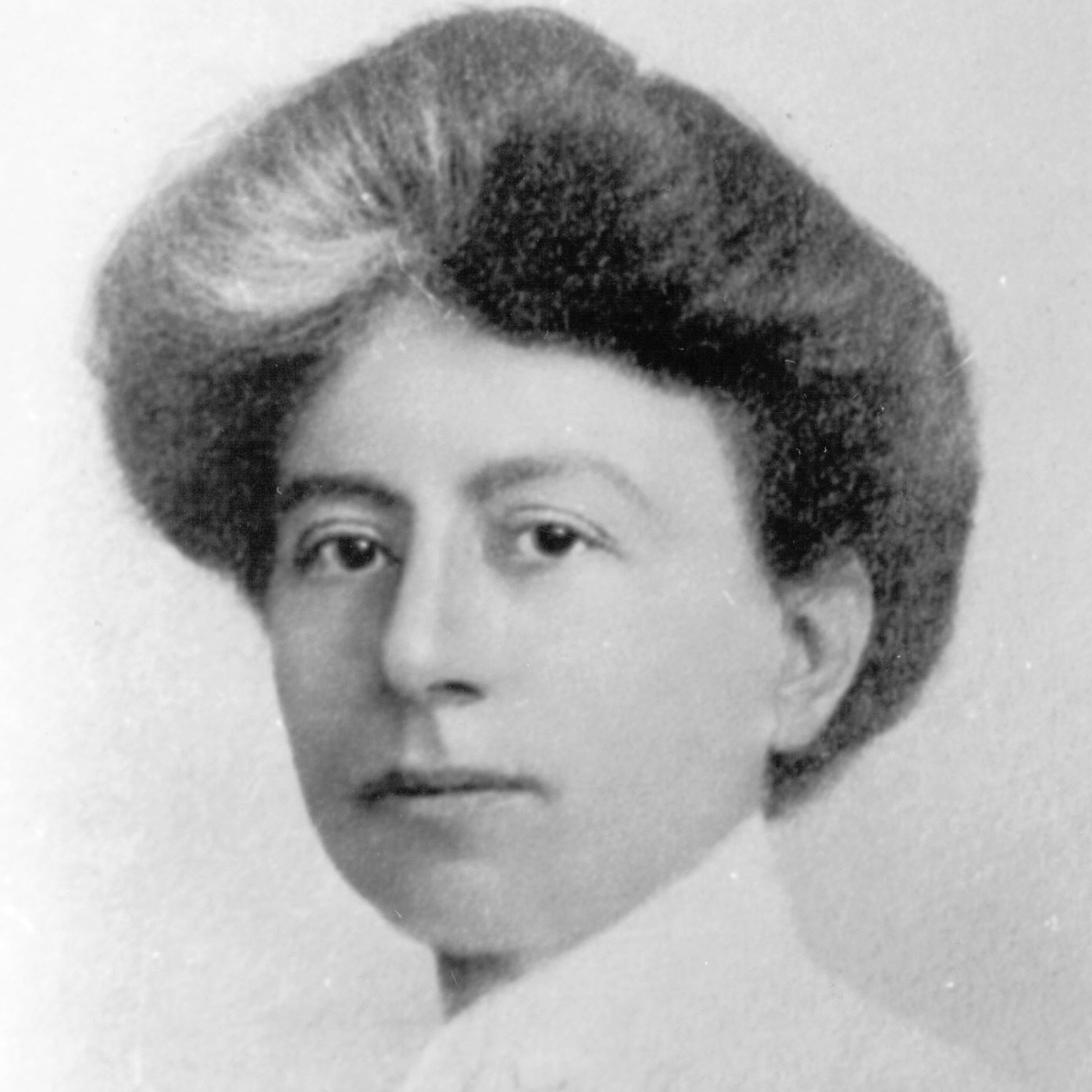
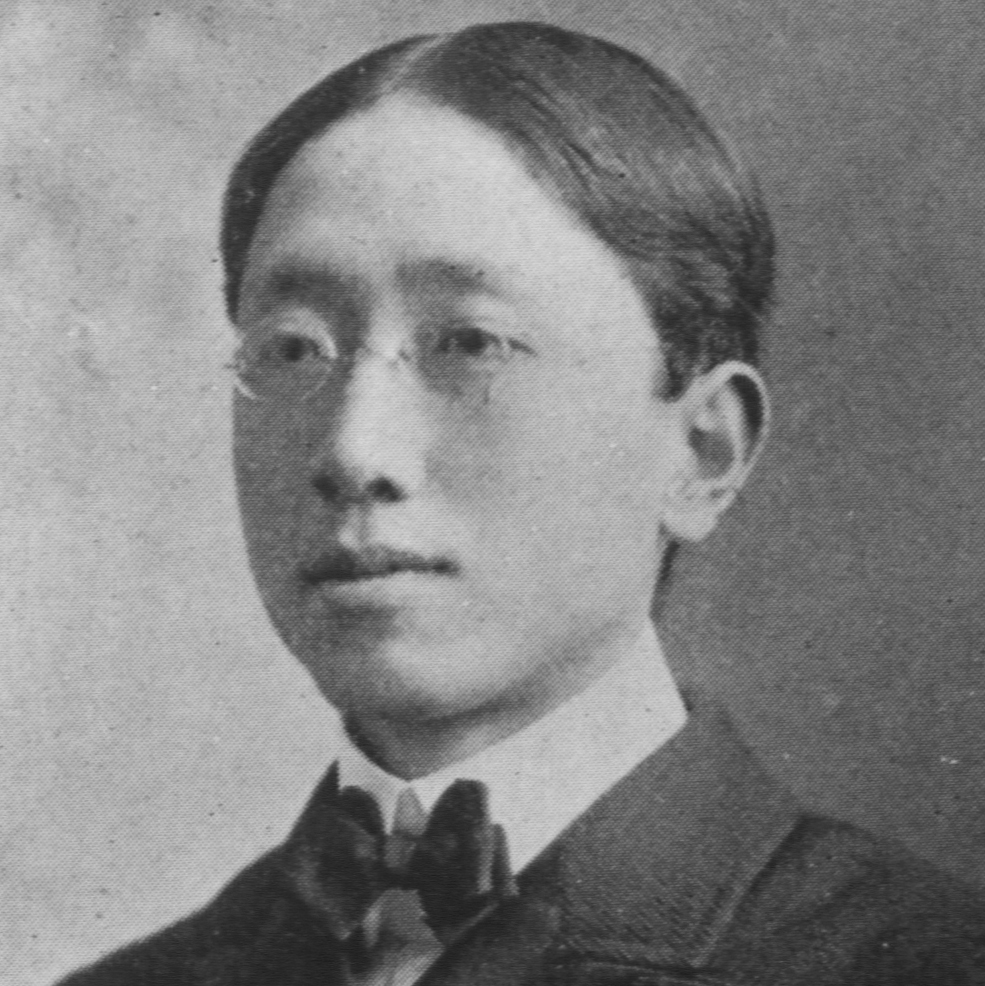
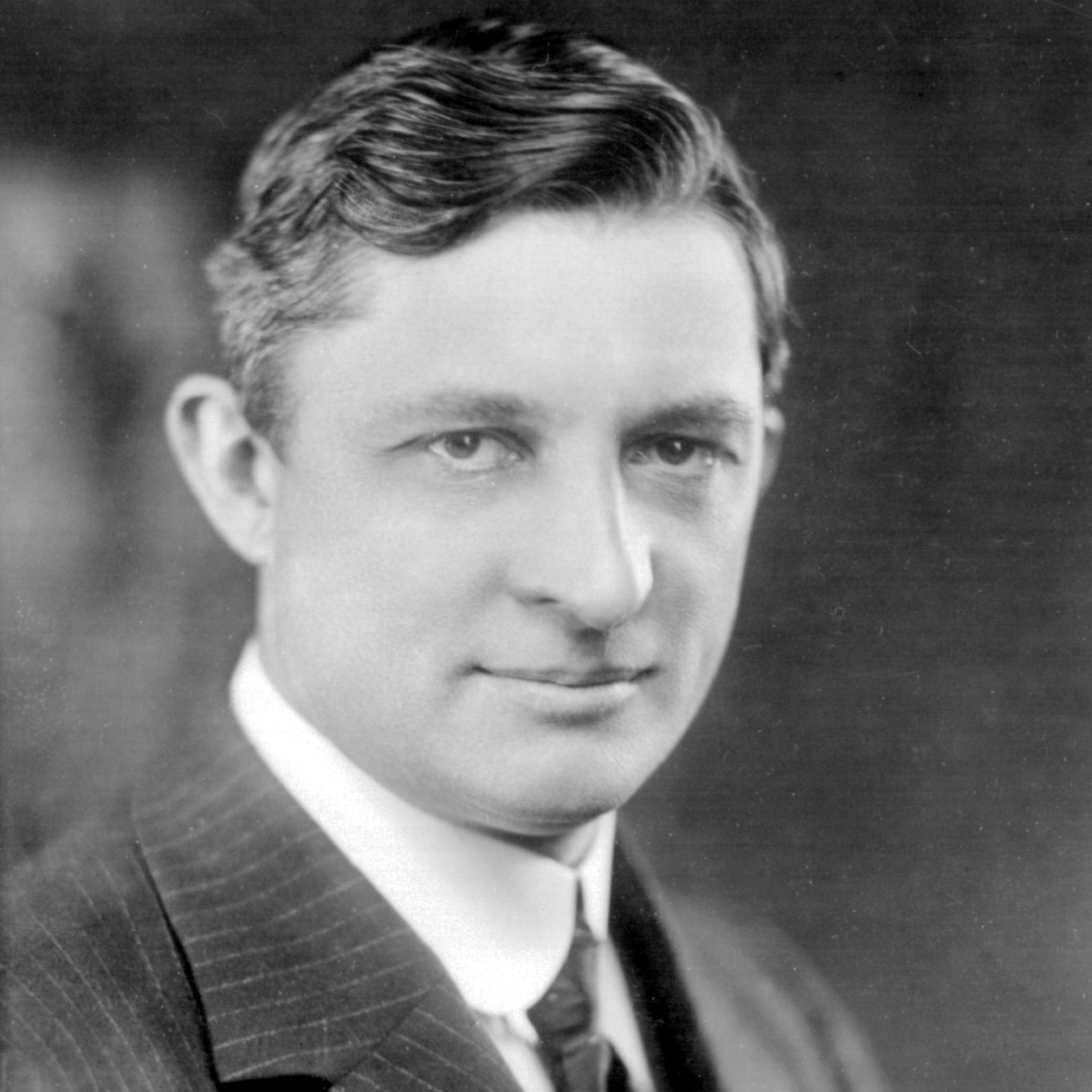
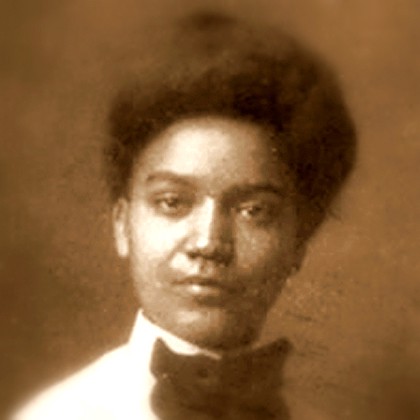
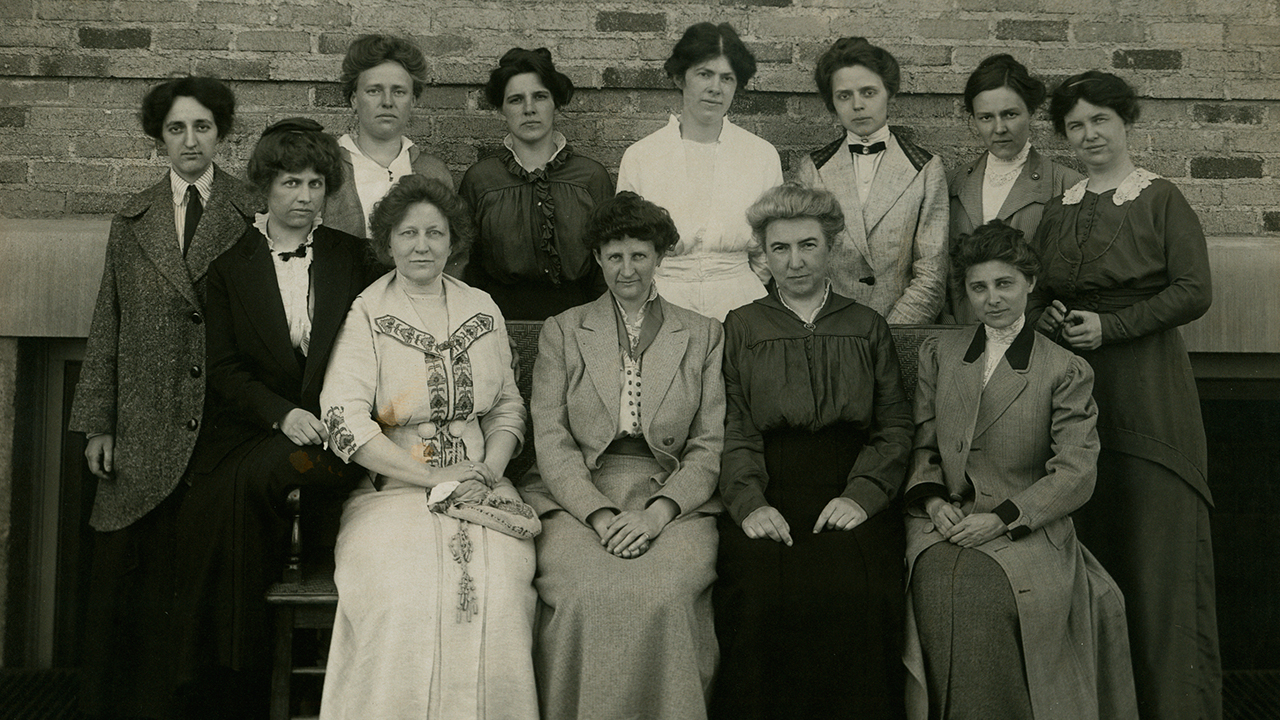
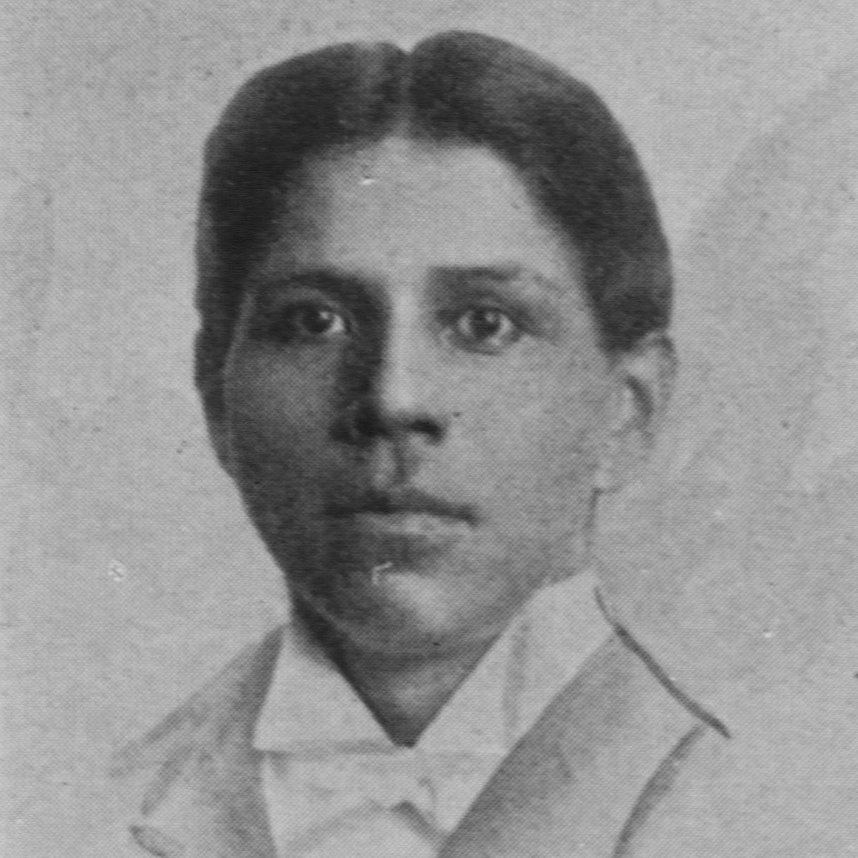
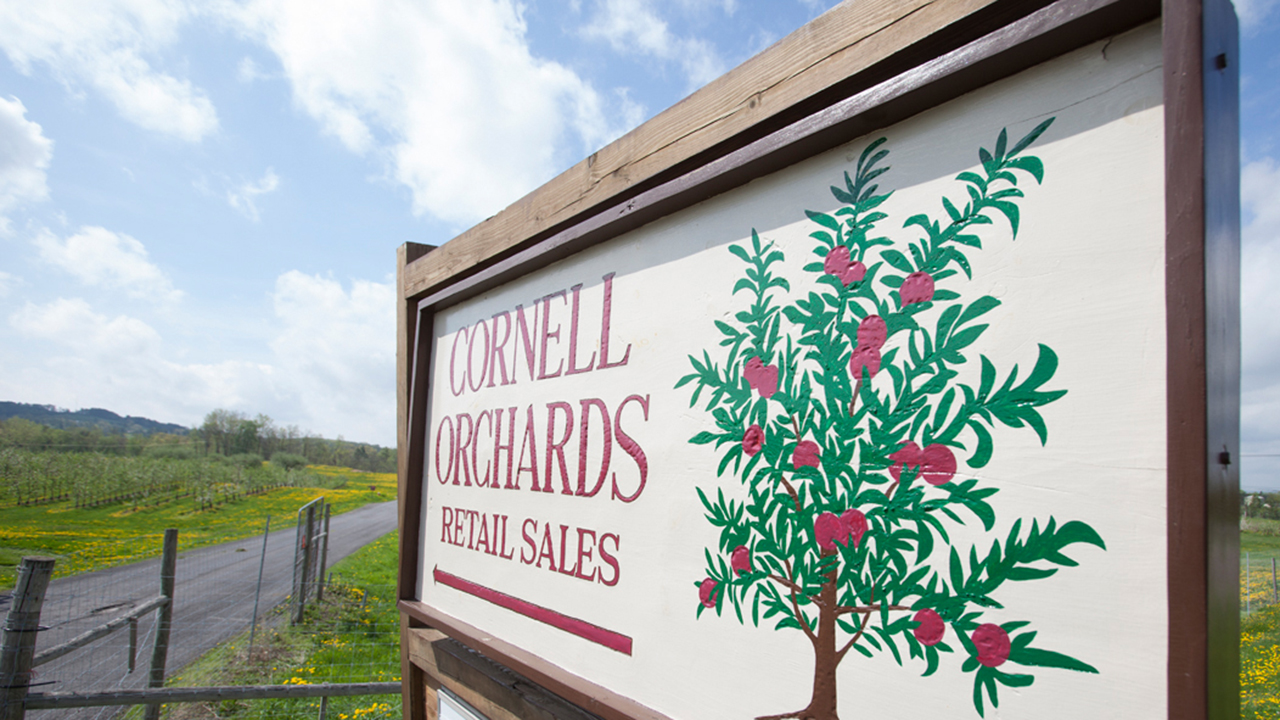
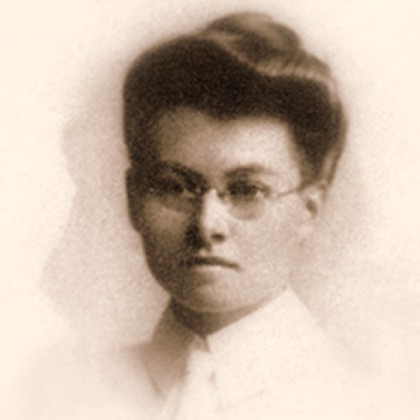
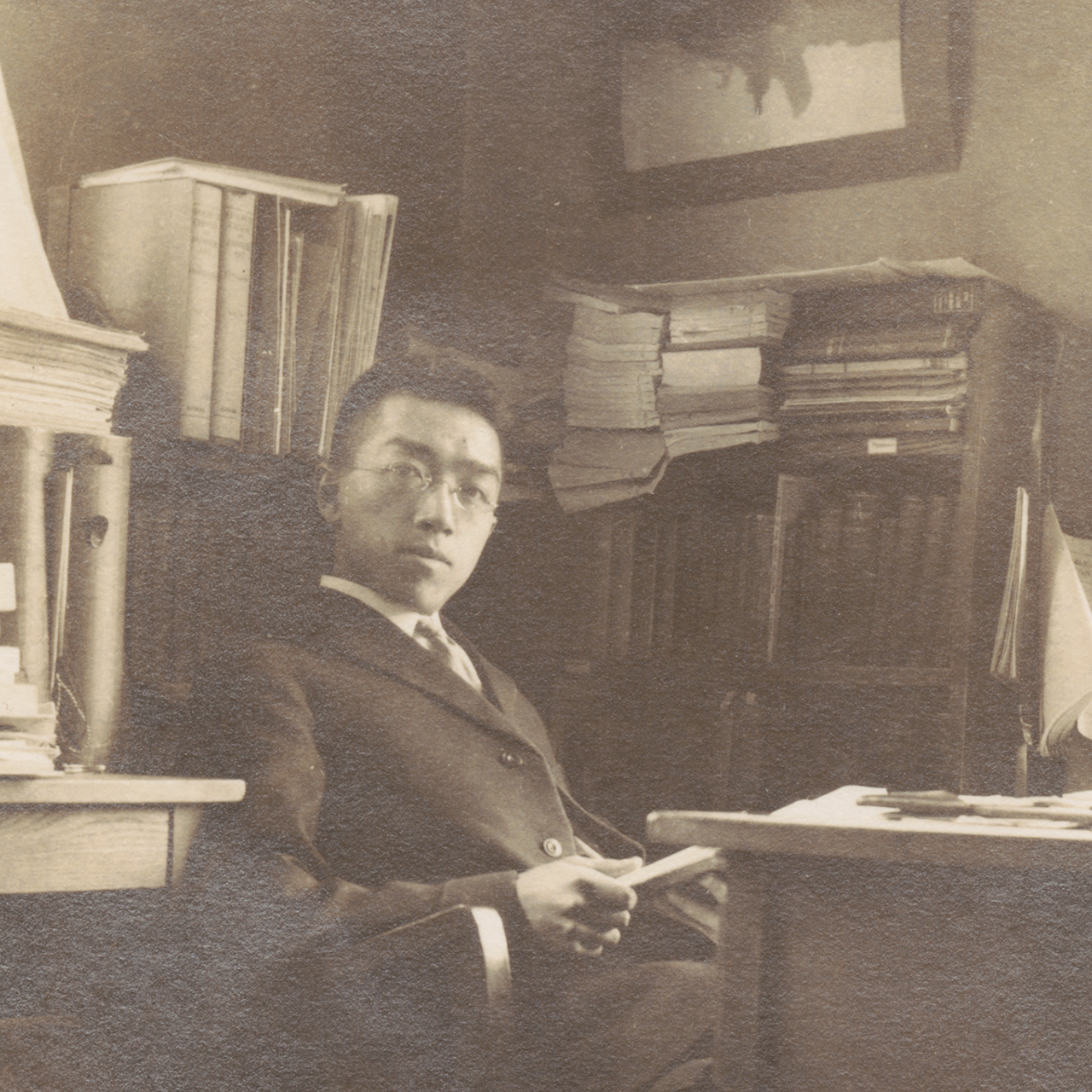
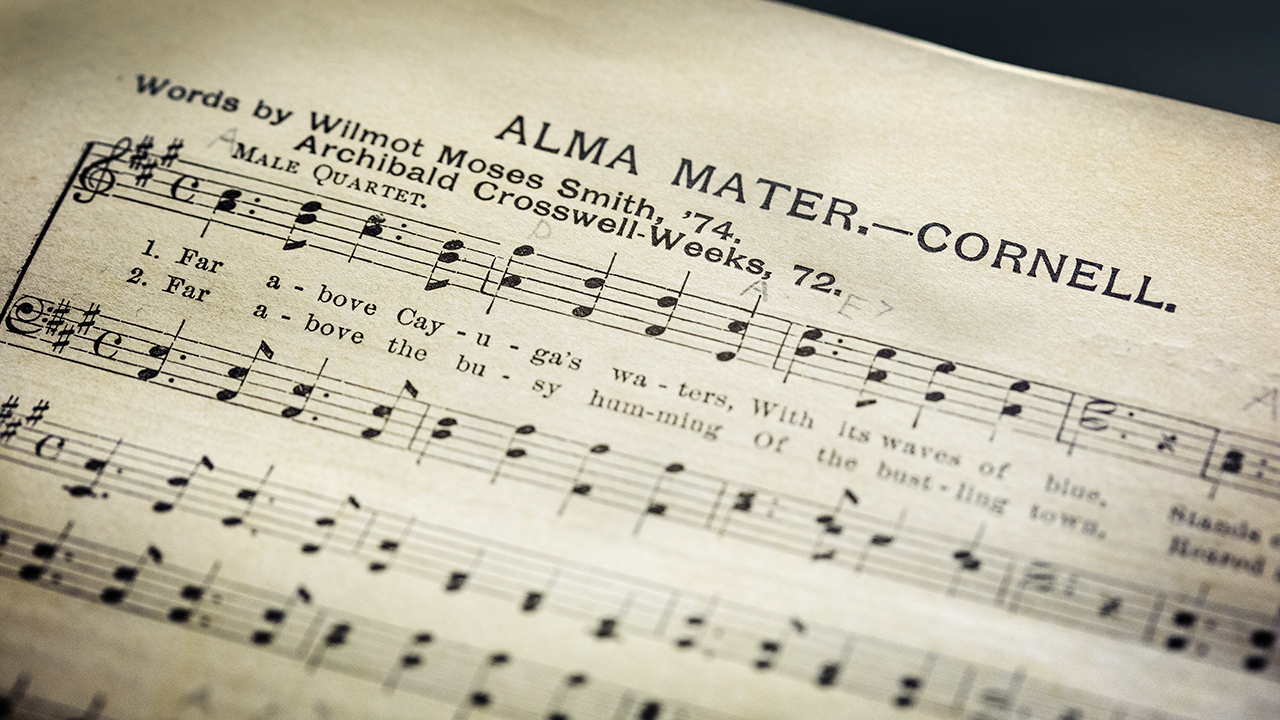
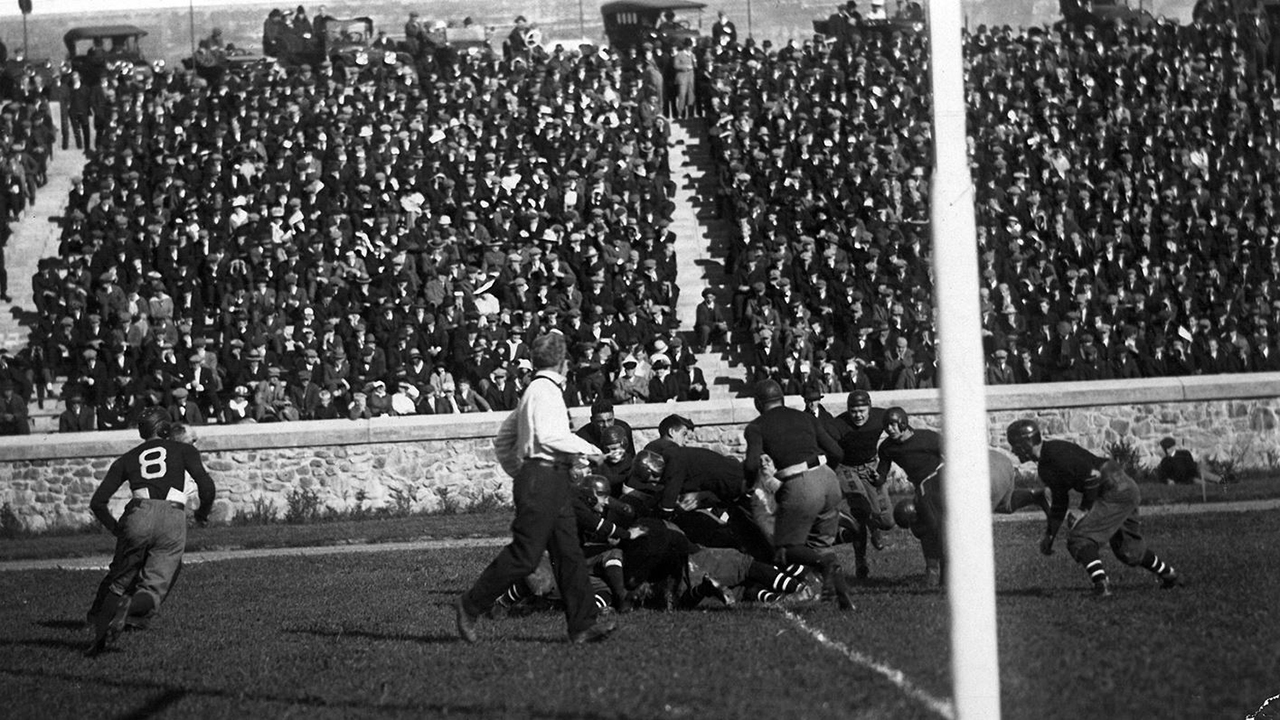
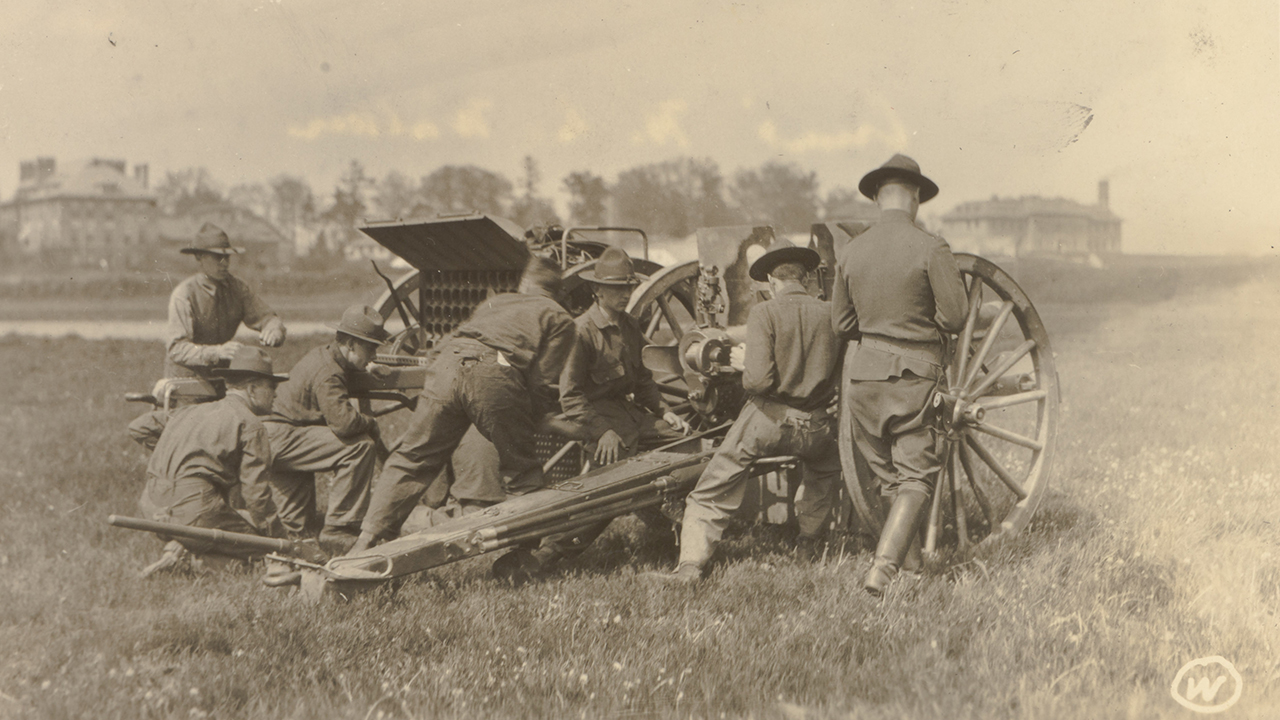
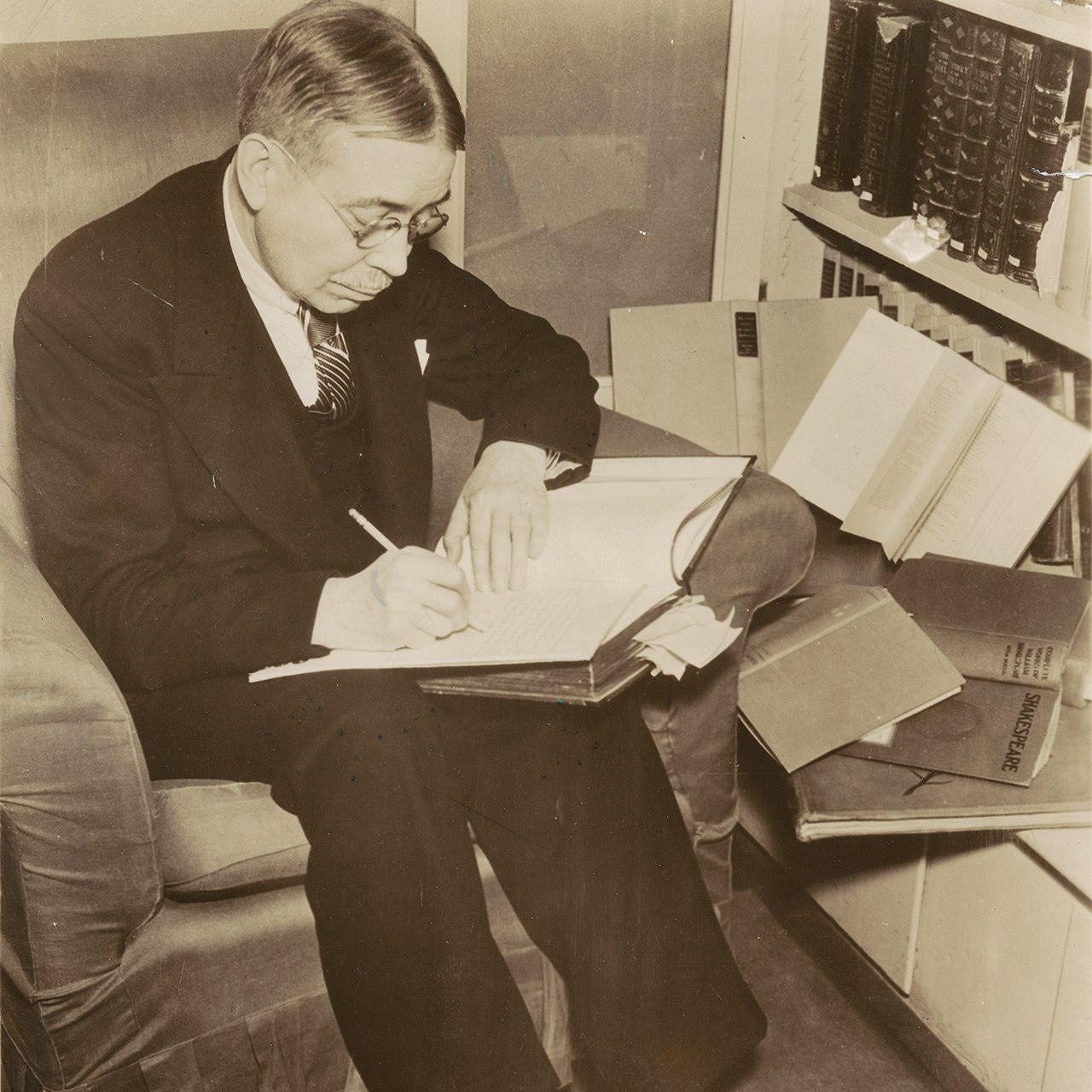
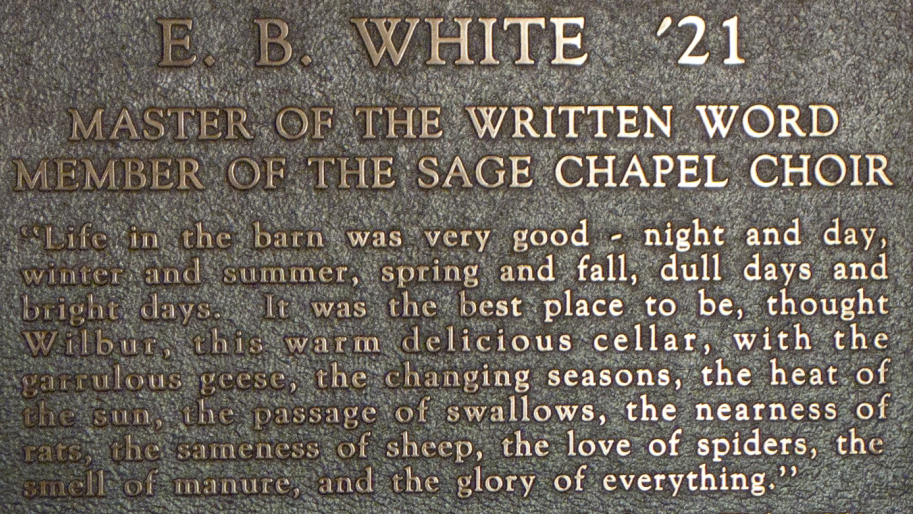
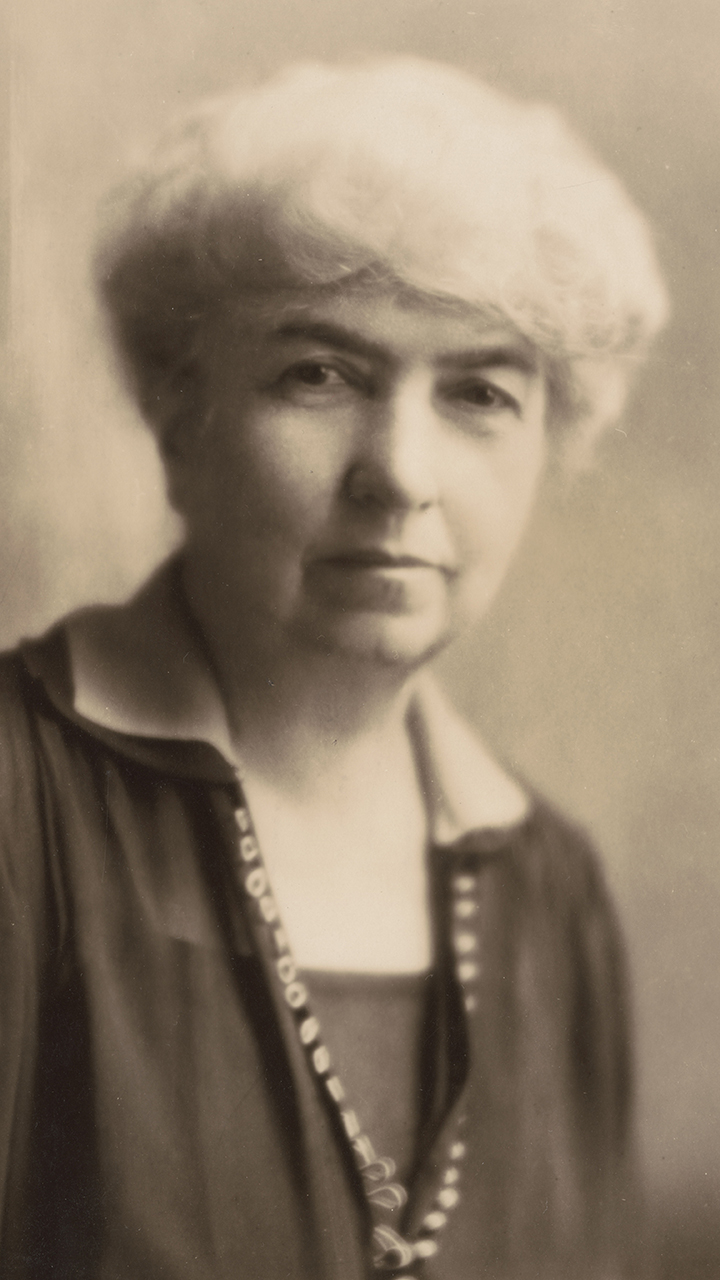
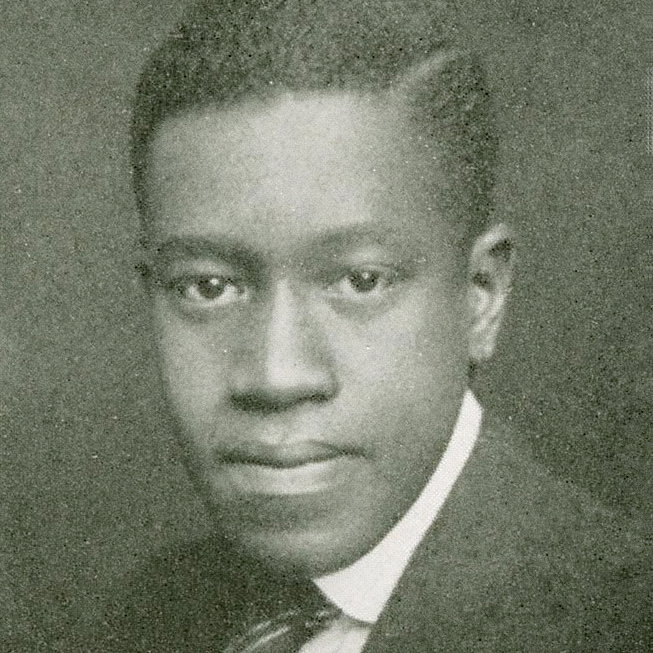
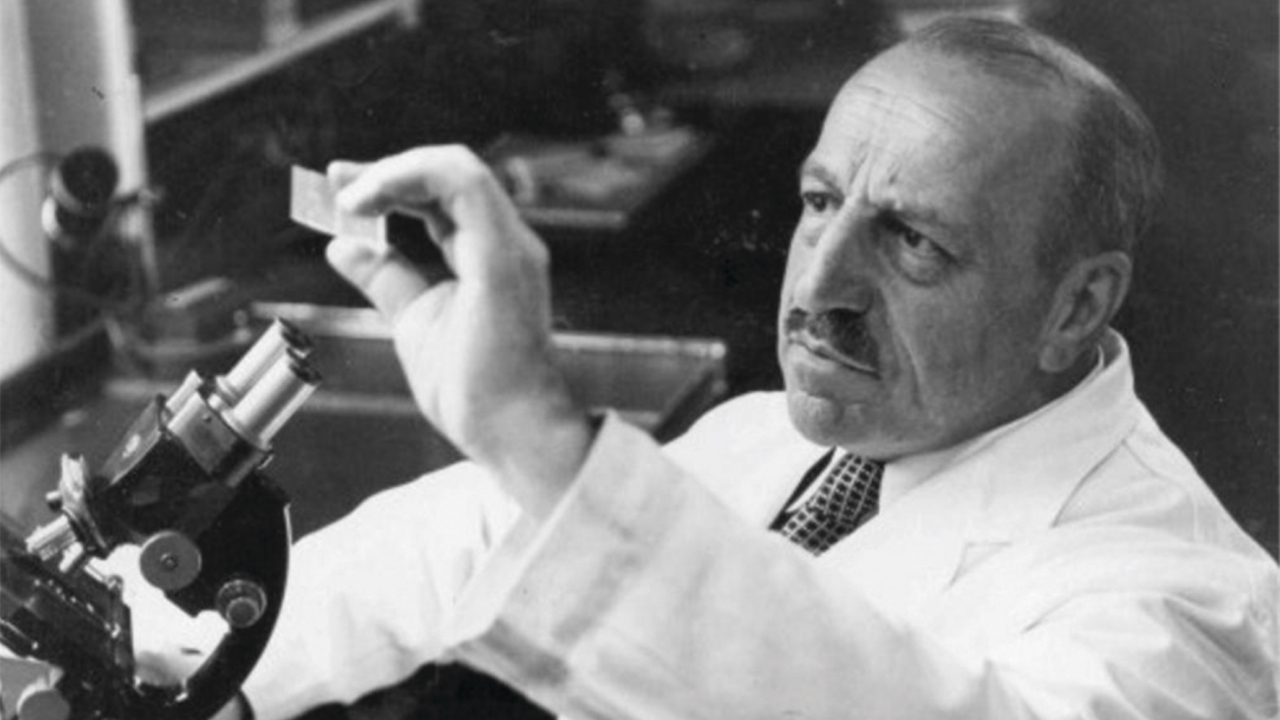
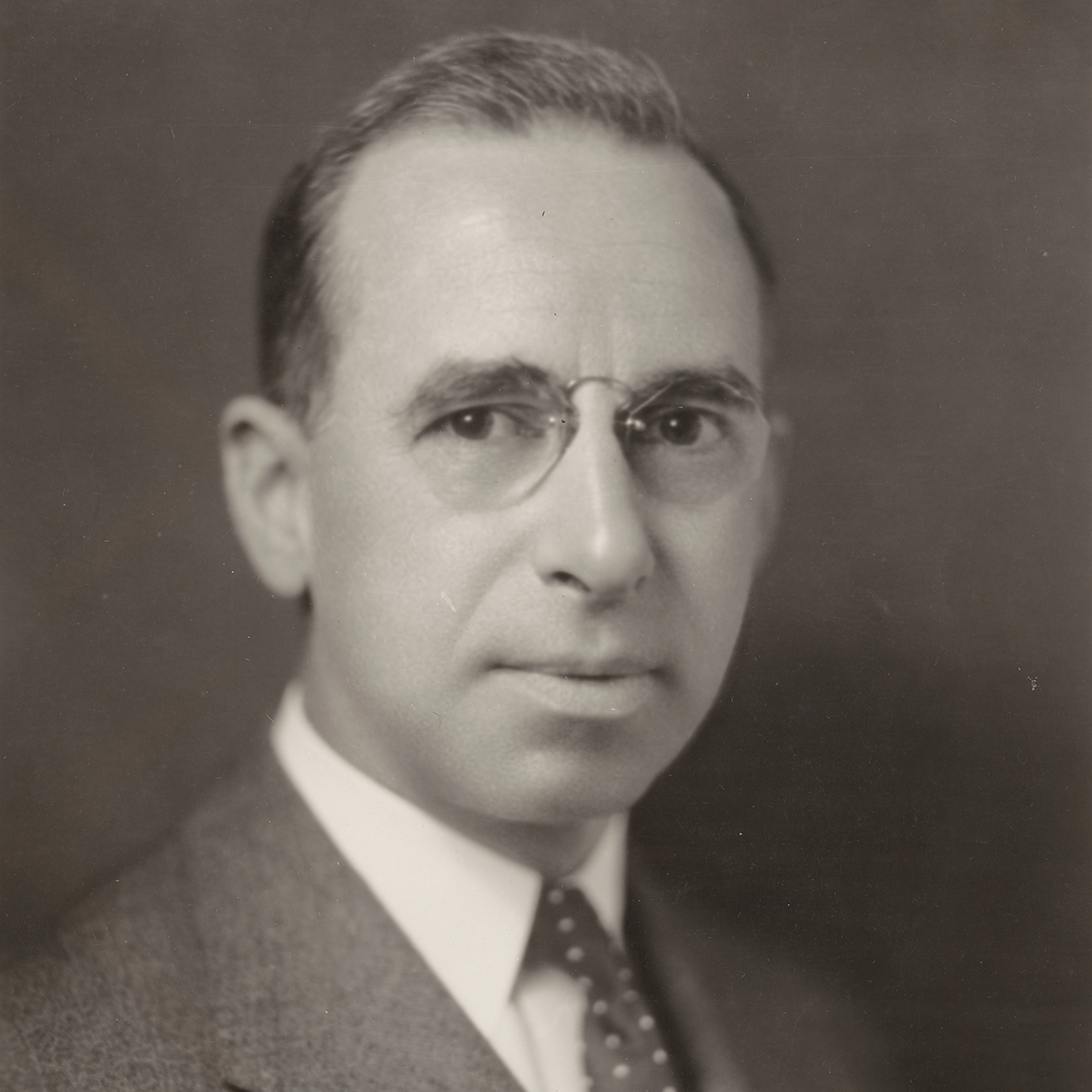
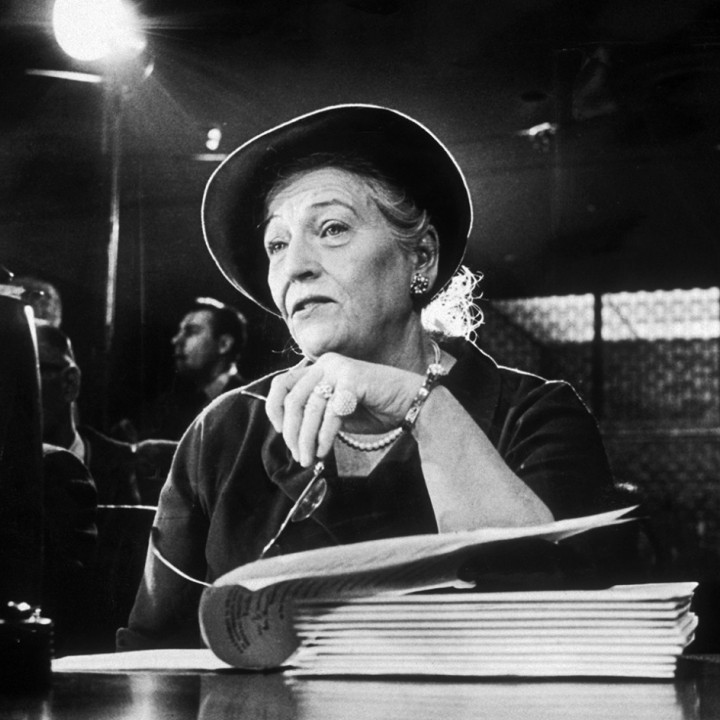
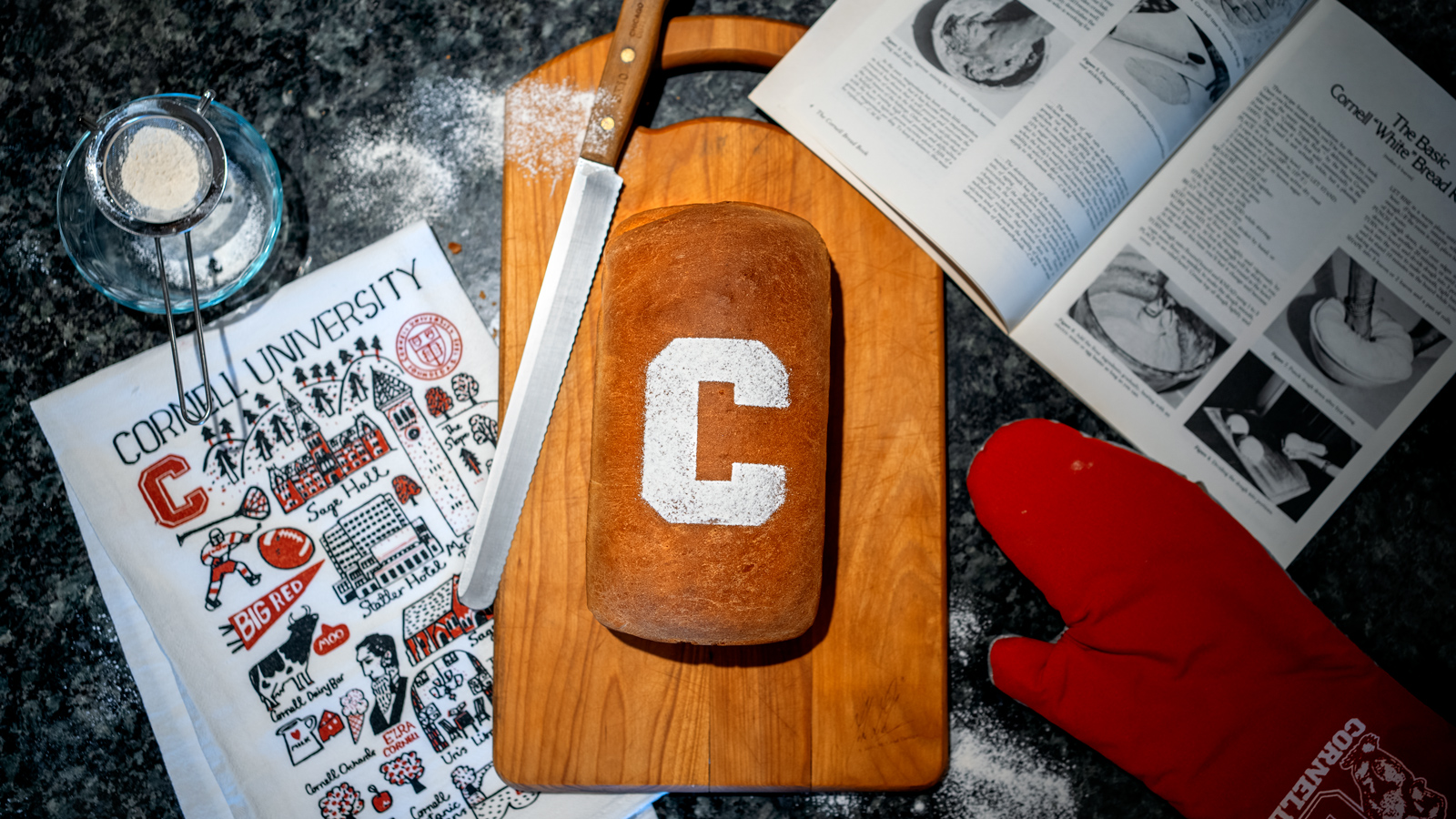
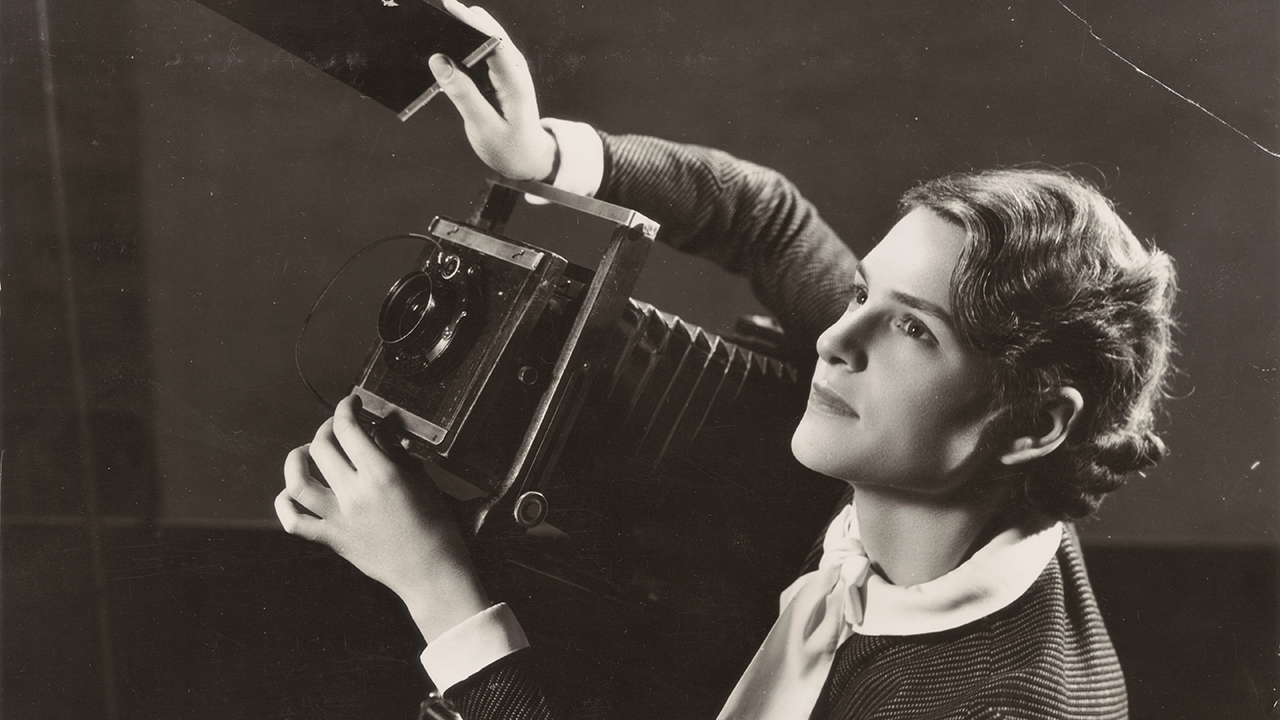
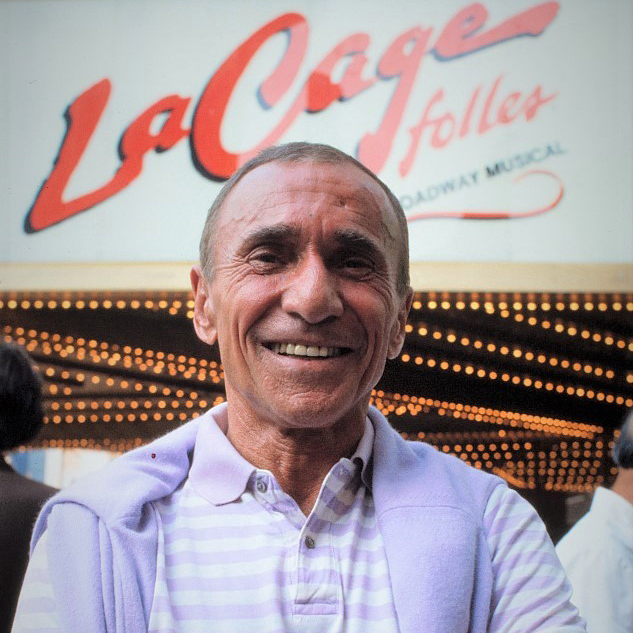
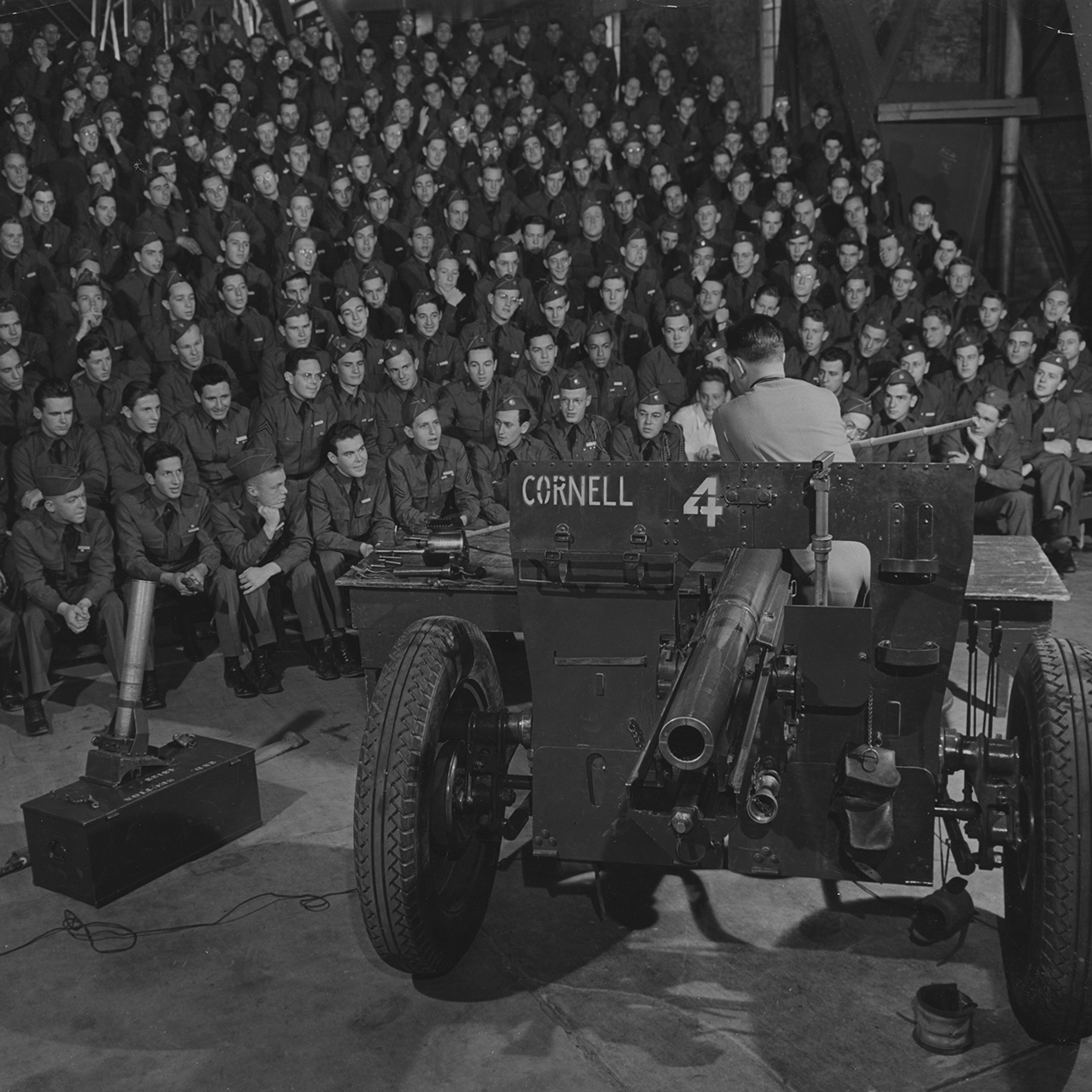
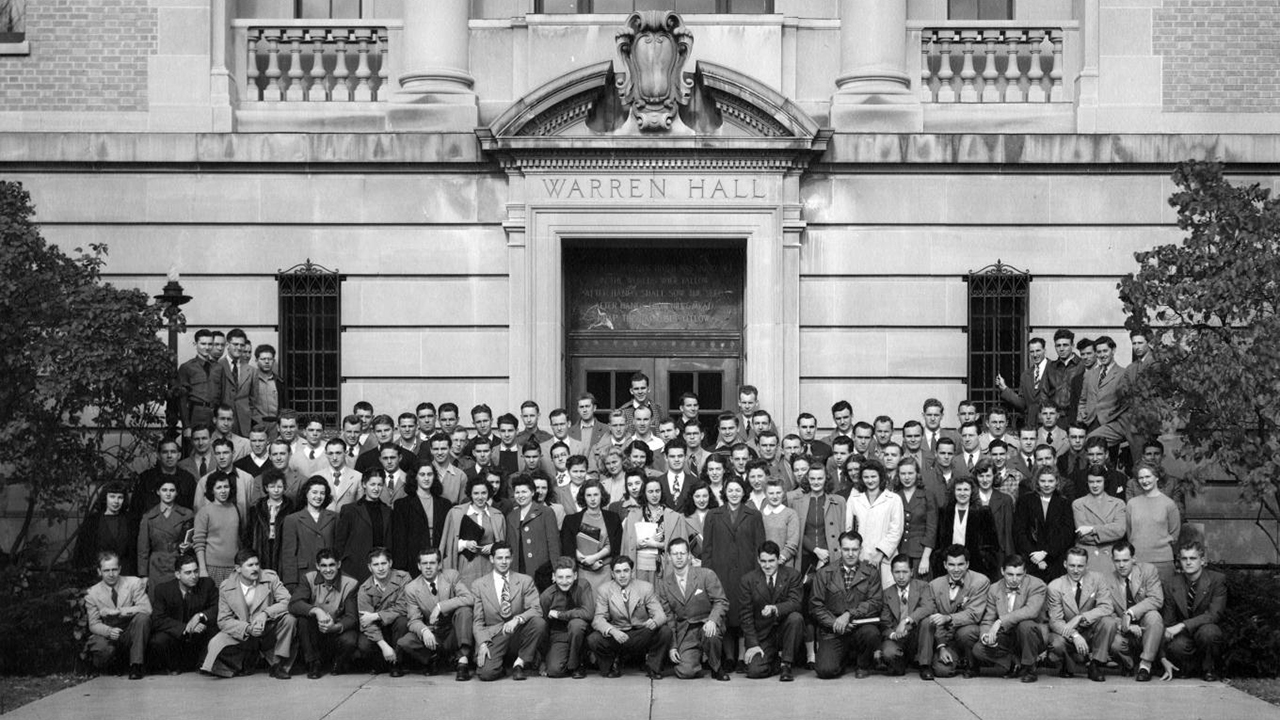
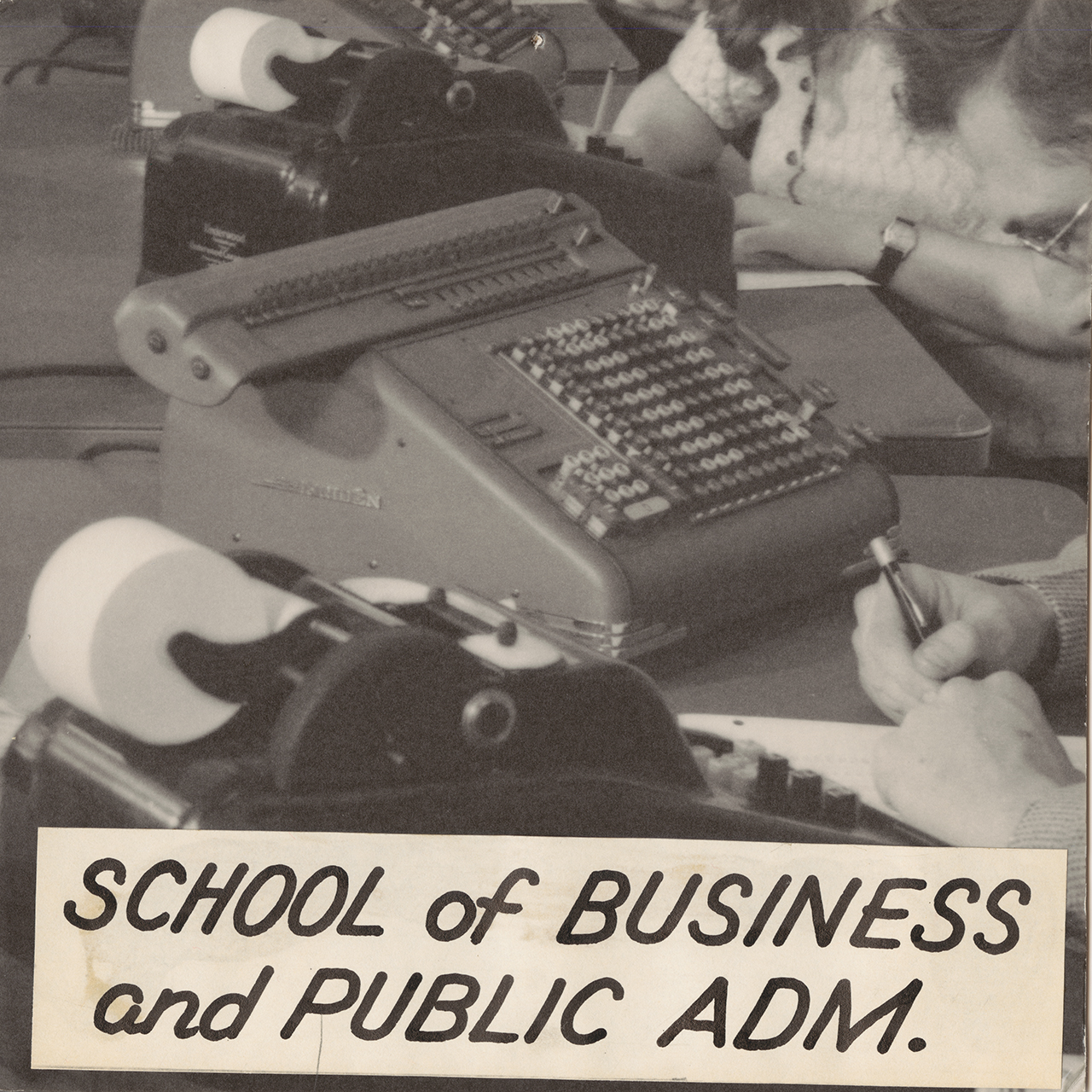
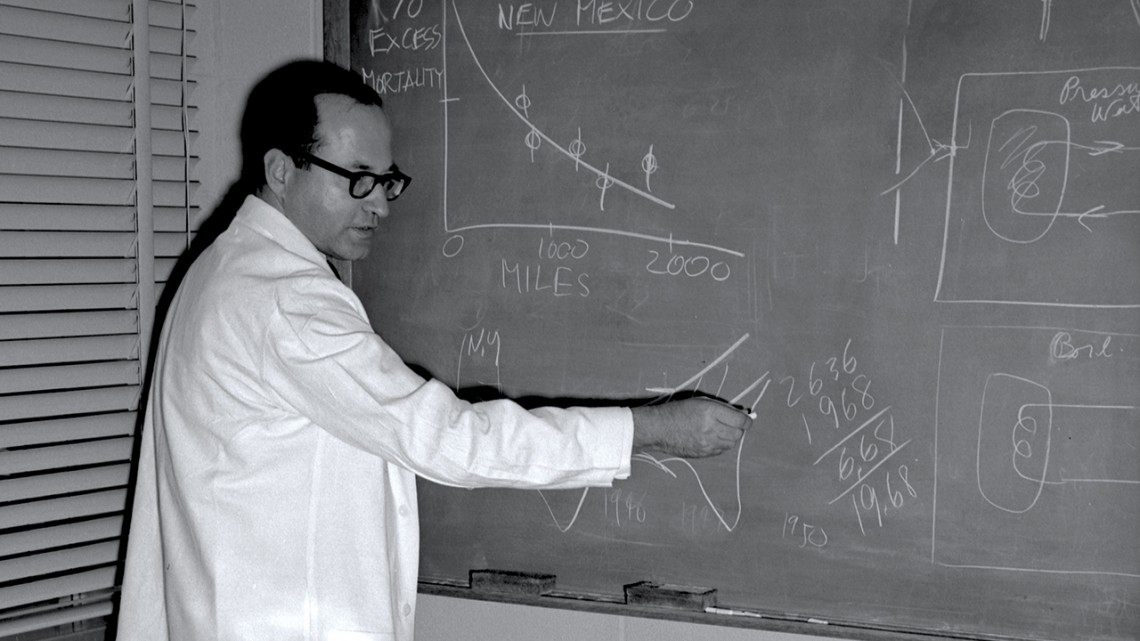
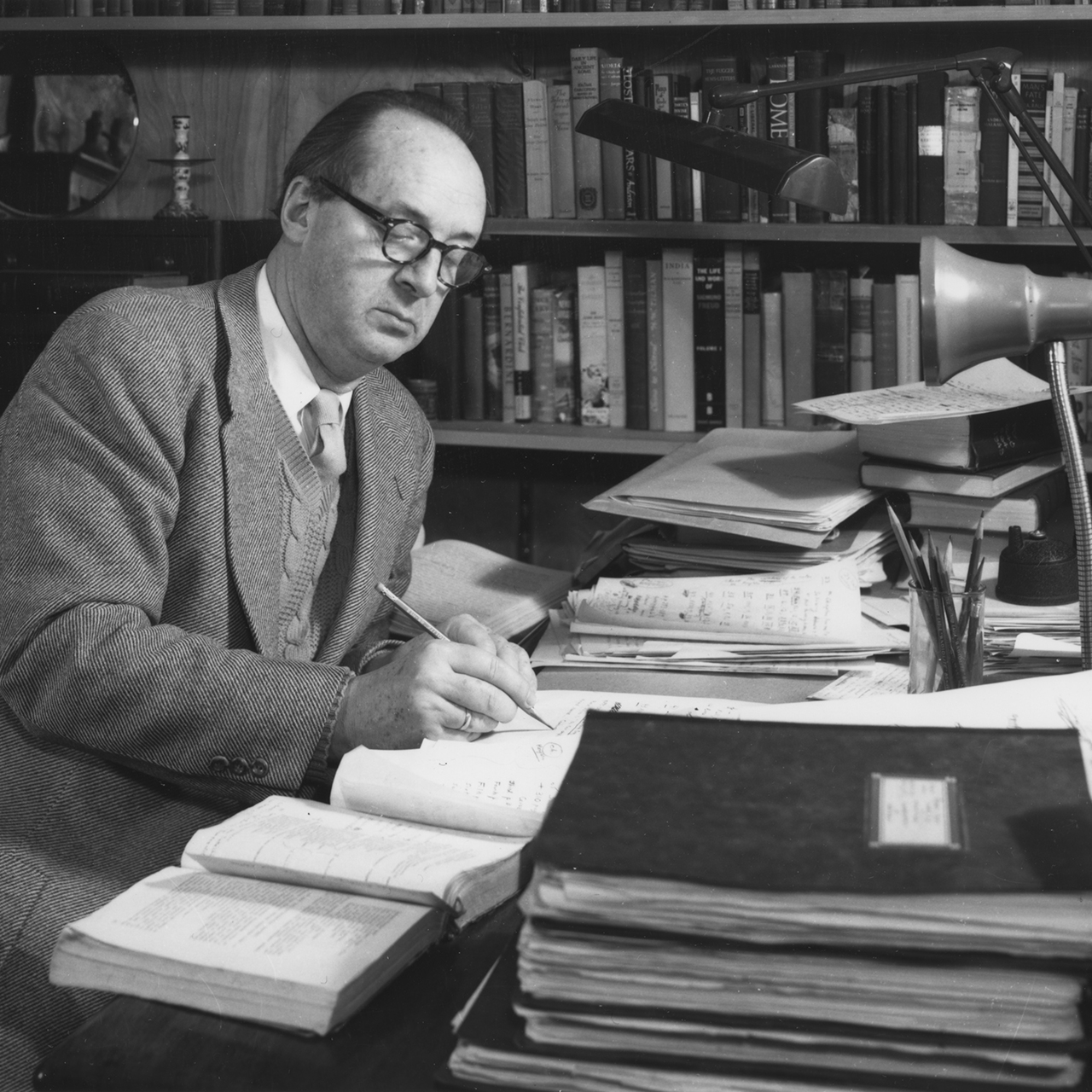
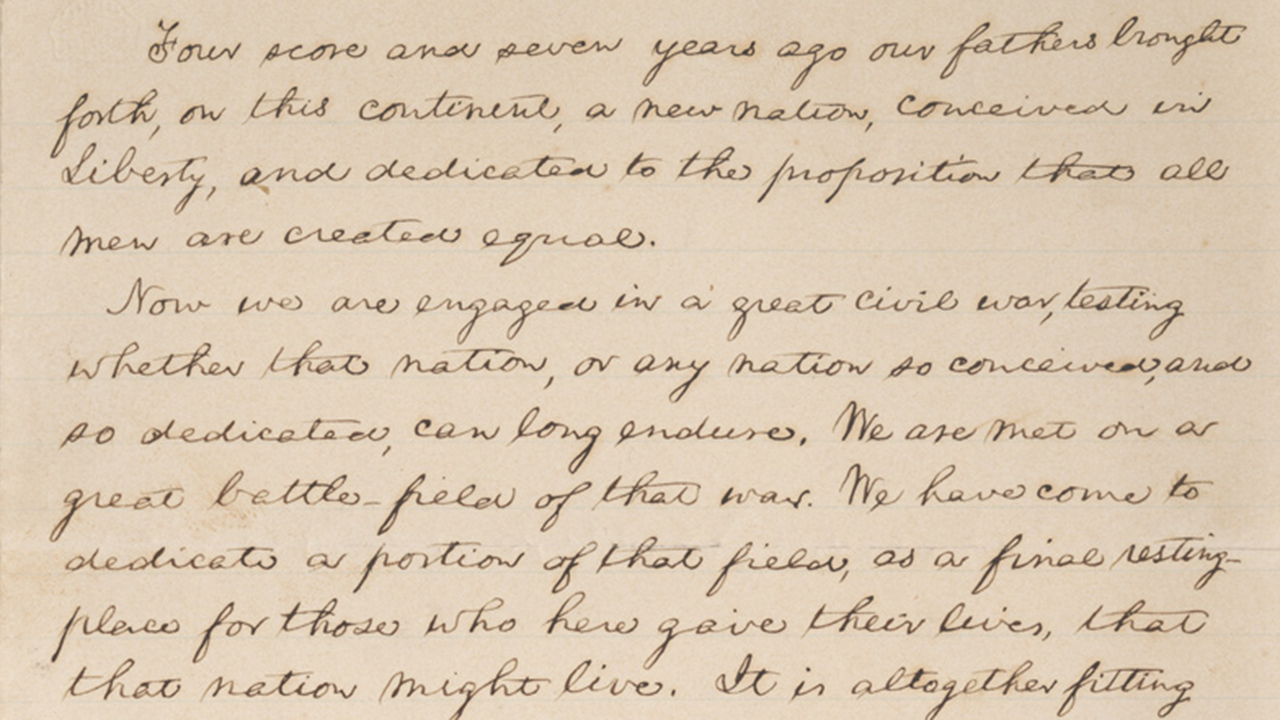
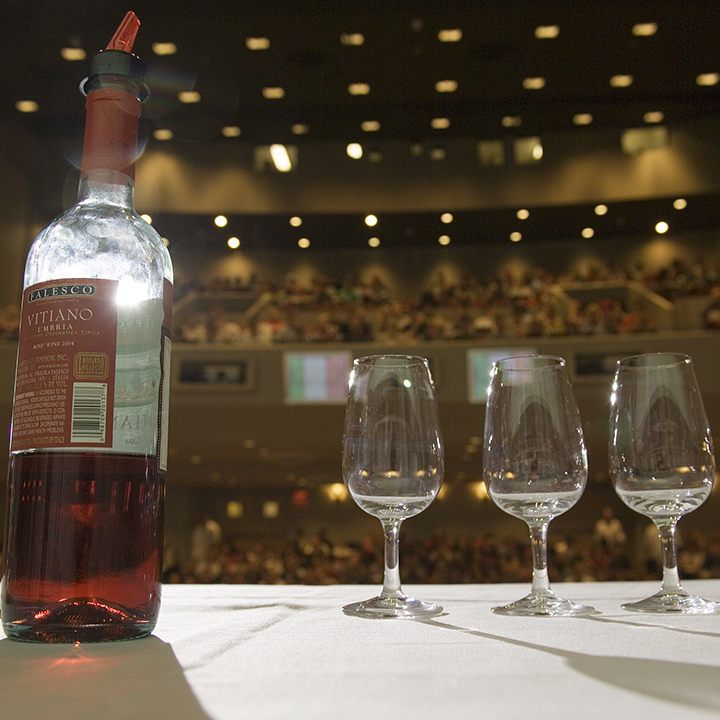
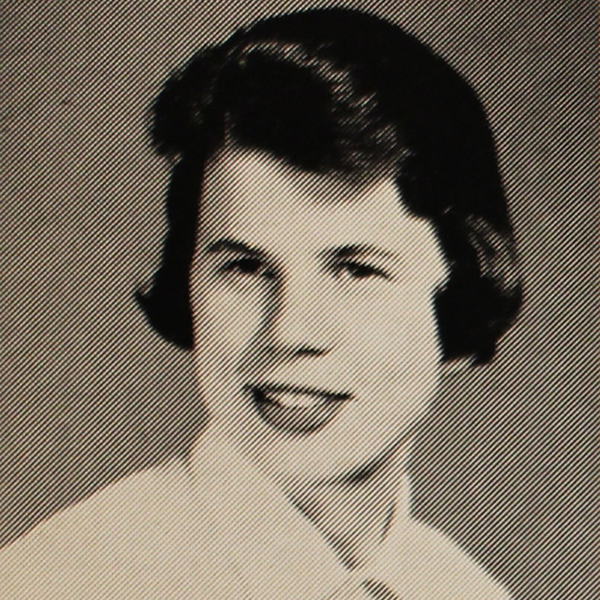
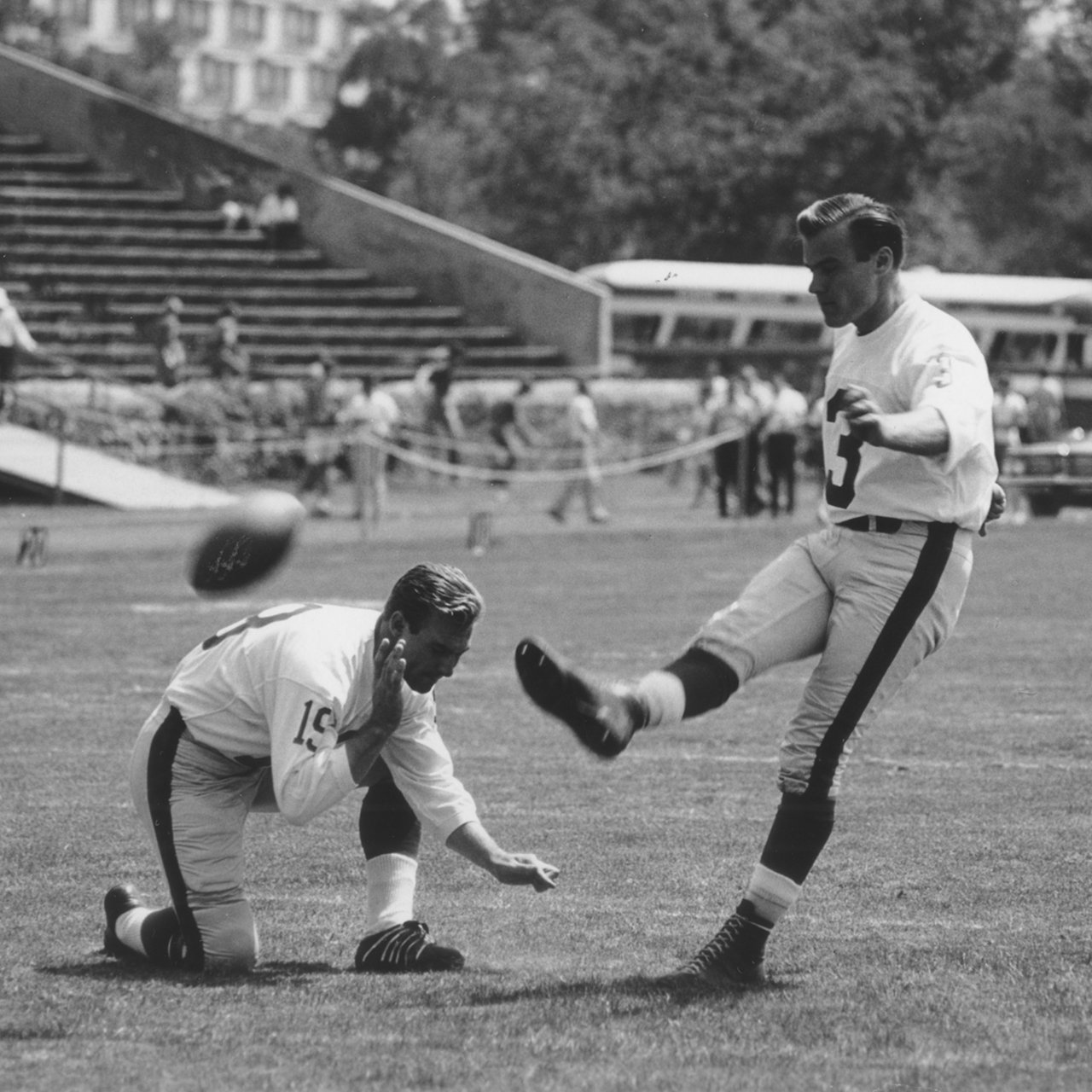
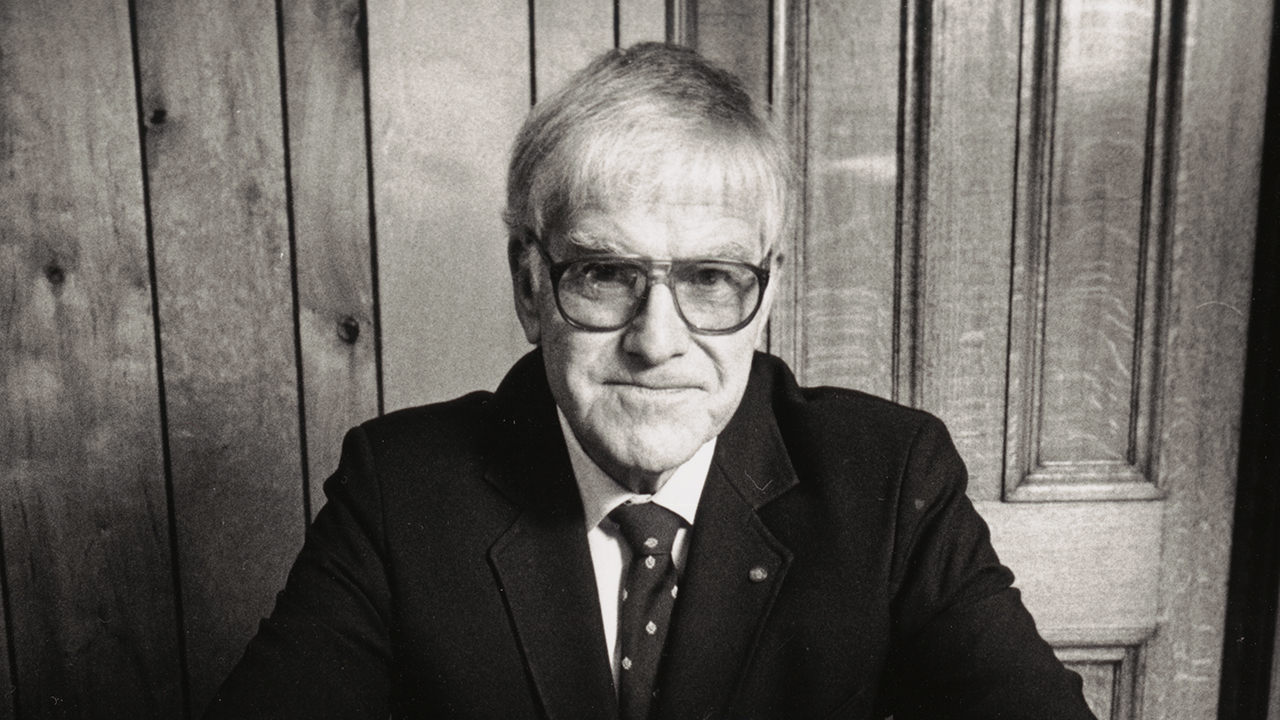
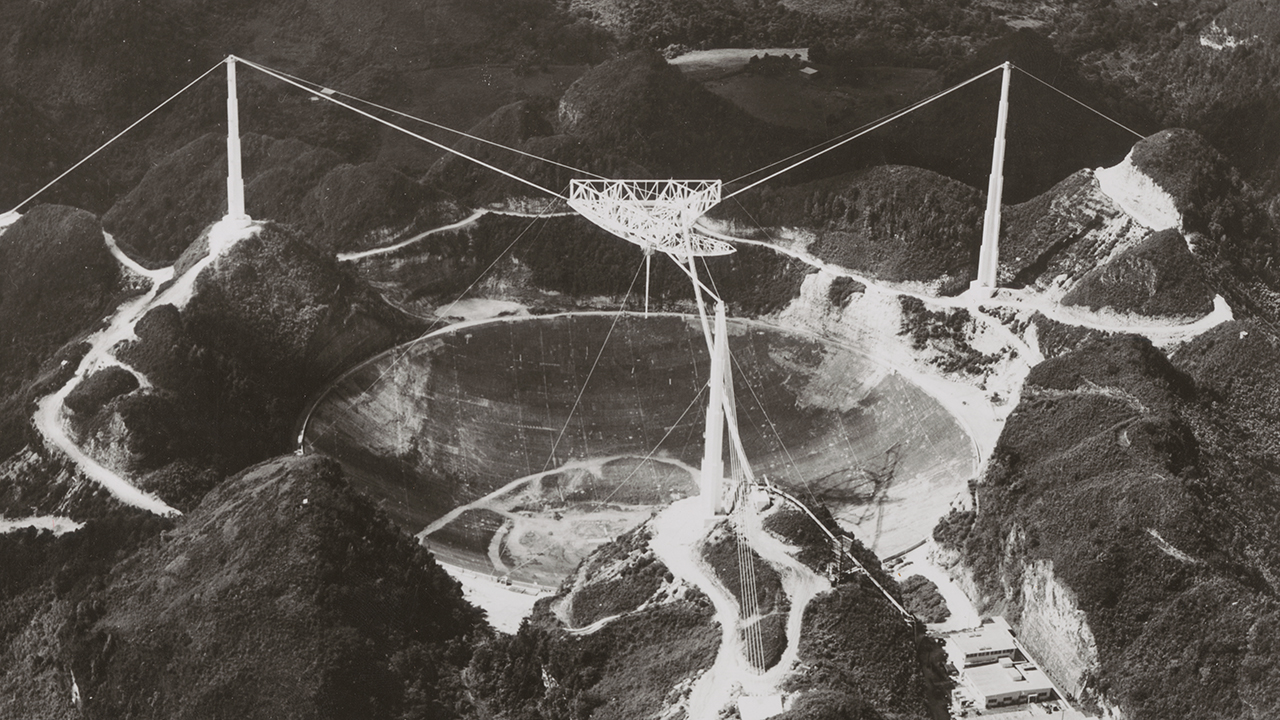
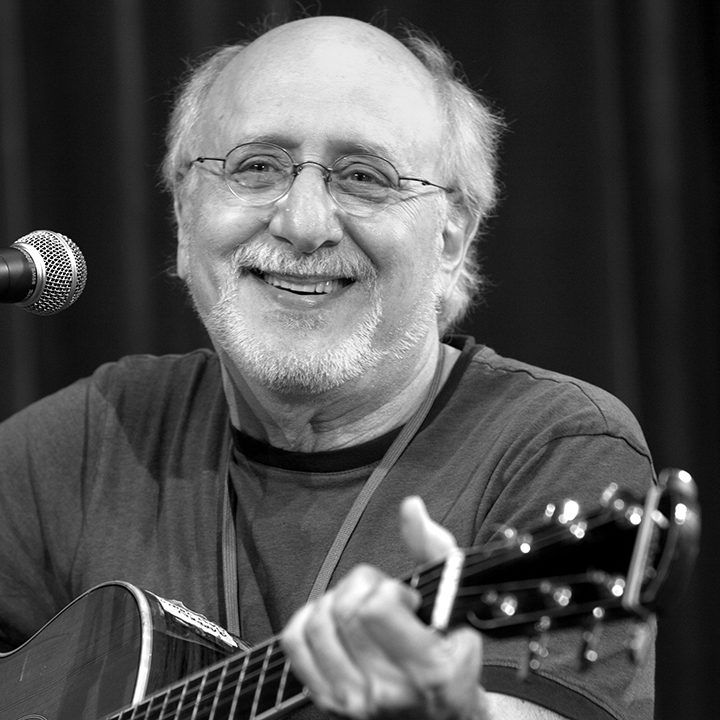
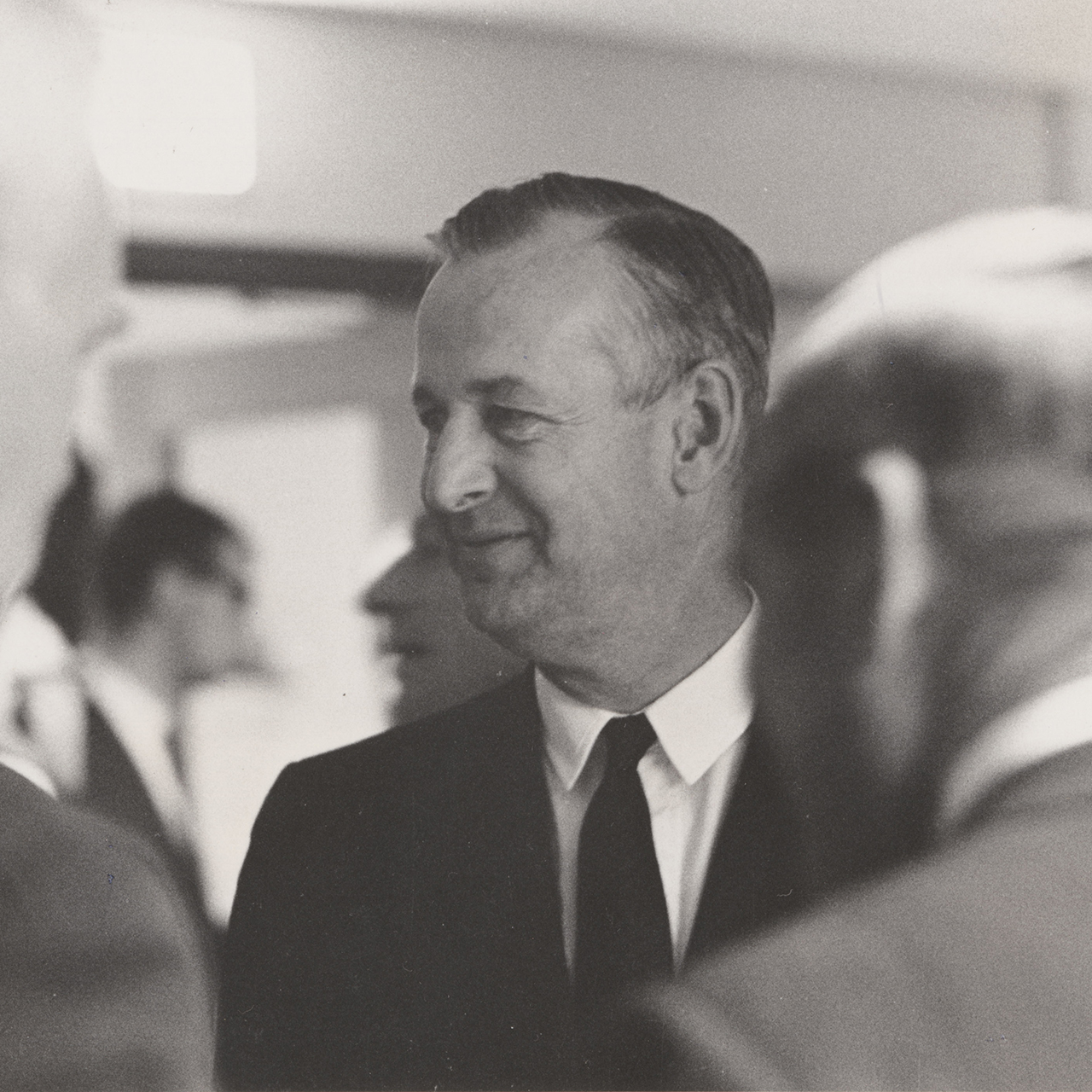
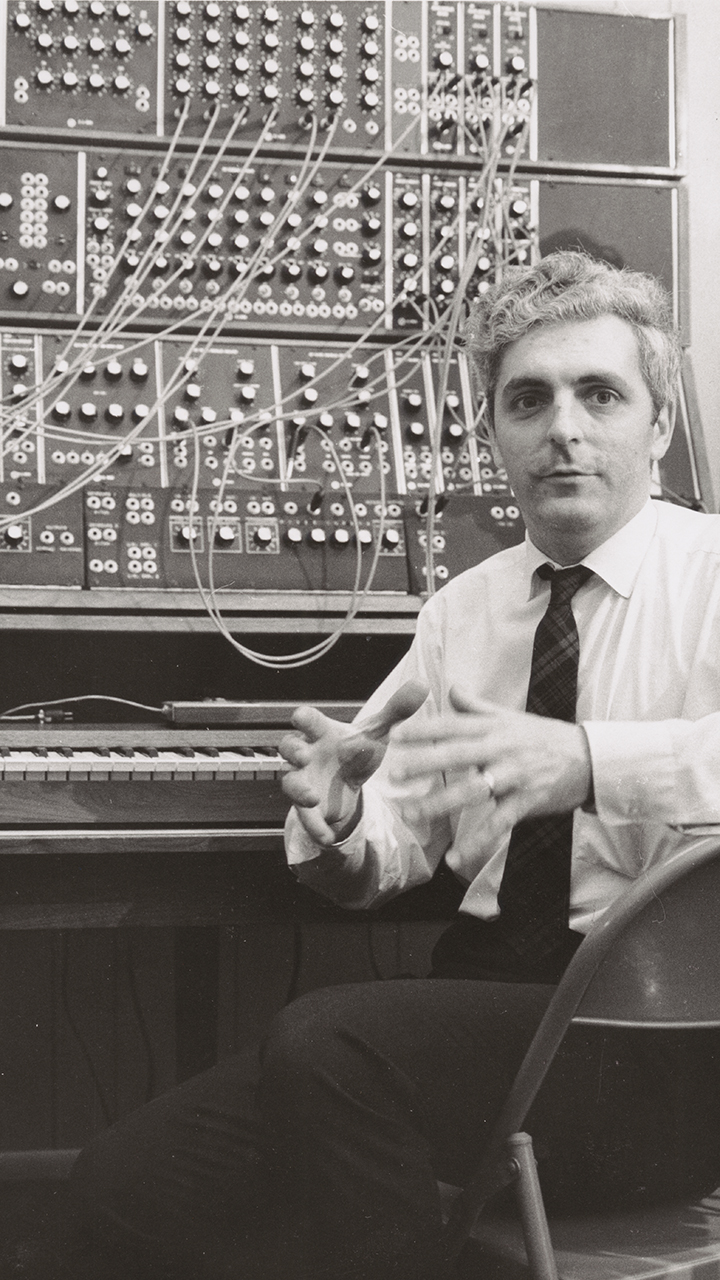
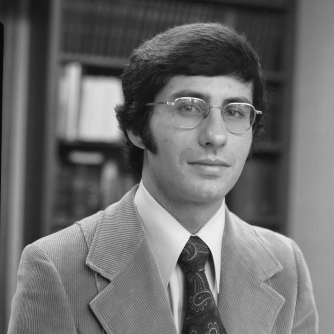
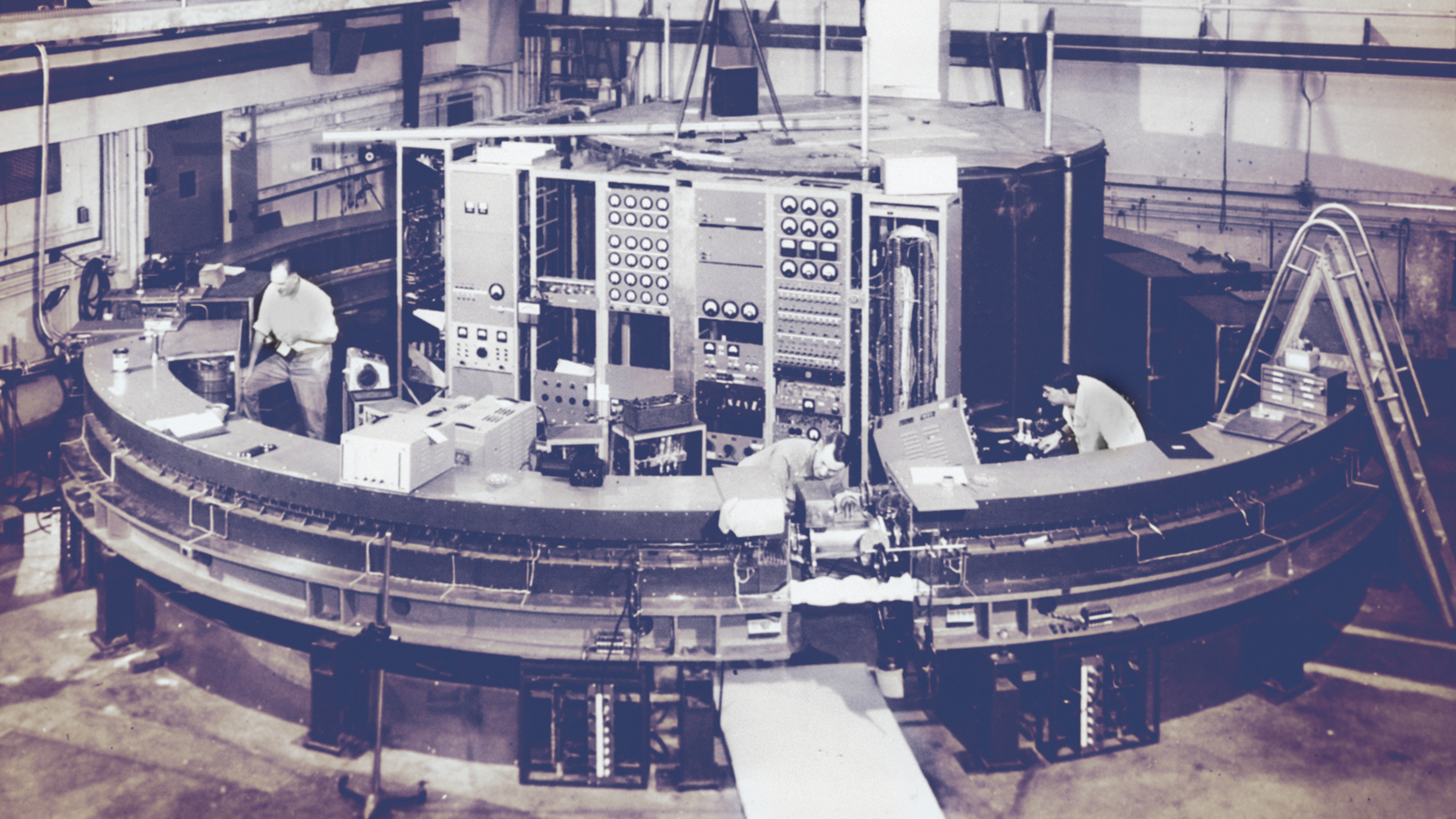
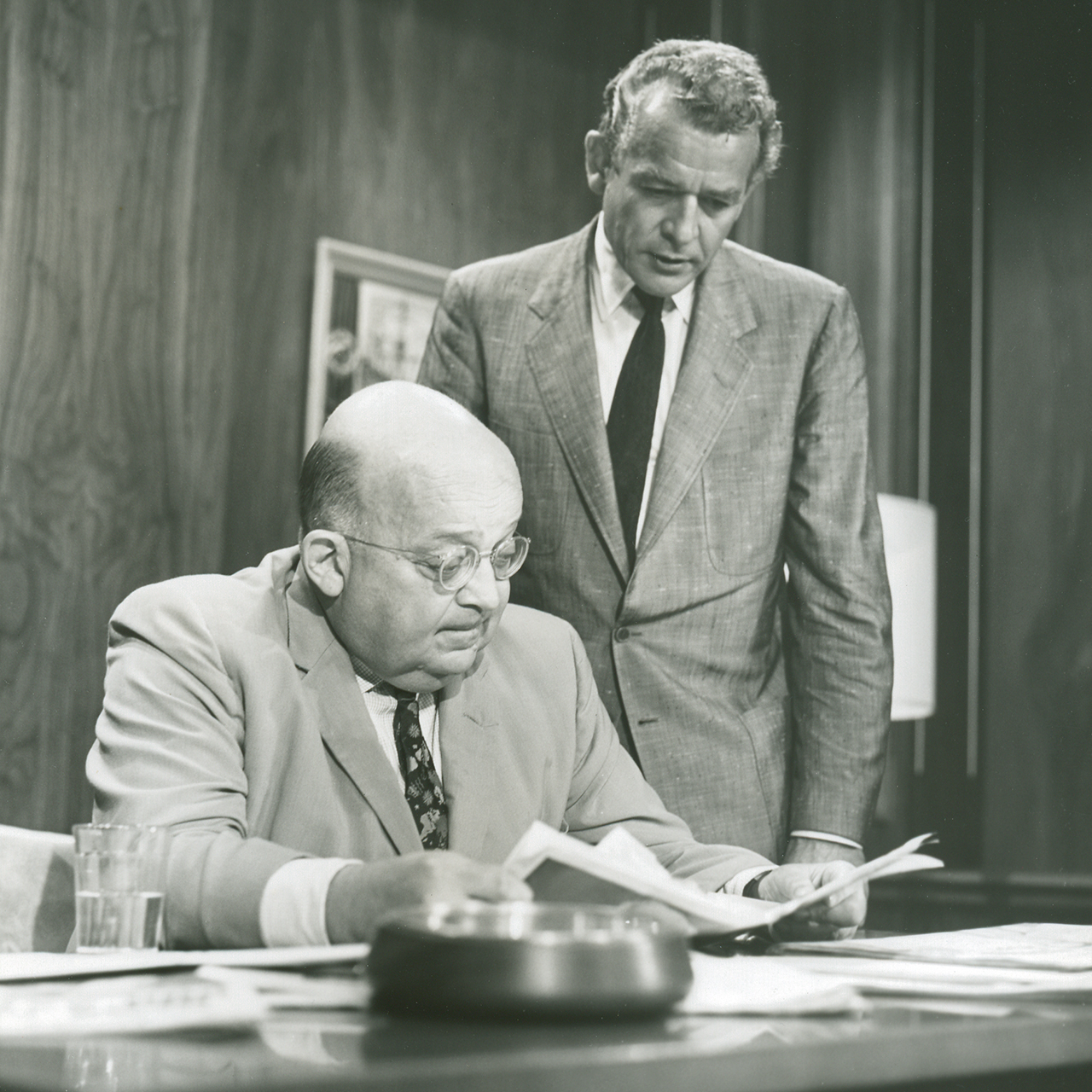
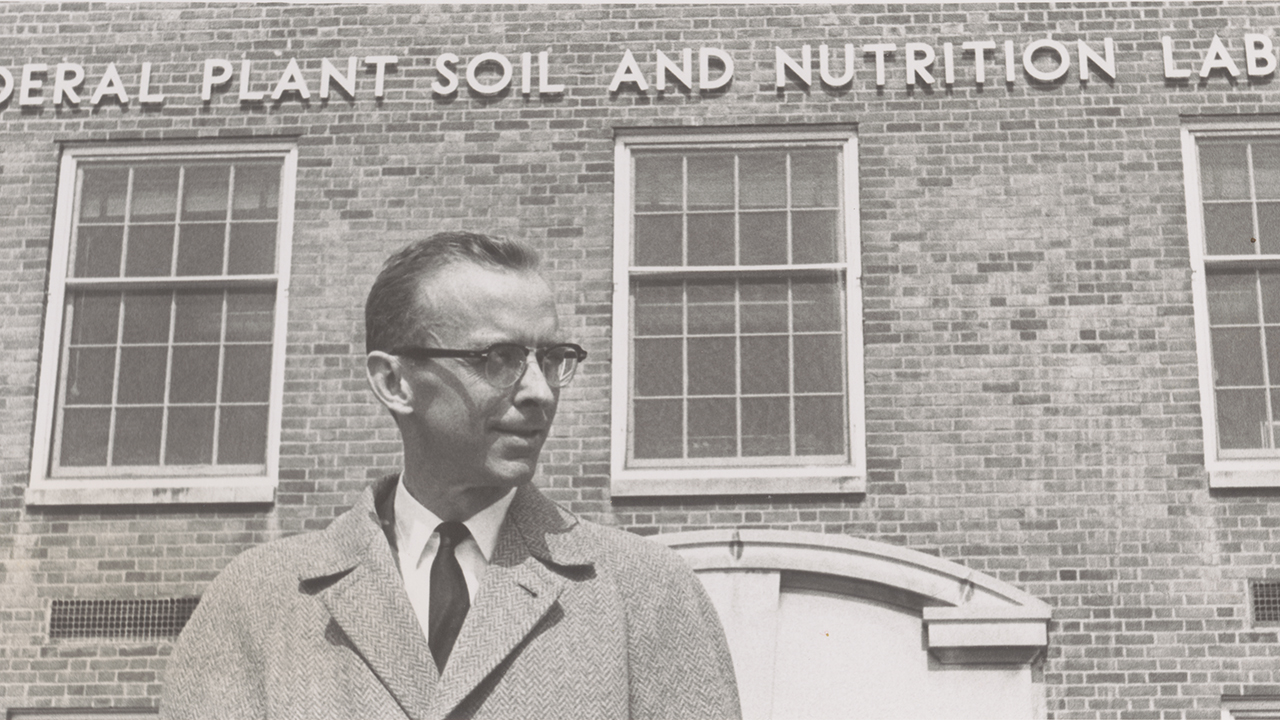
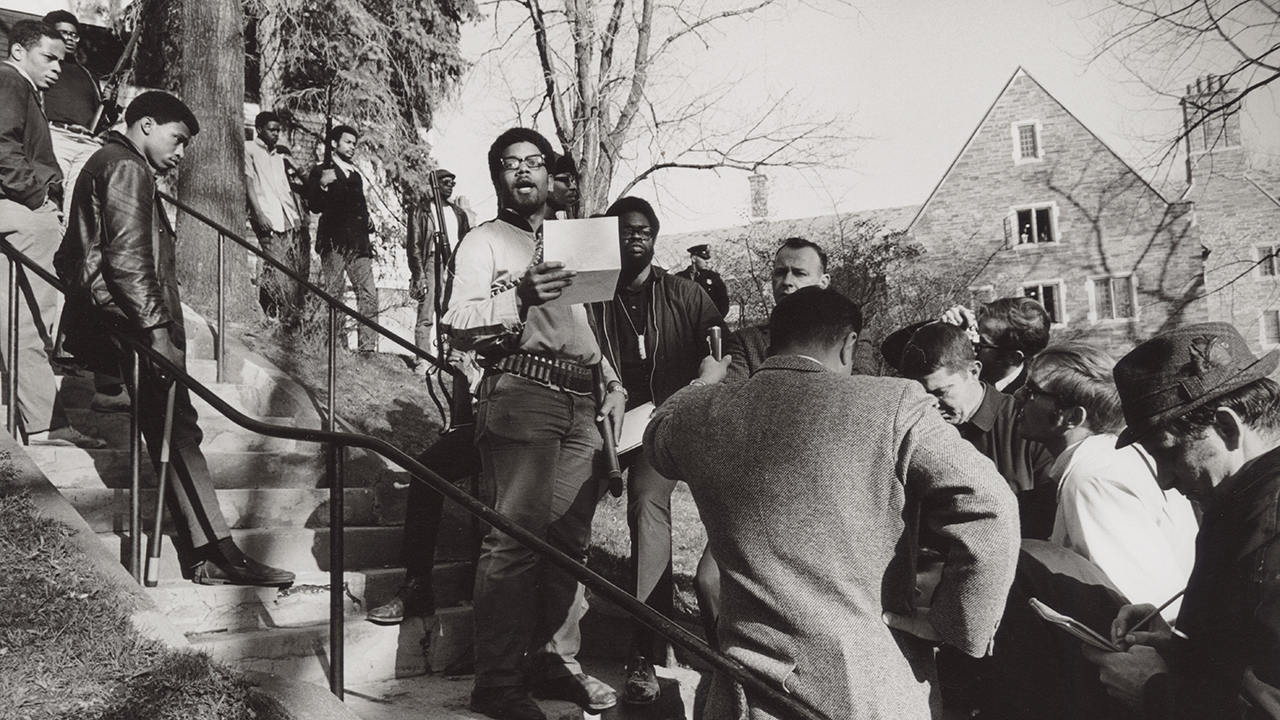
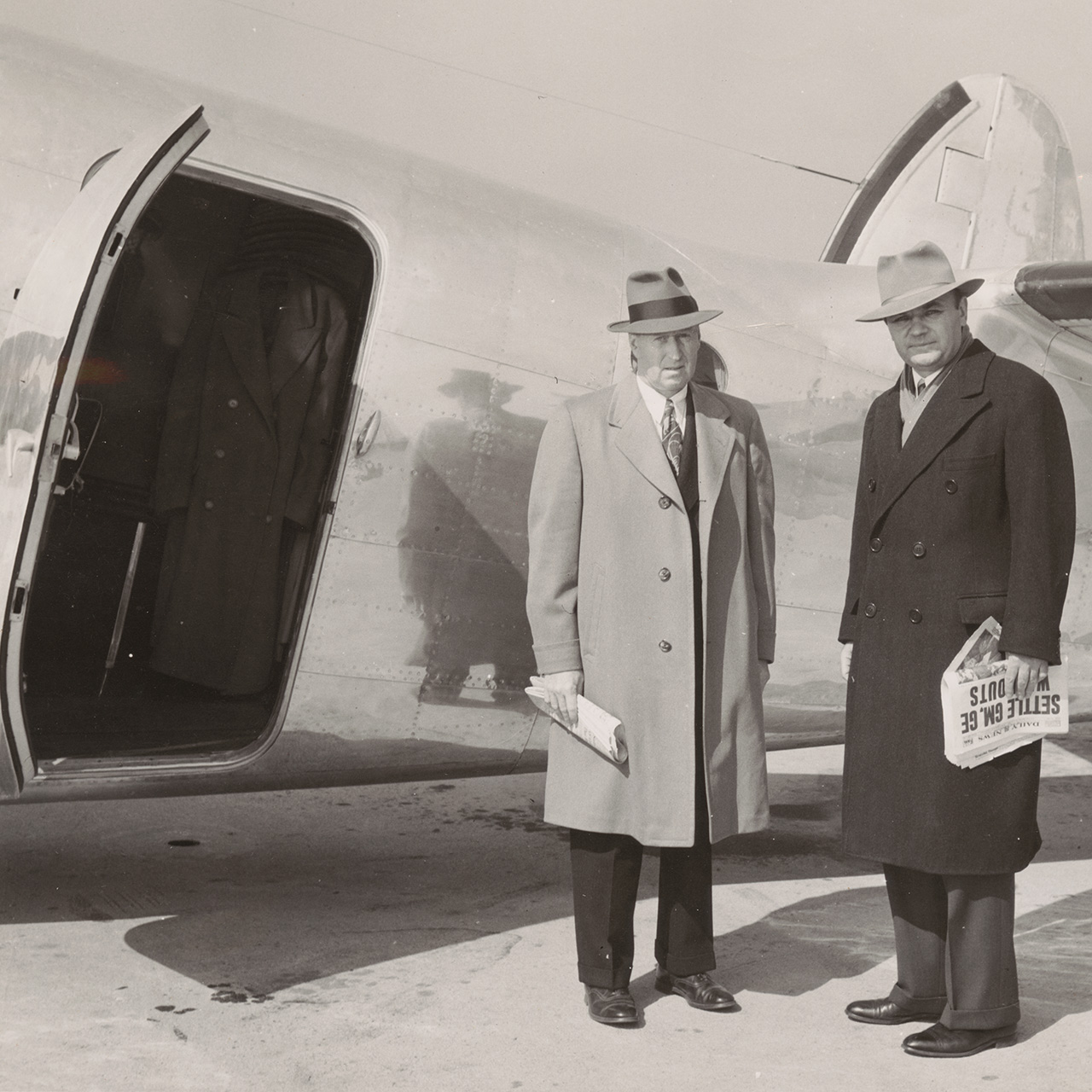
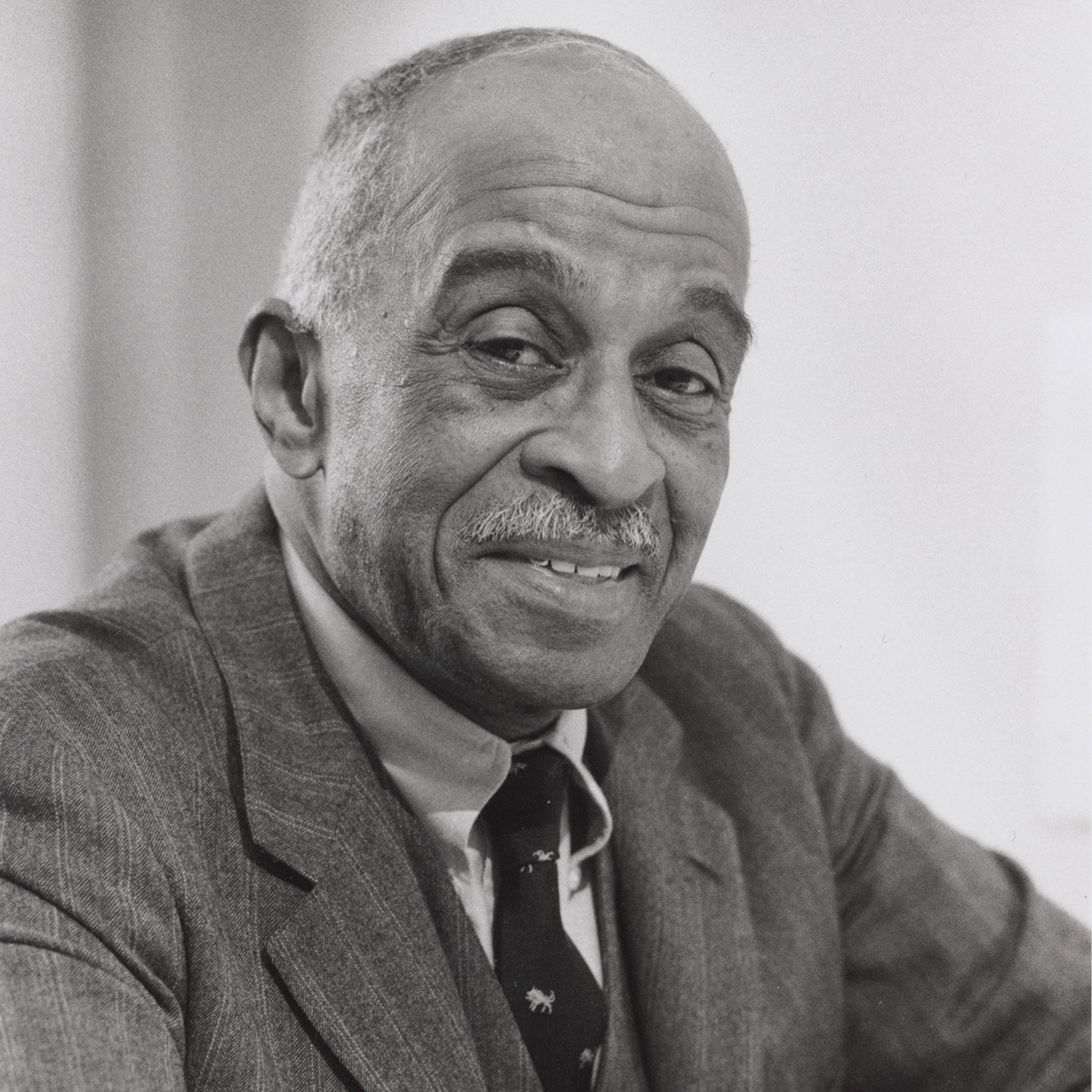
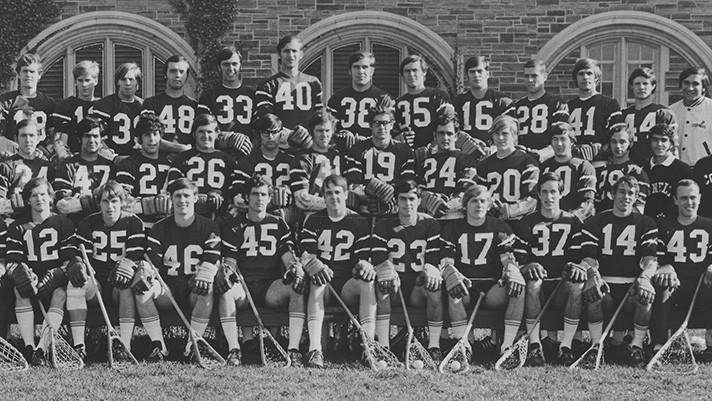
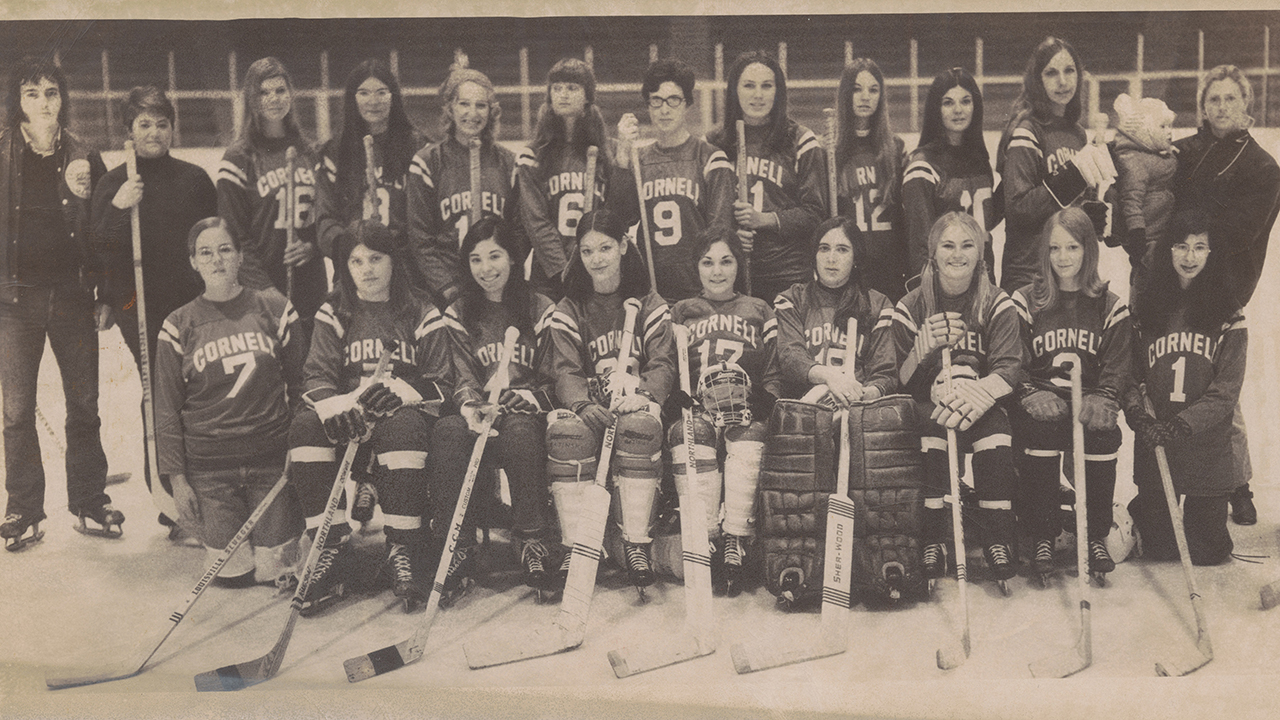
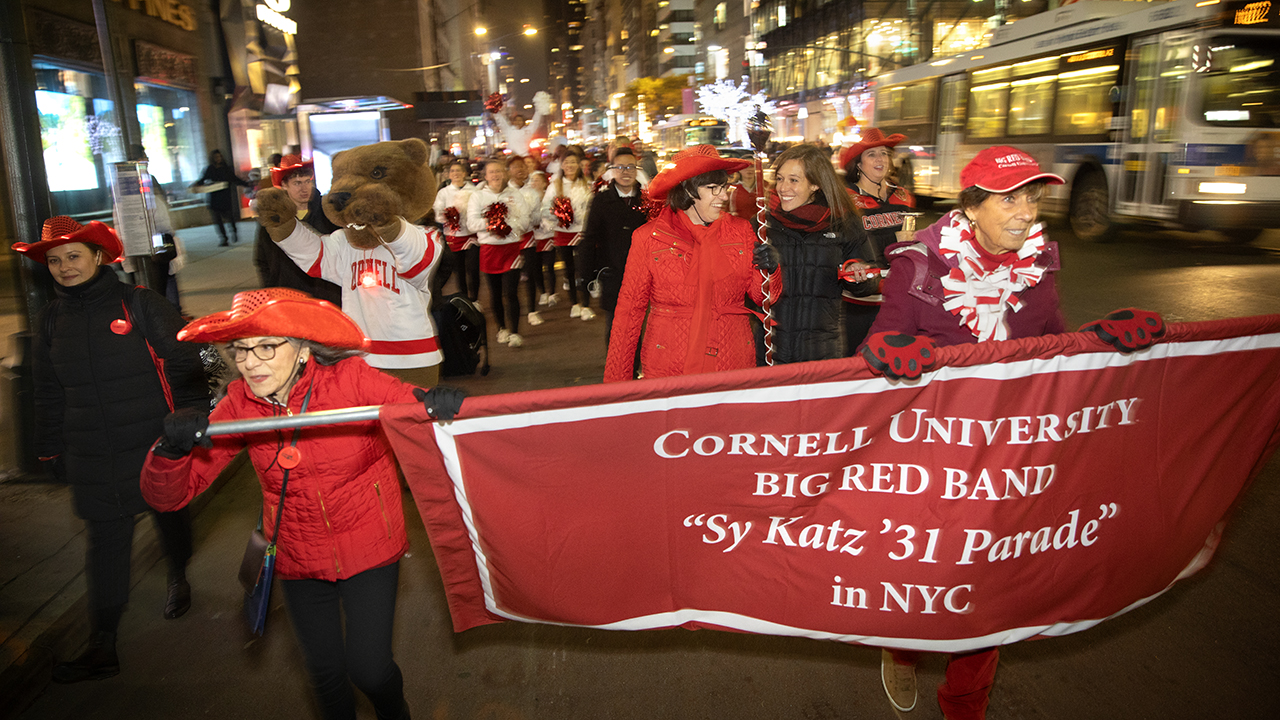
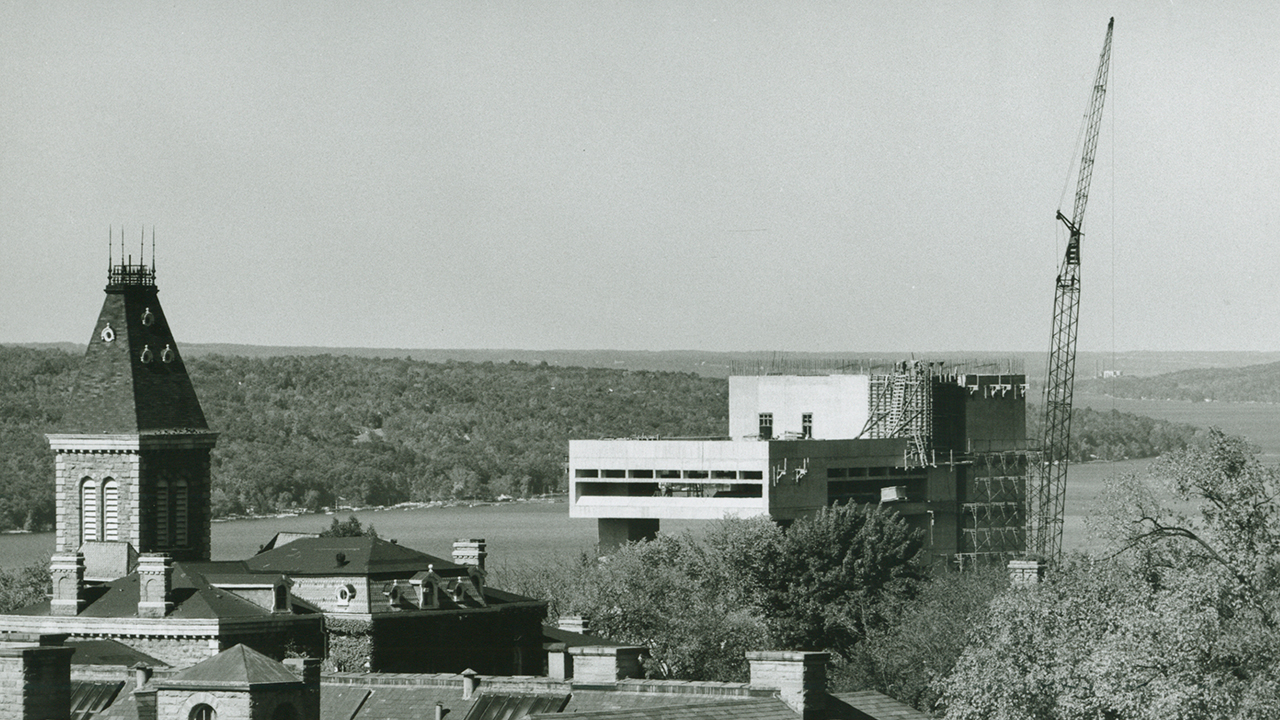
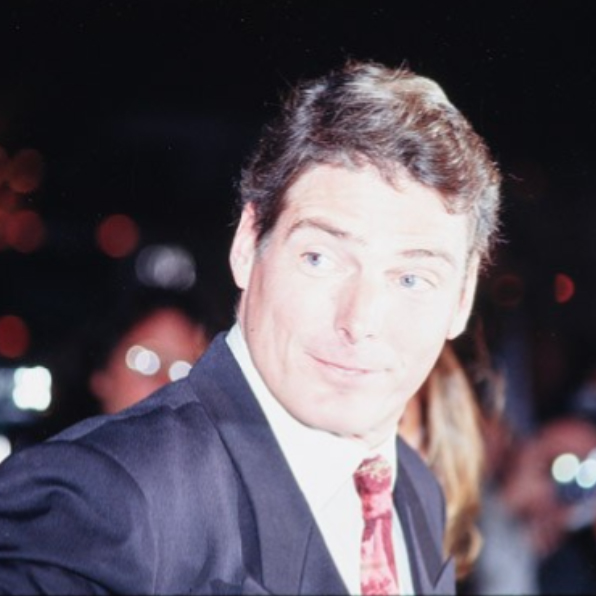
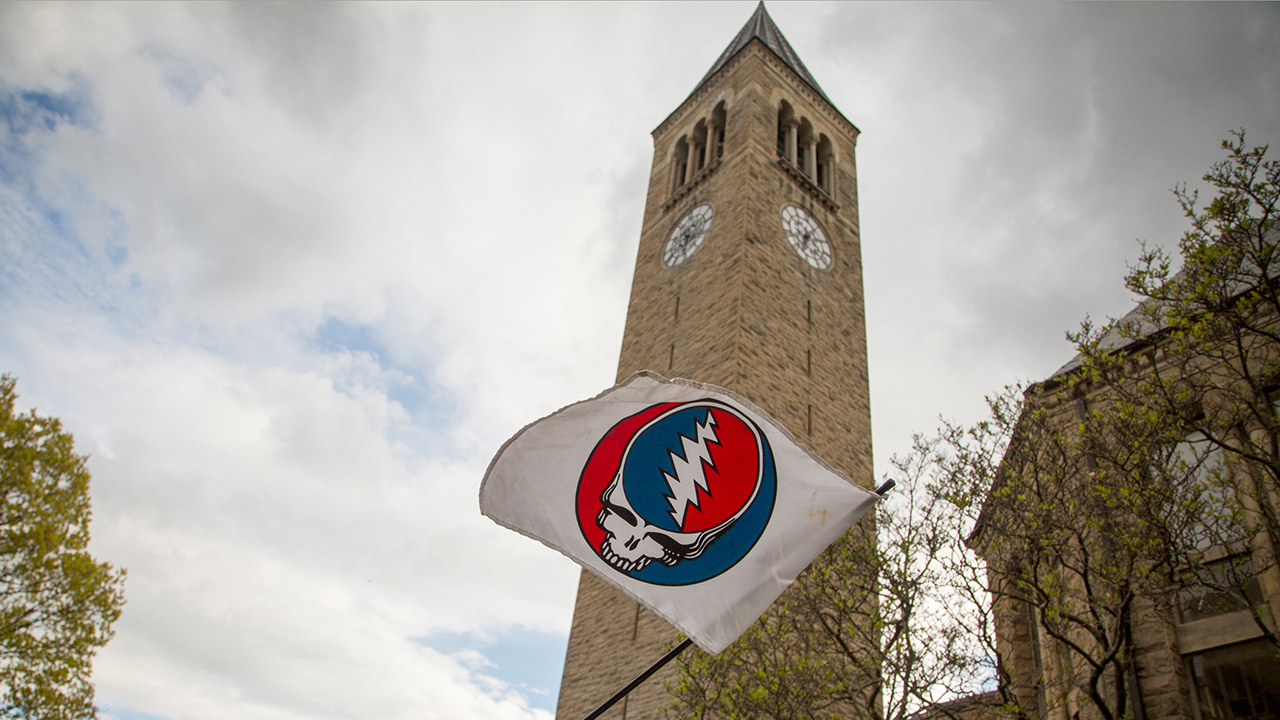
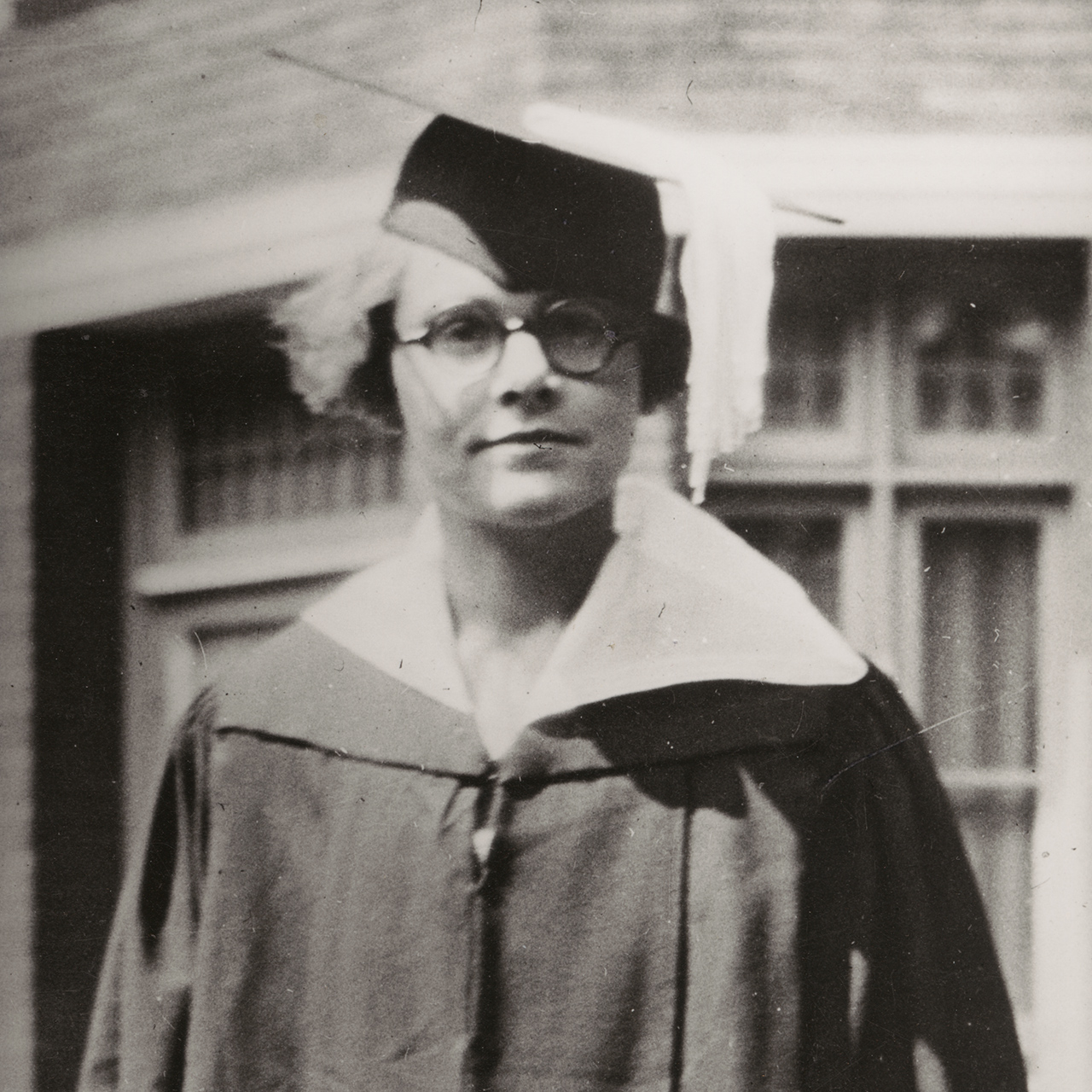
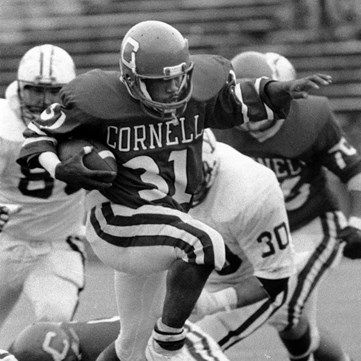
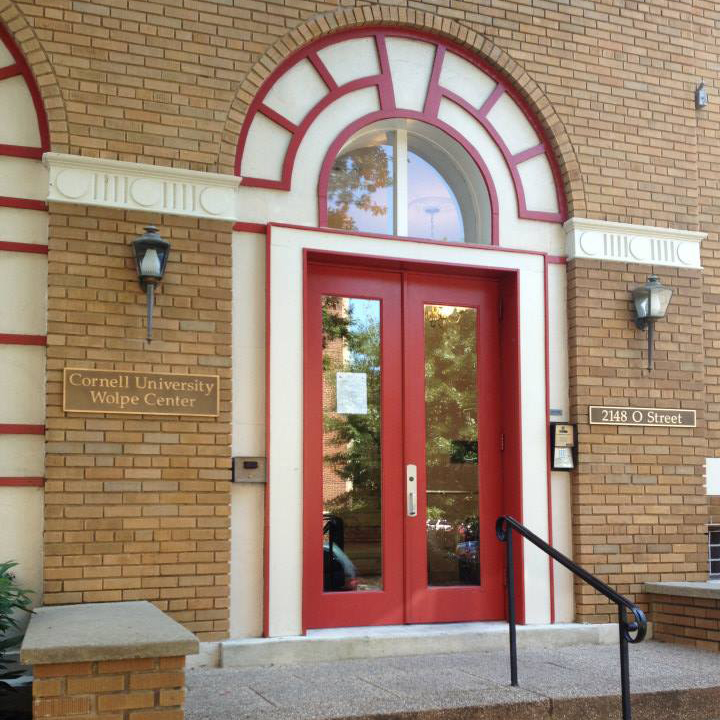
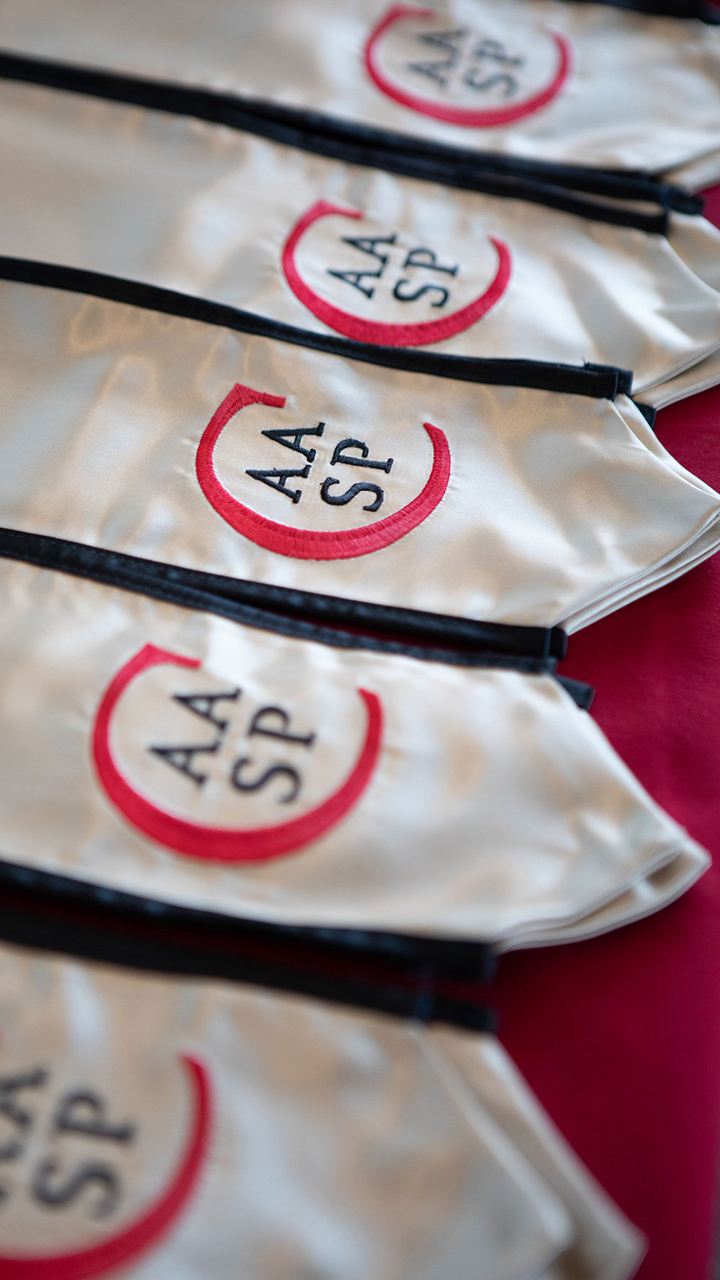
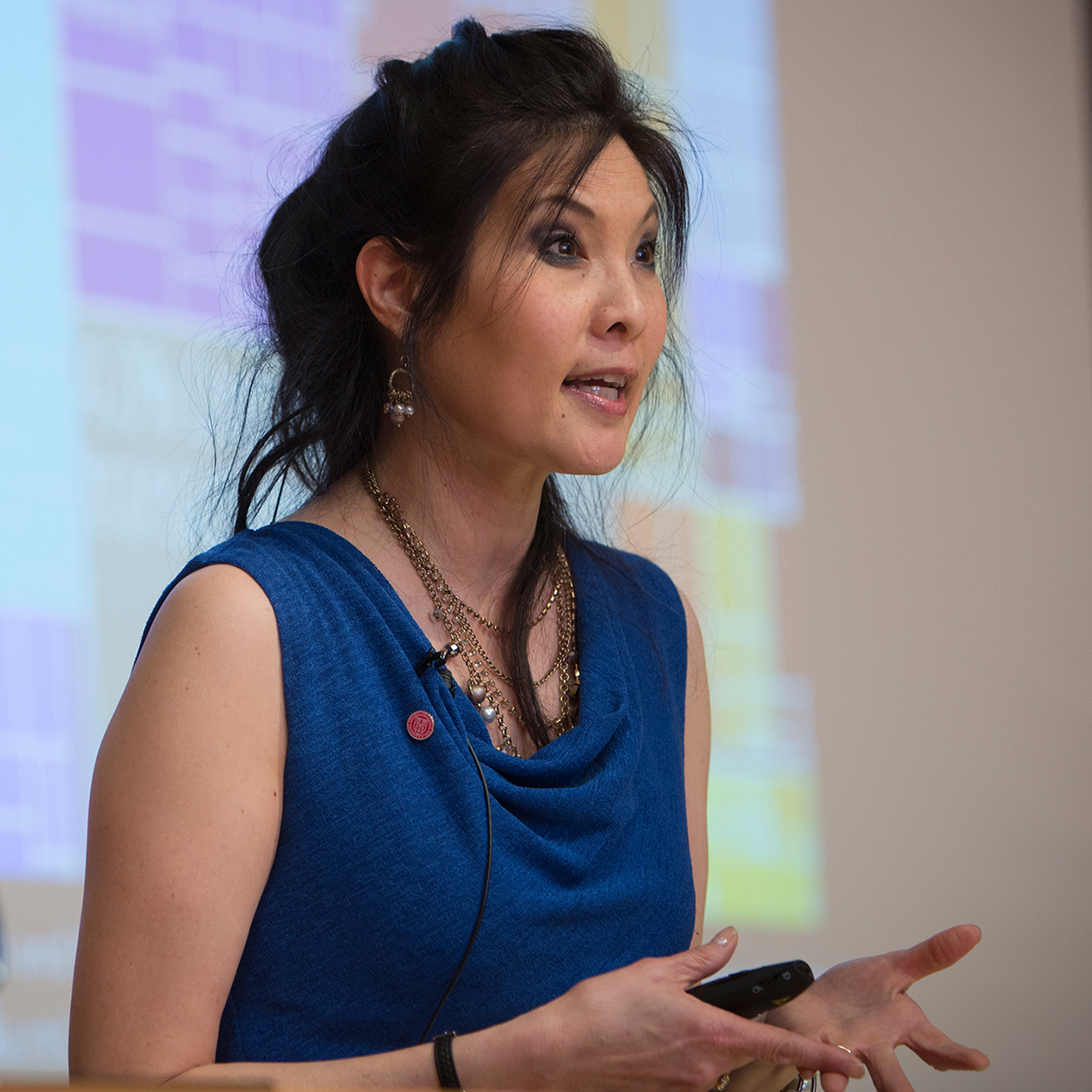
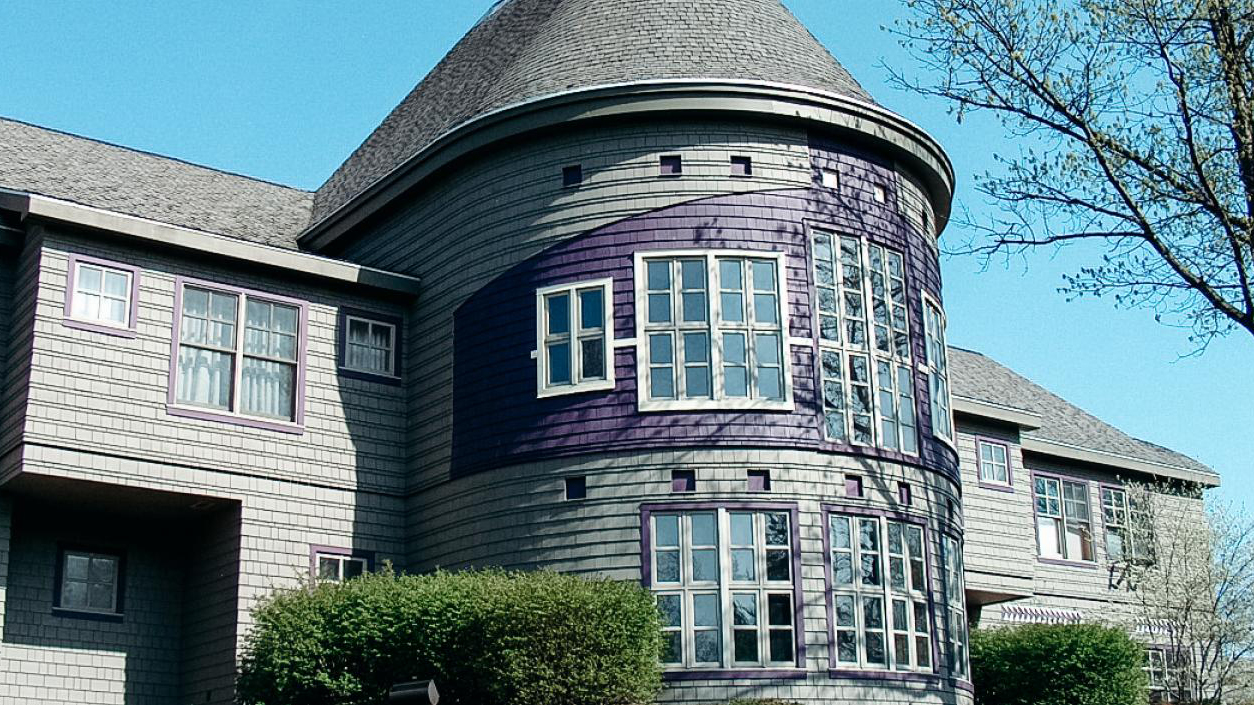
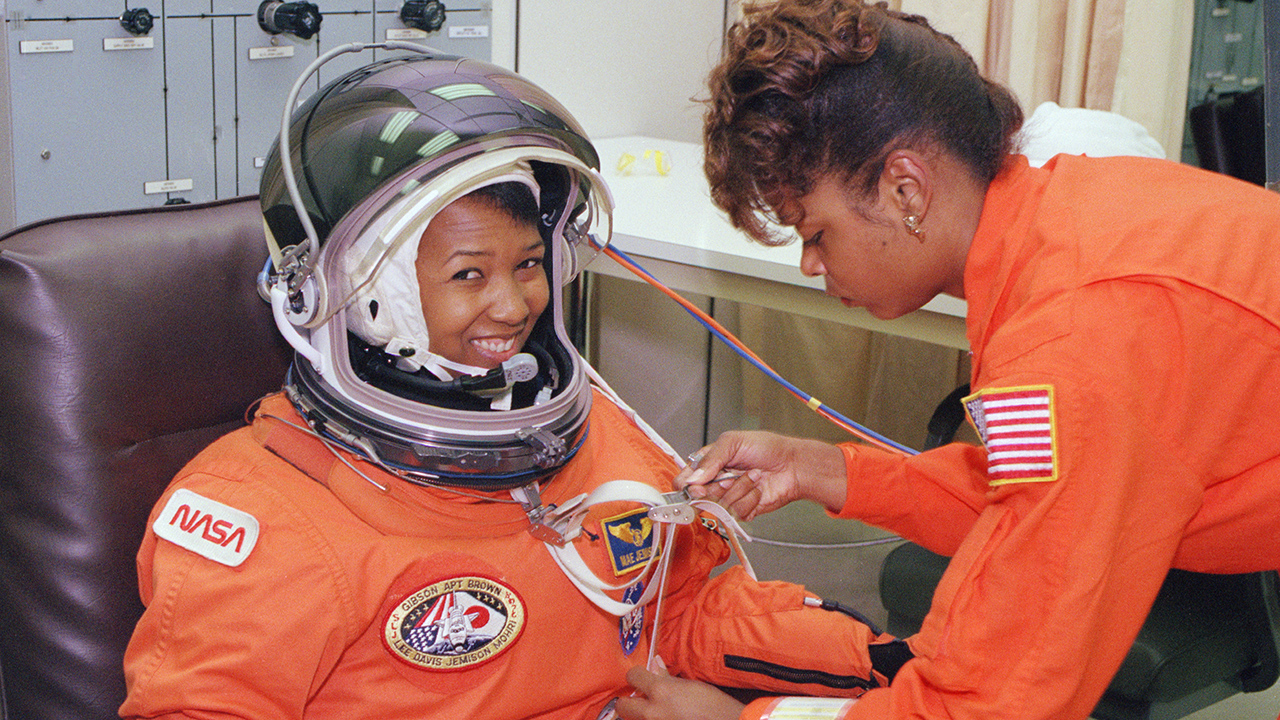
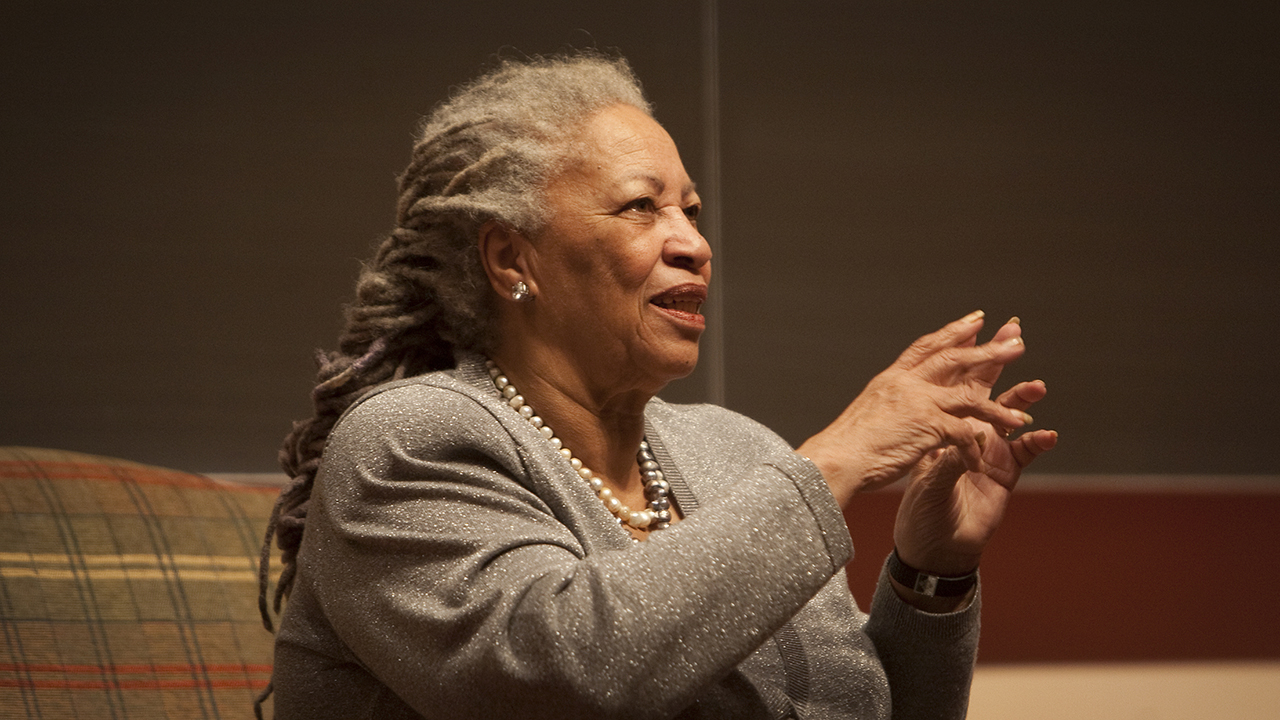
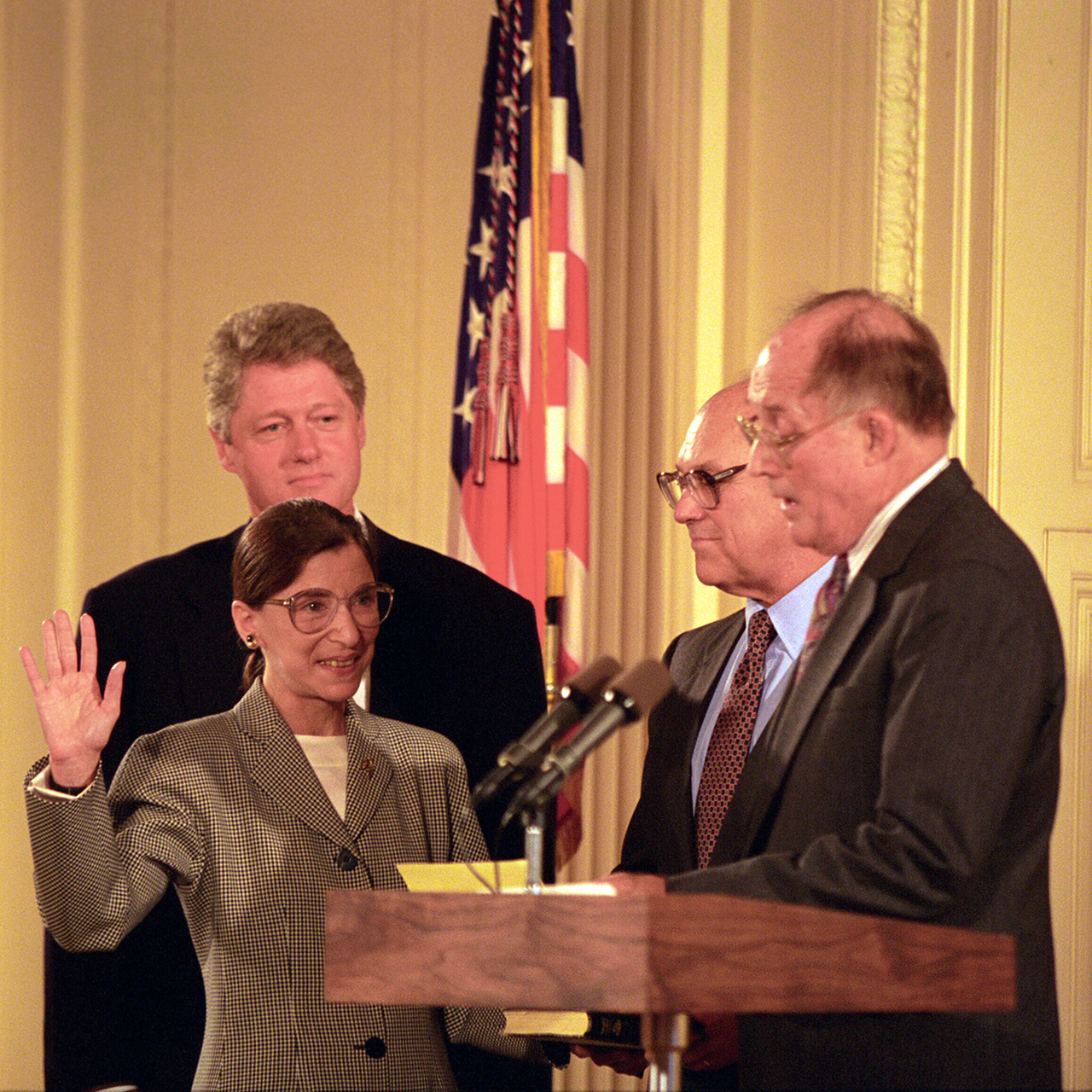
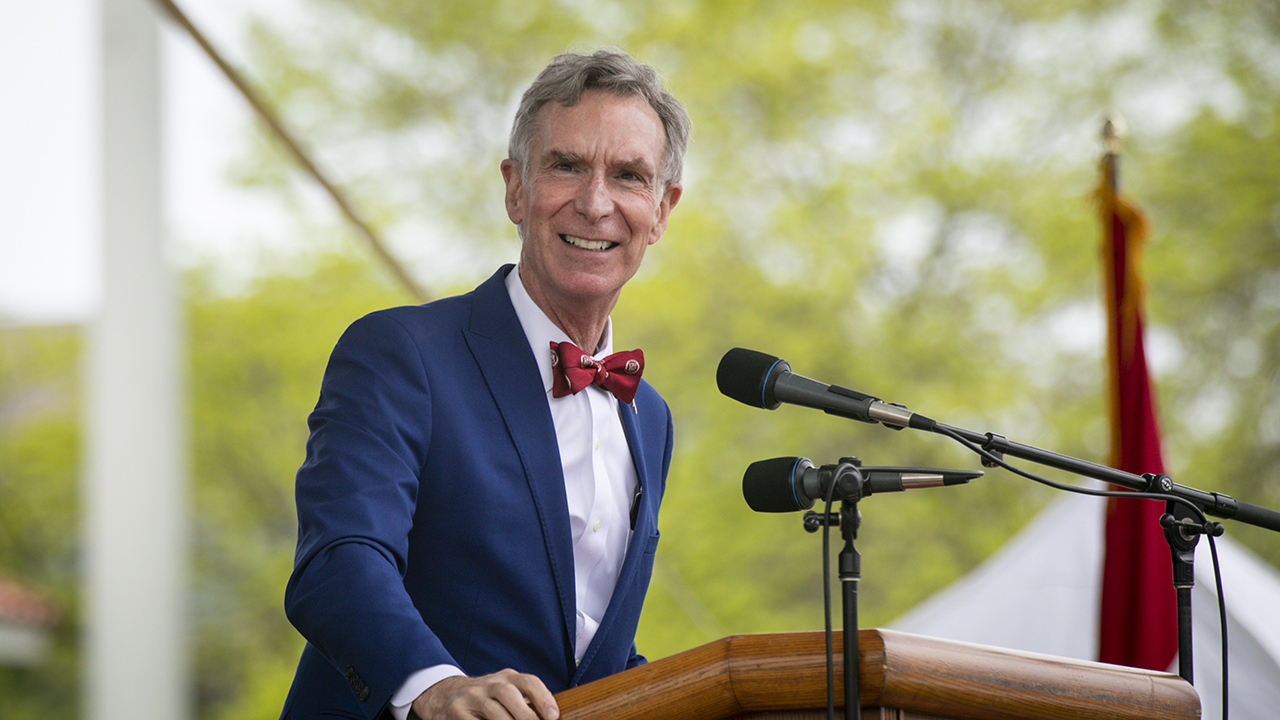
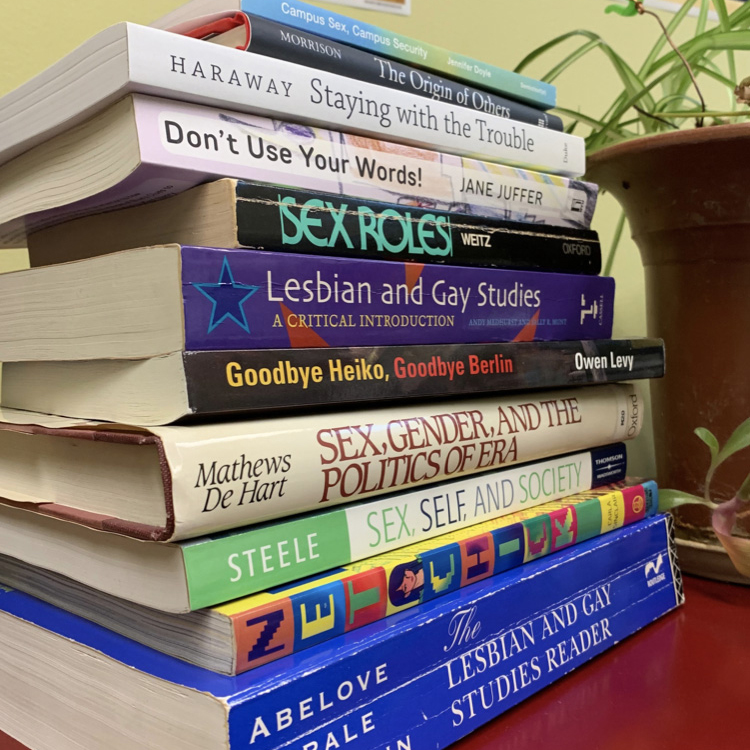
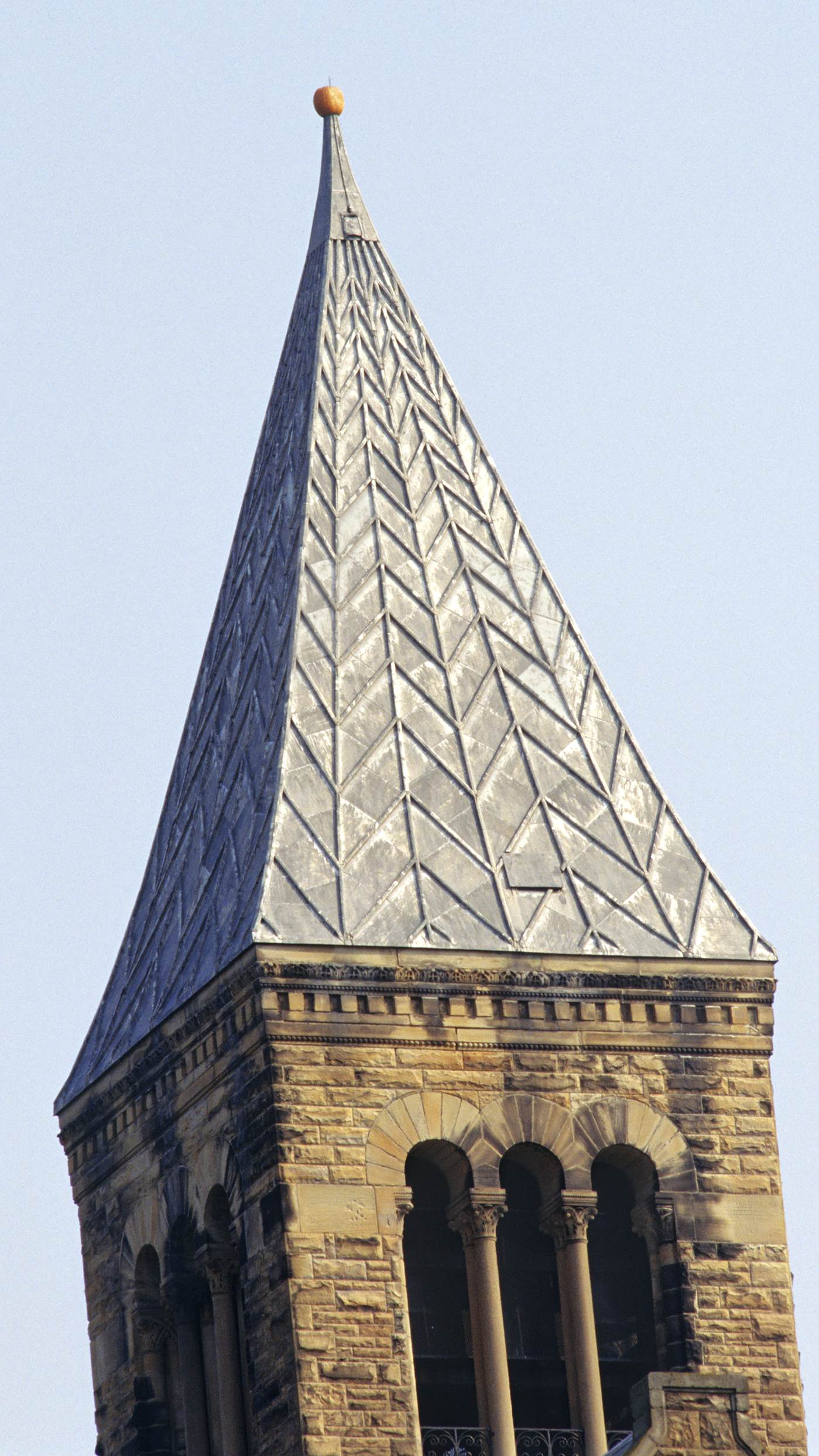
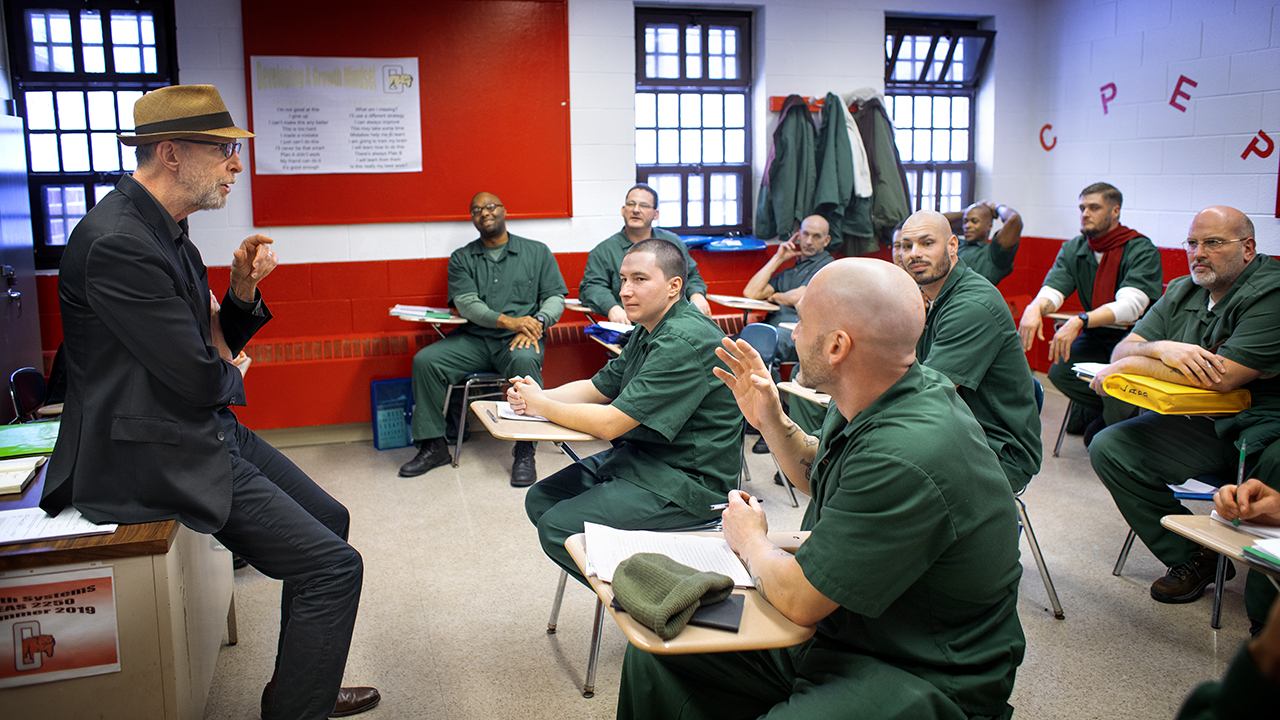
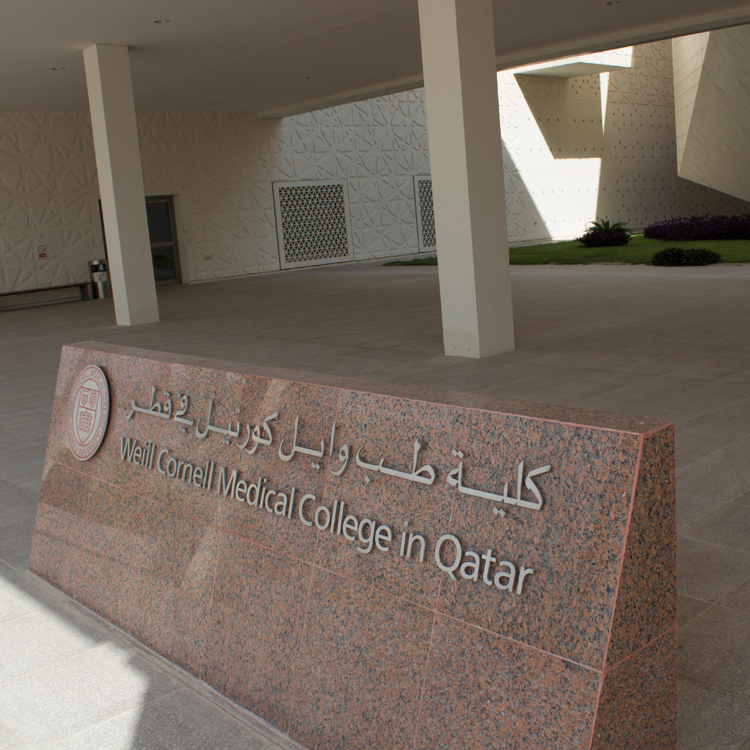
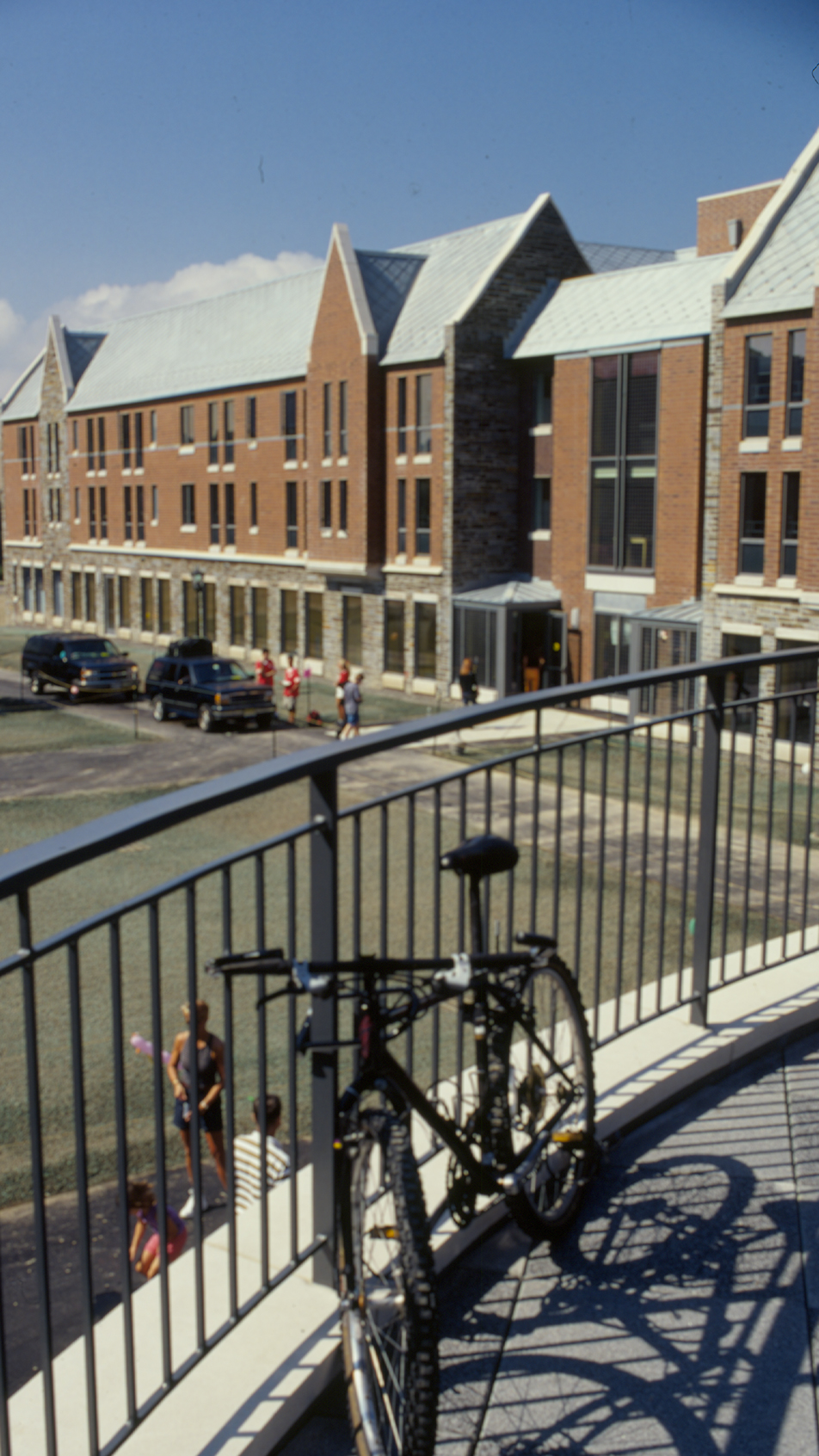
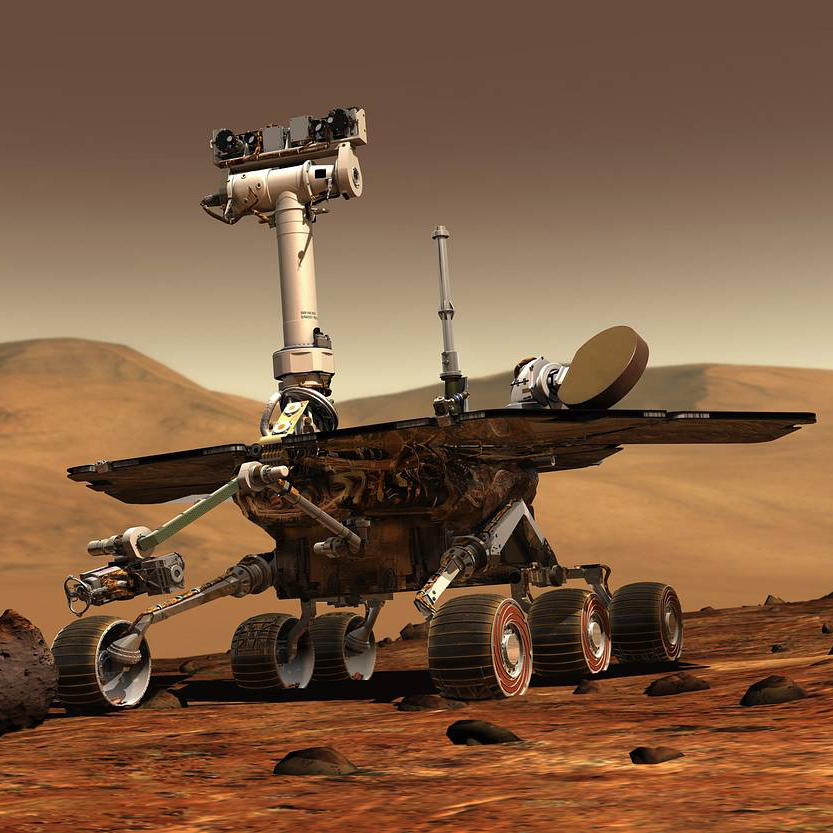
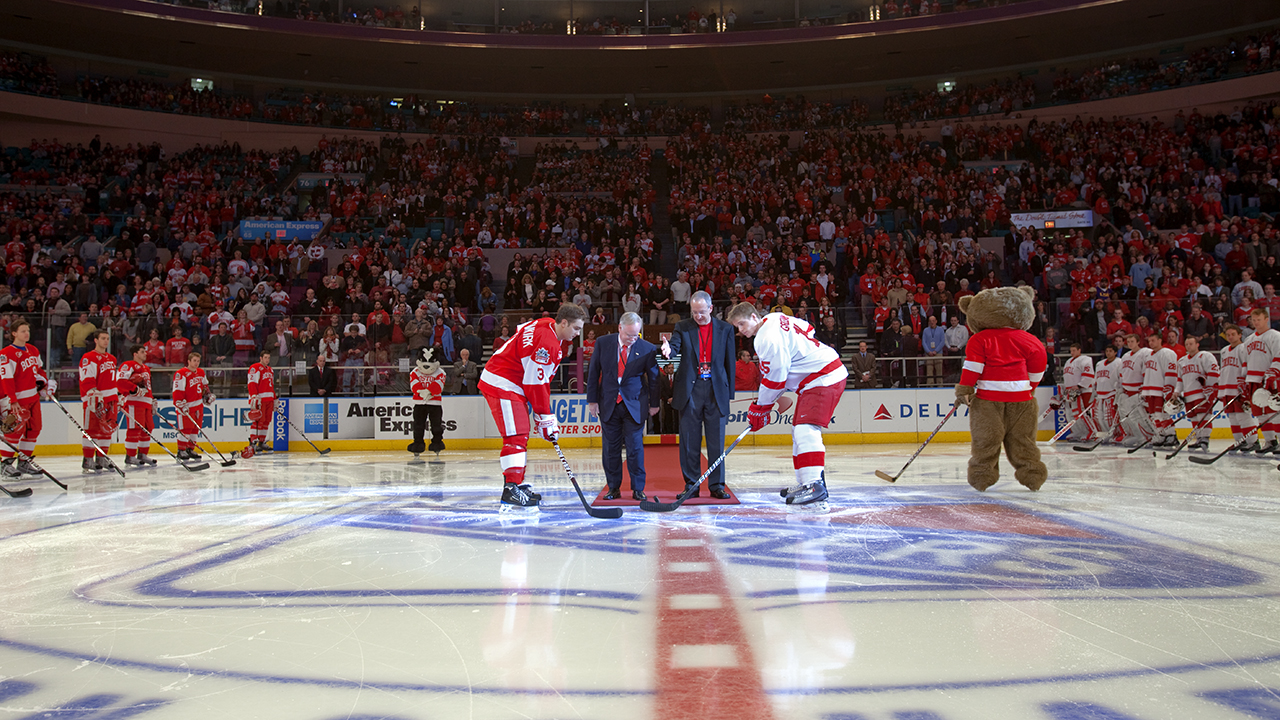
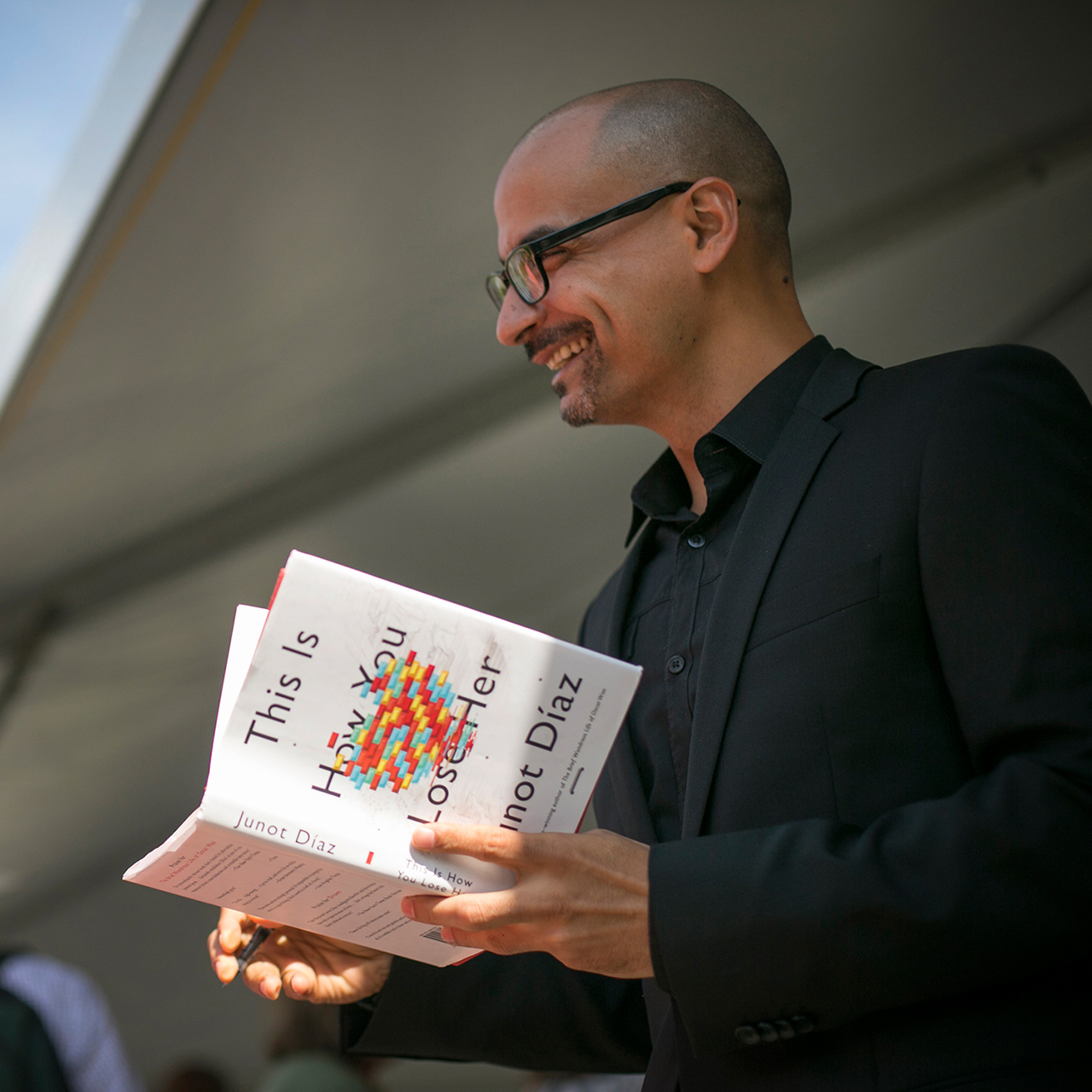
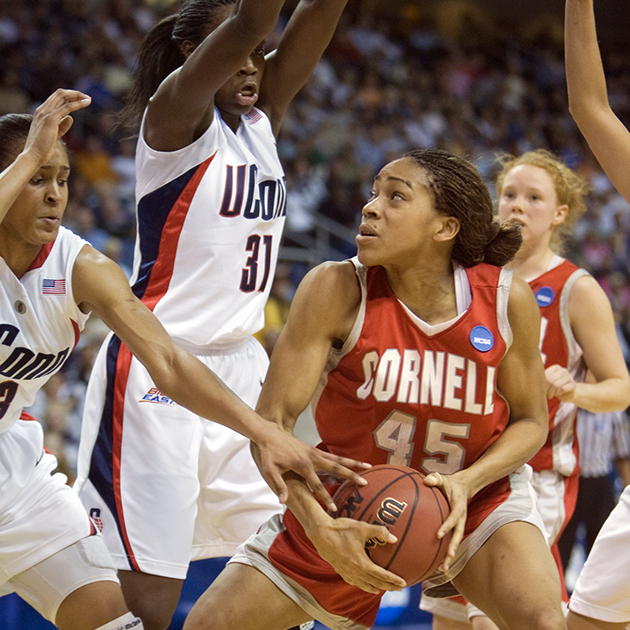
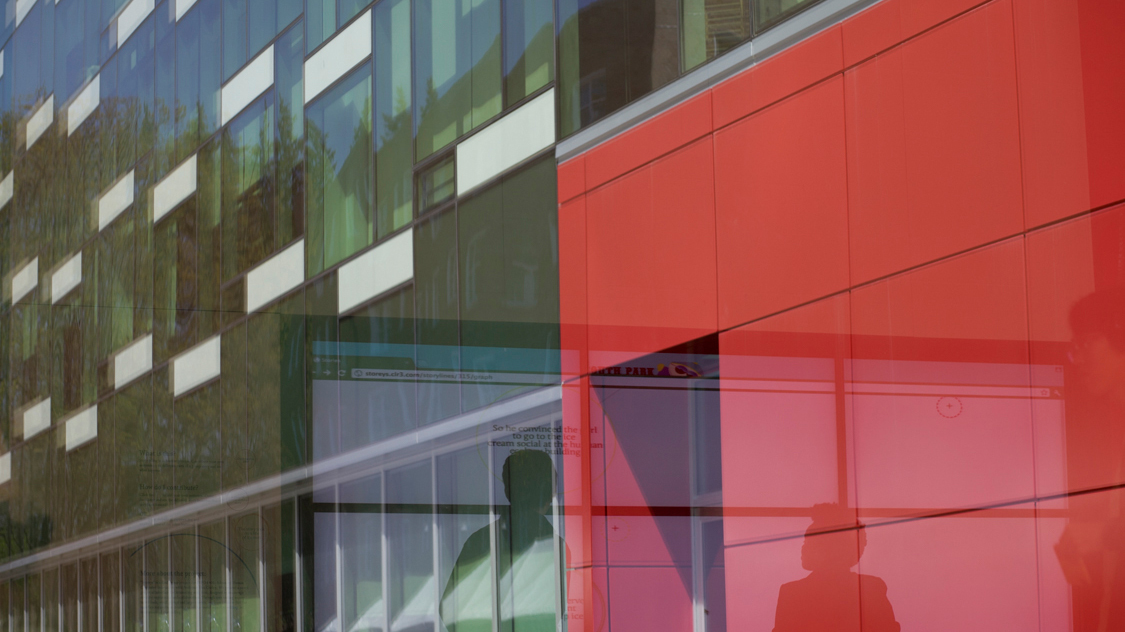
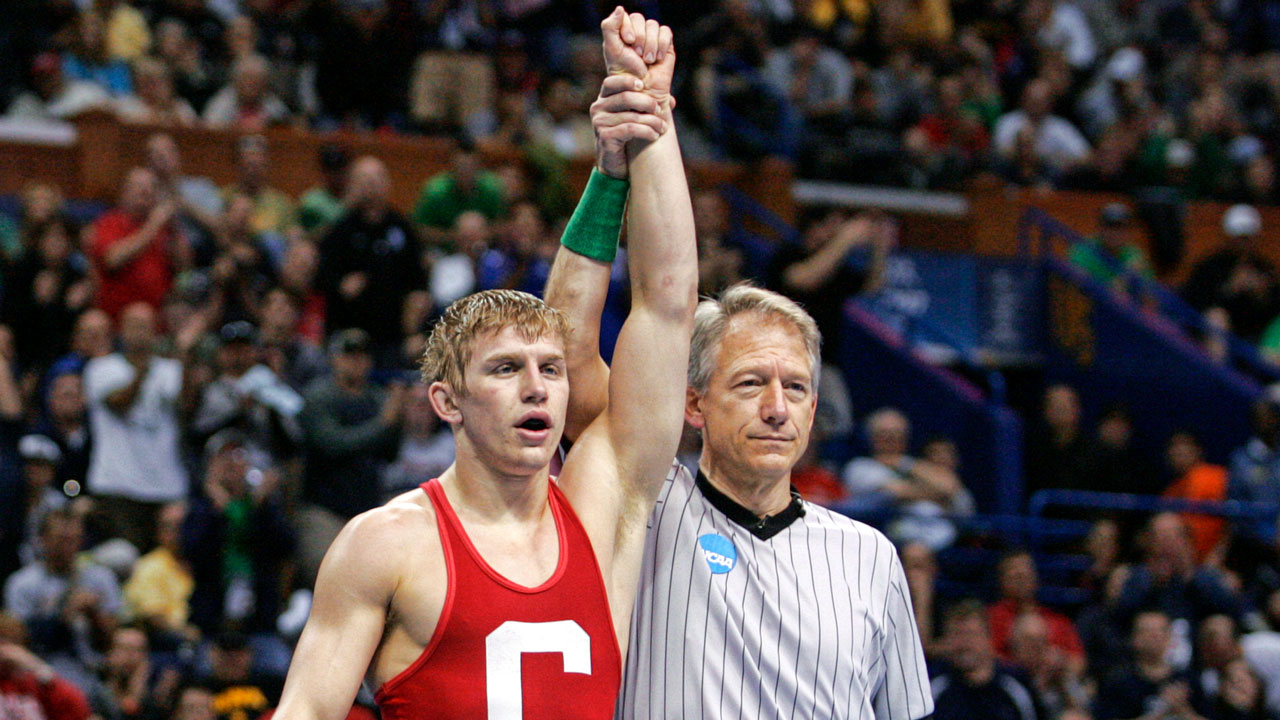
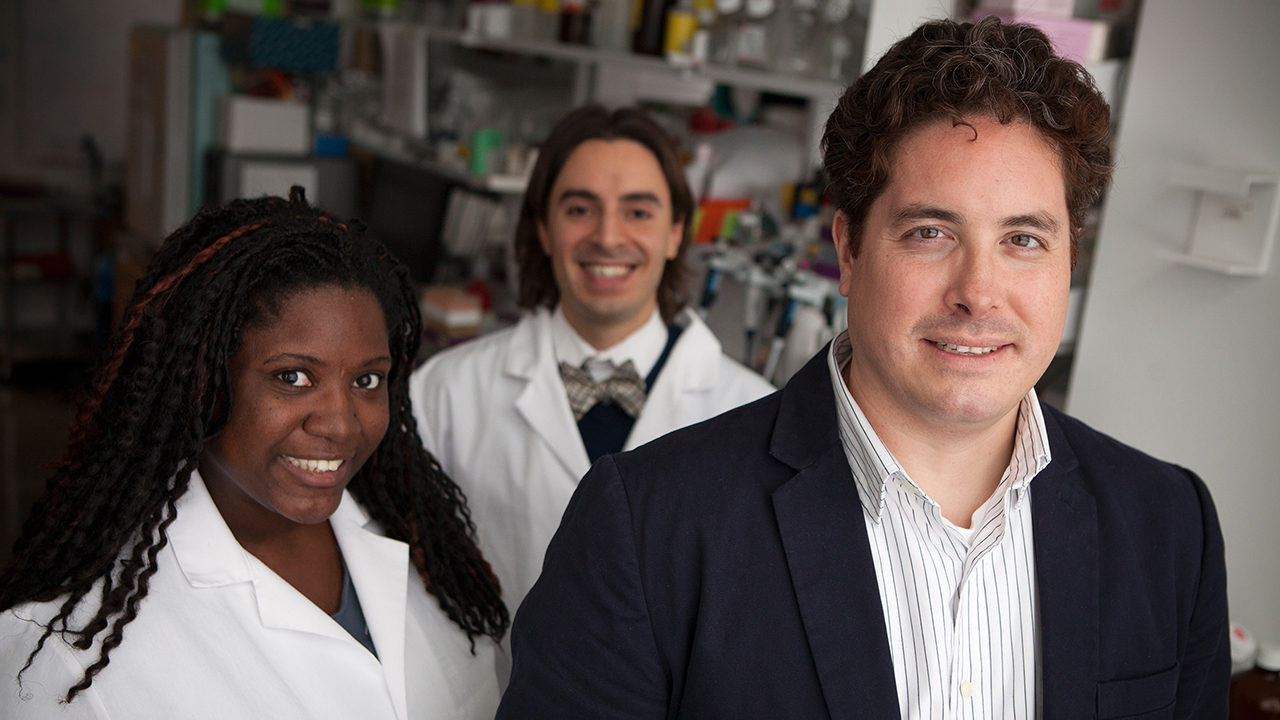
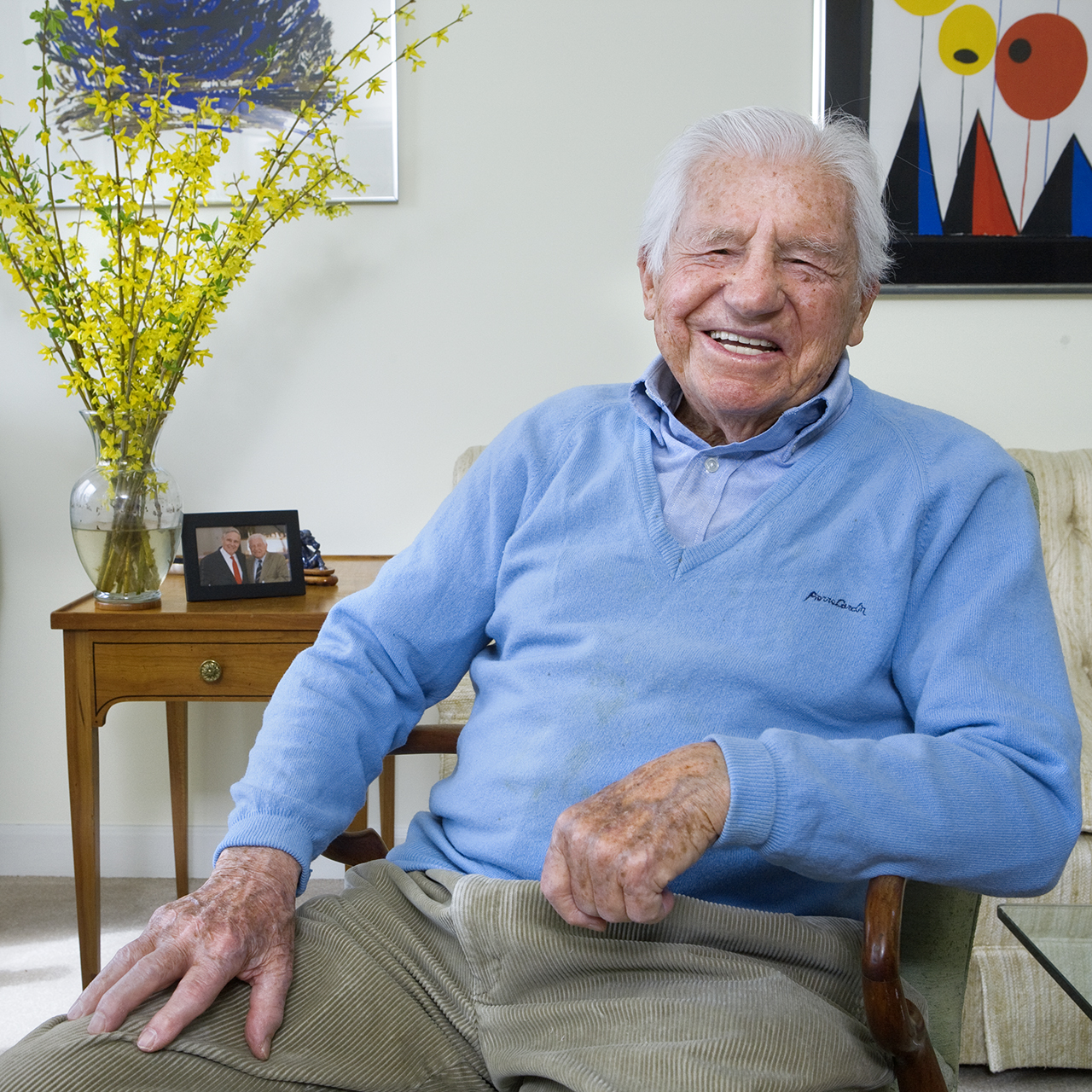
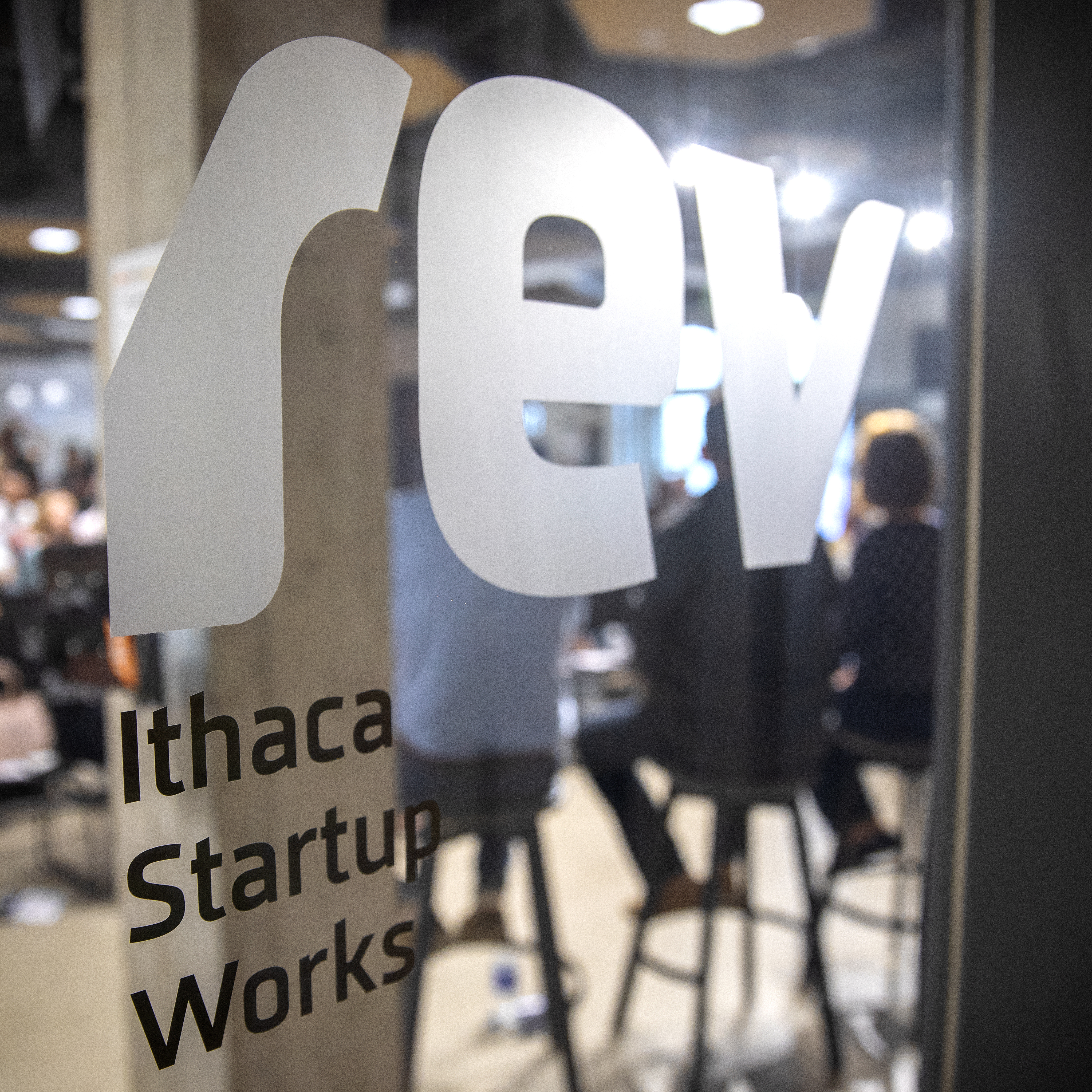
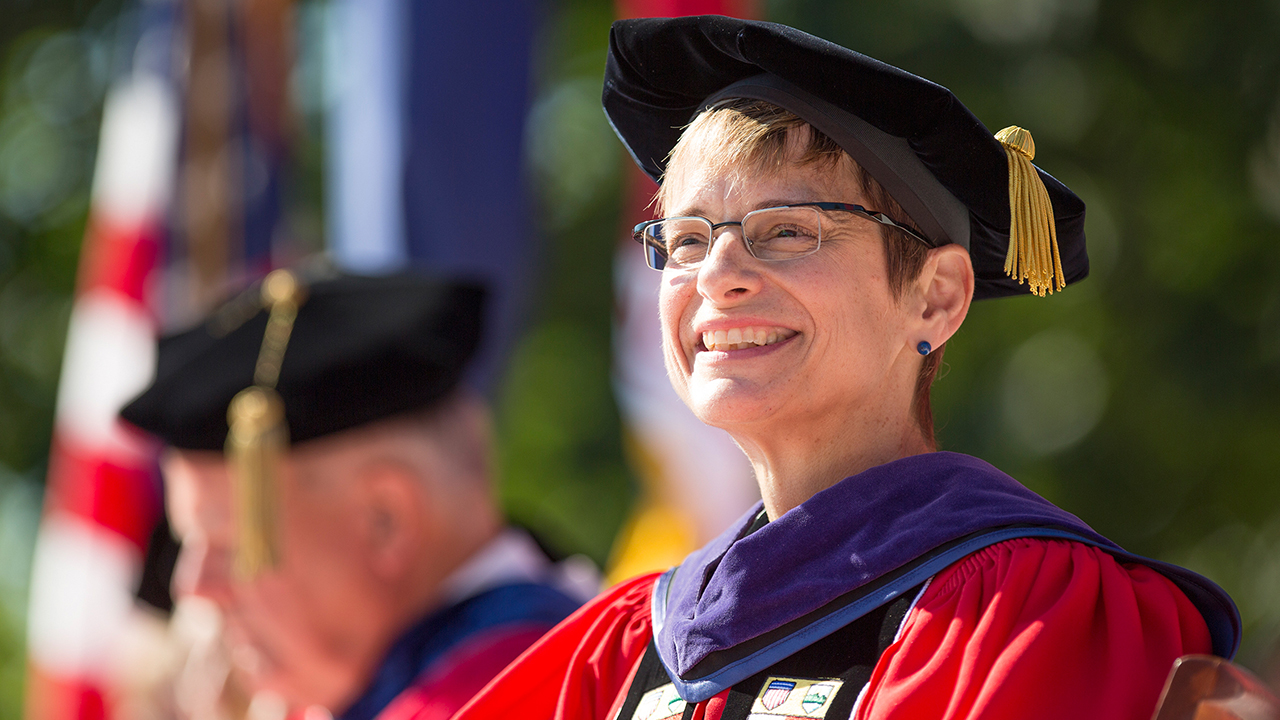
-1x1.jpg)
